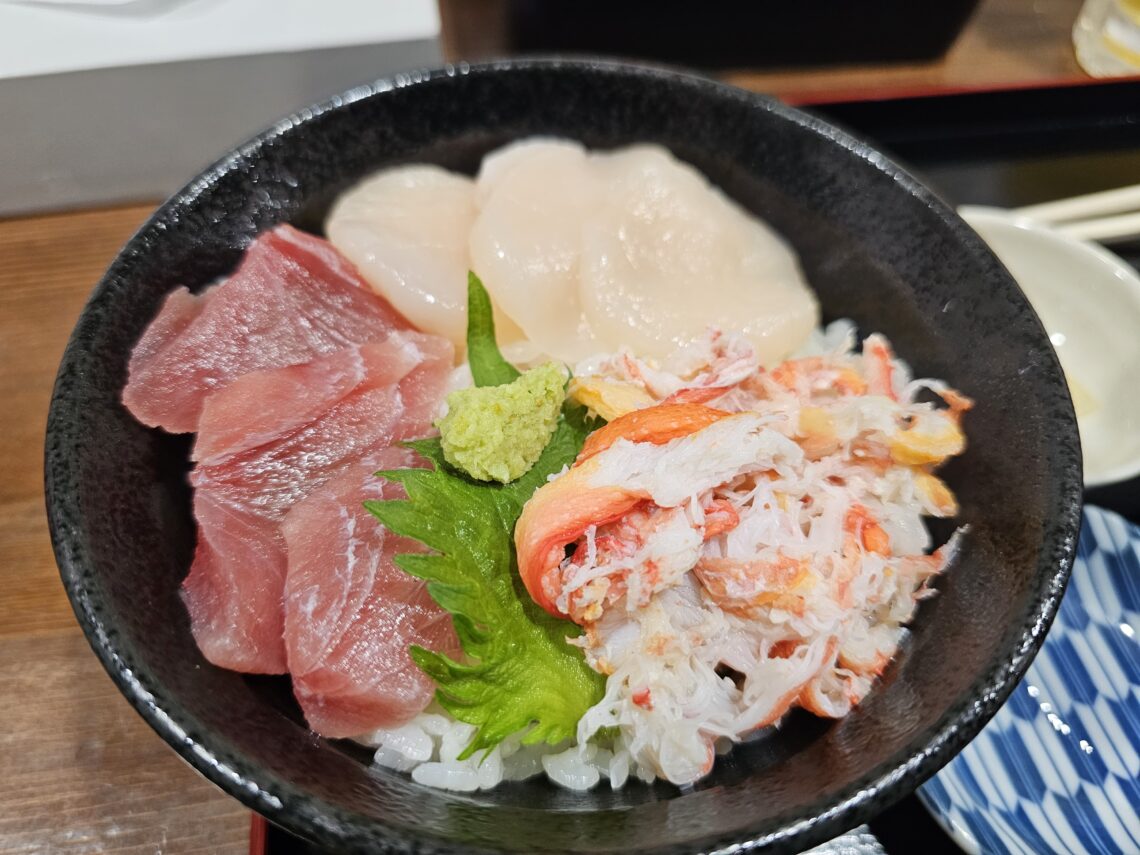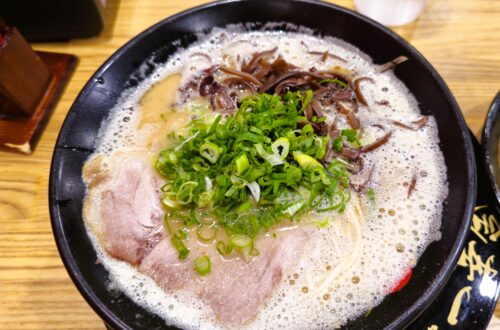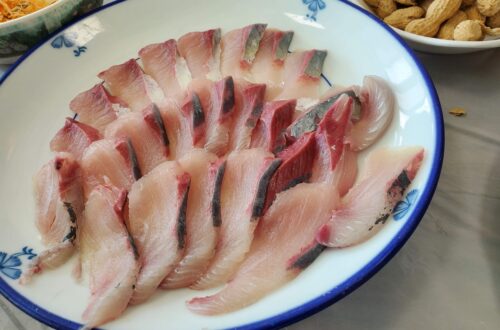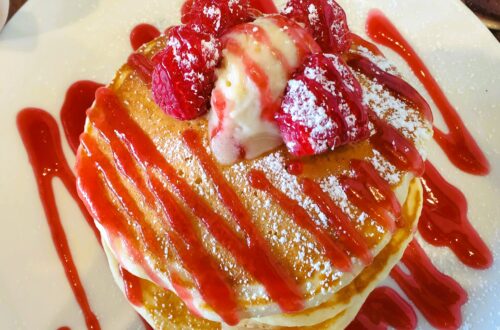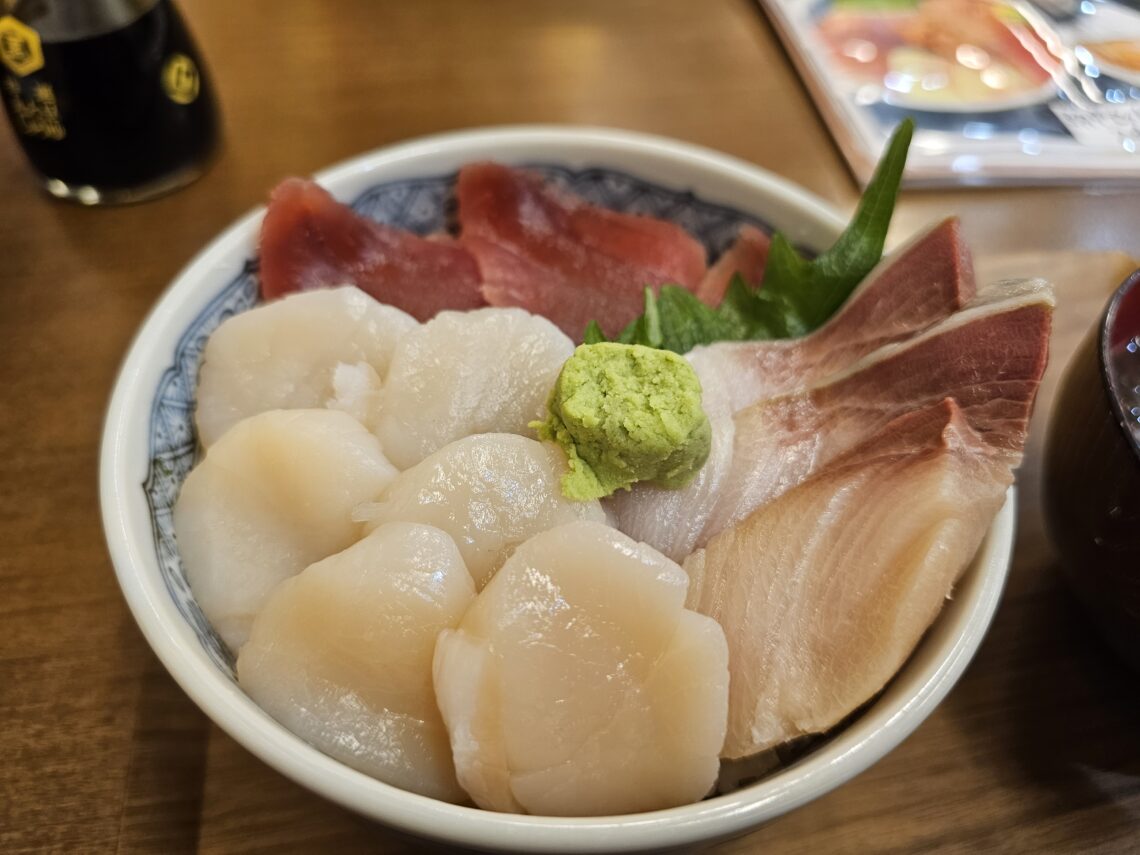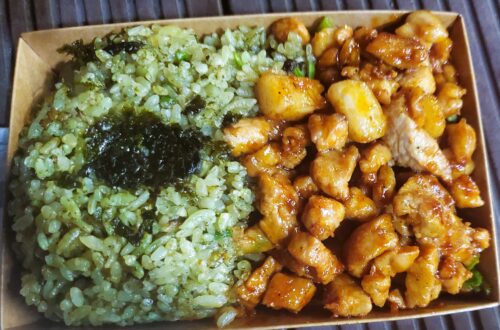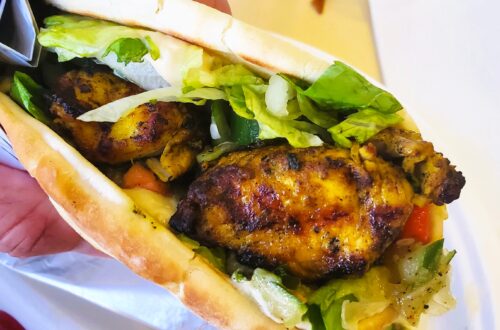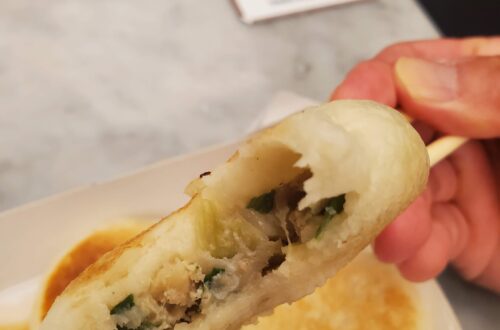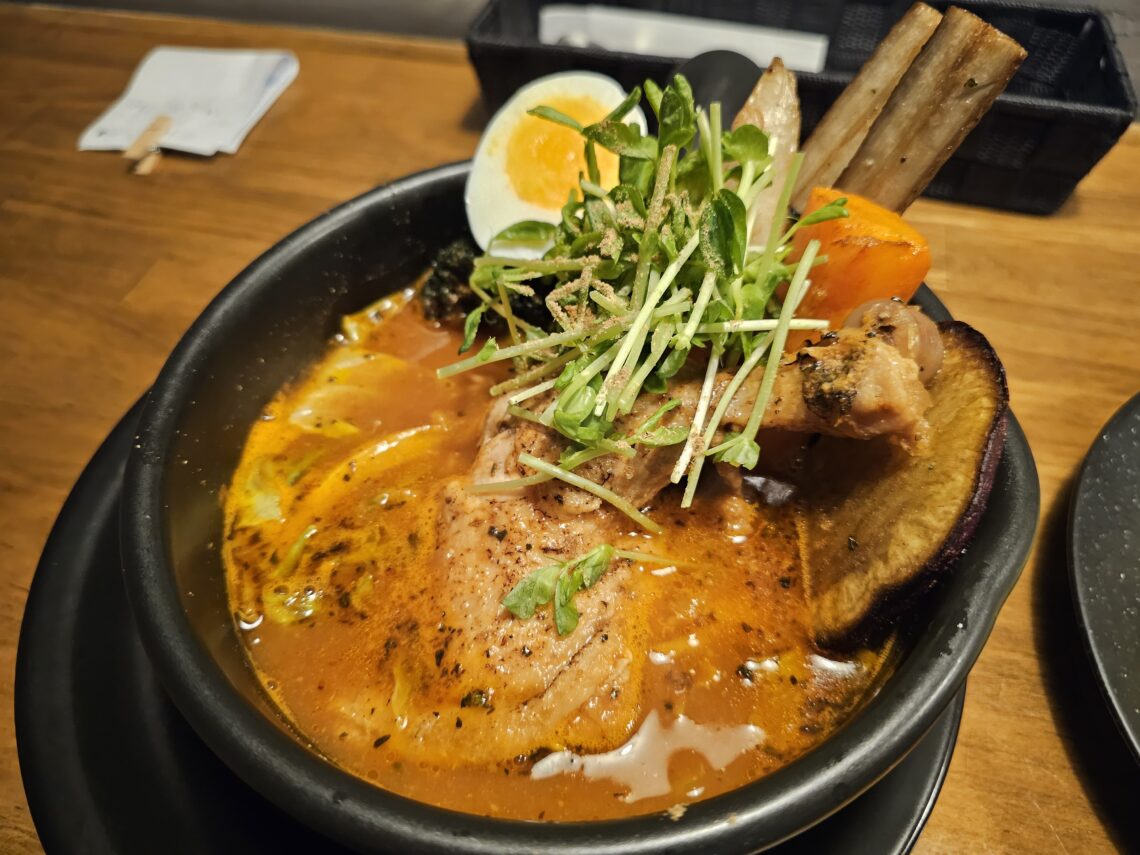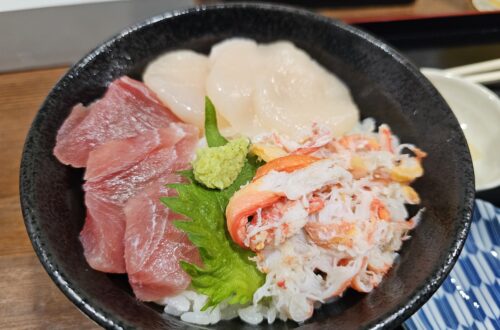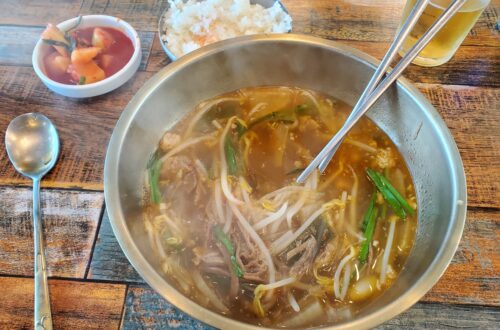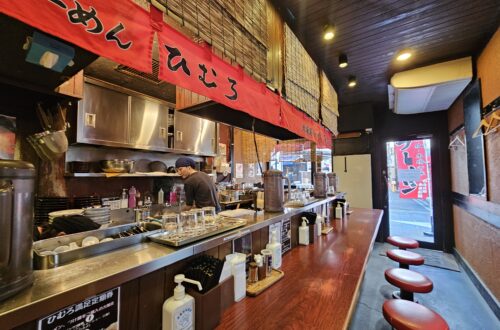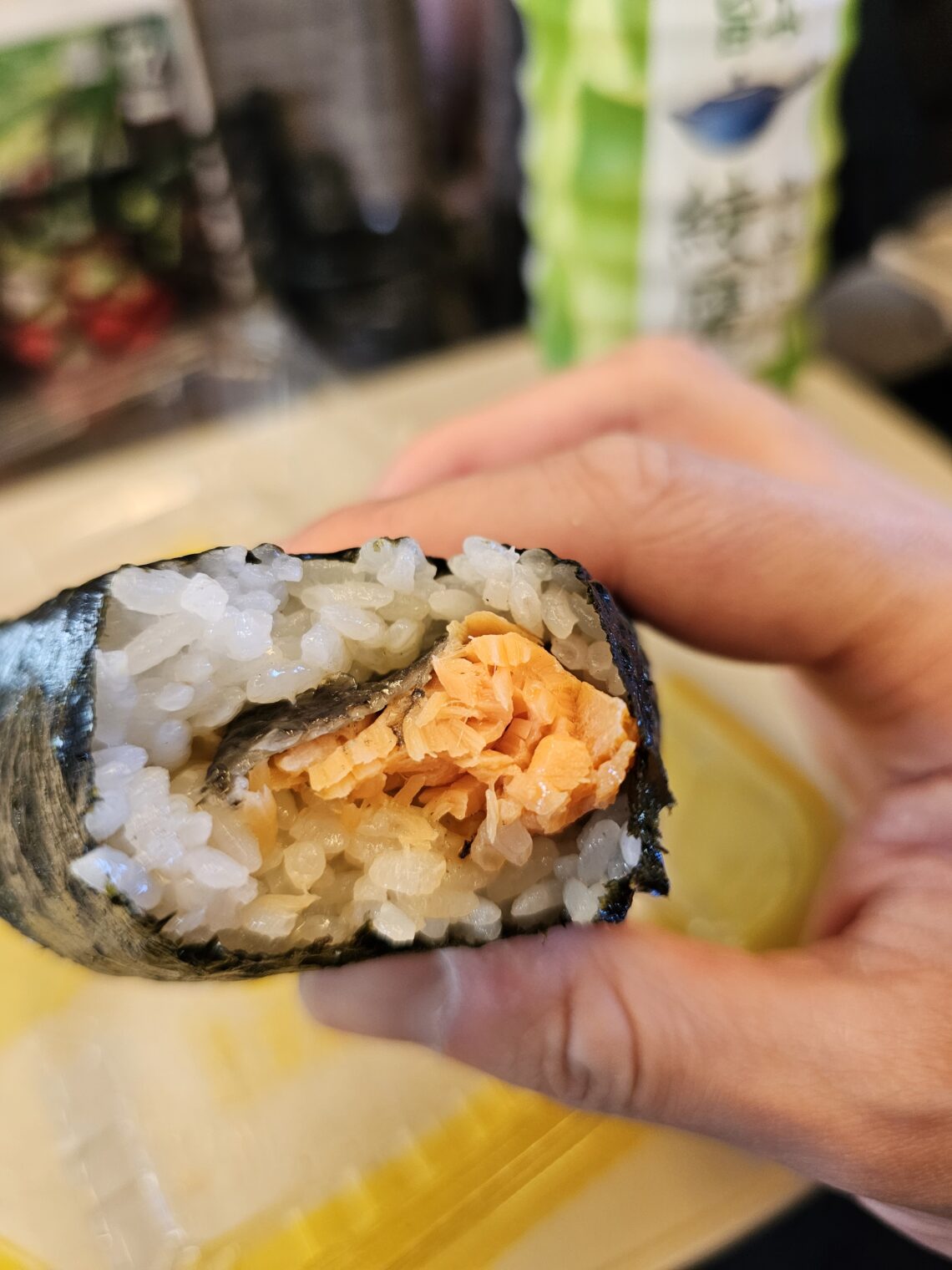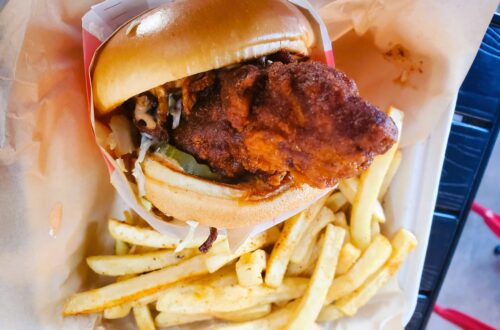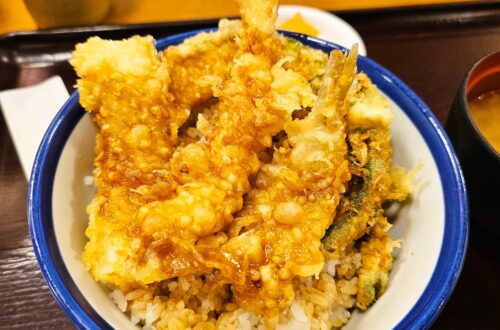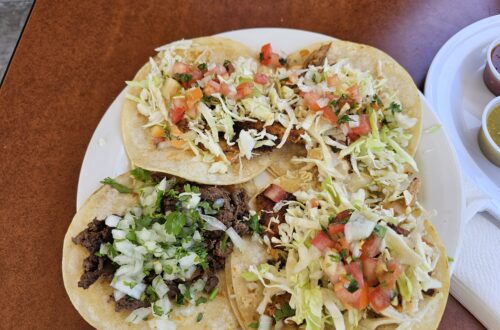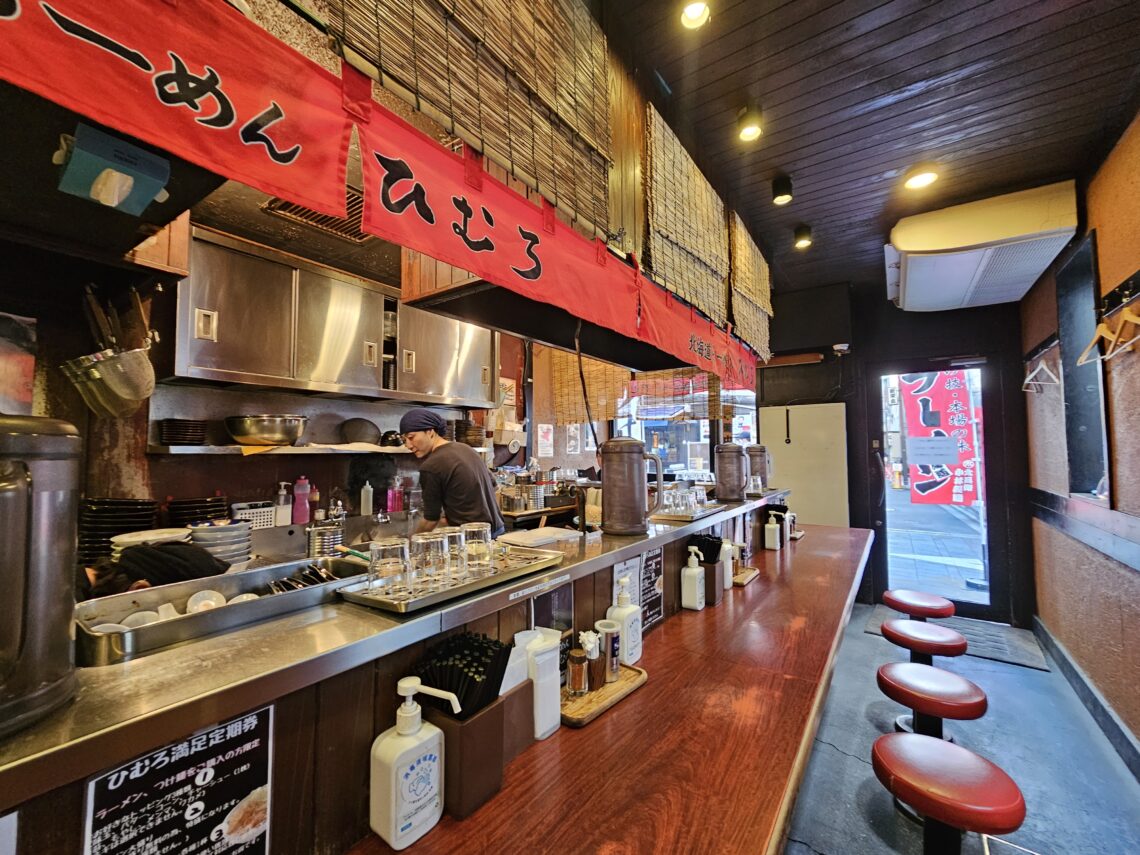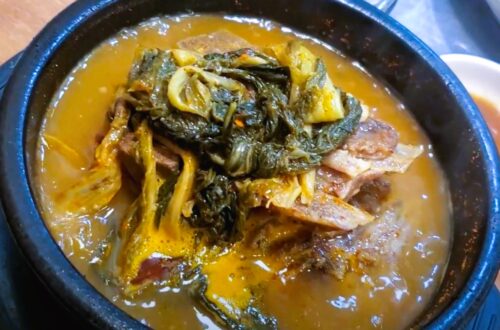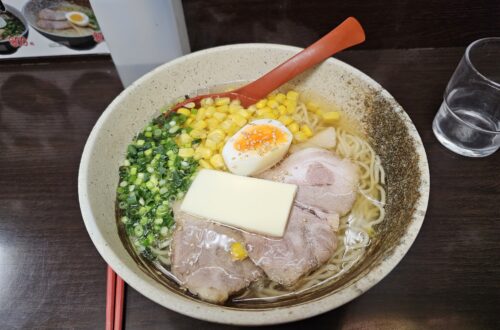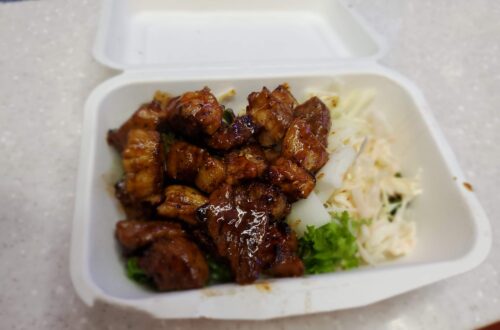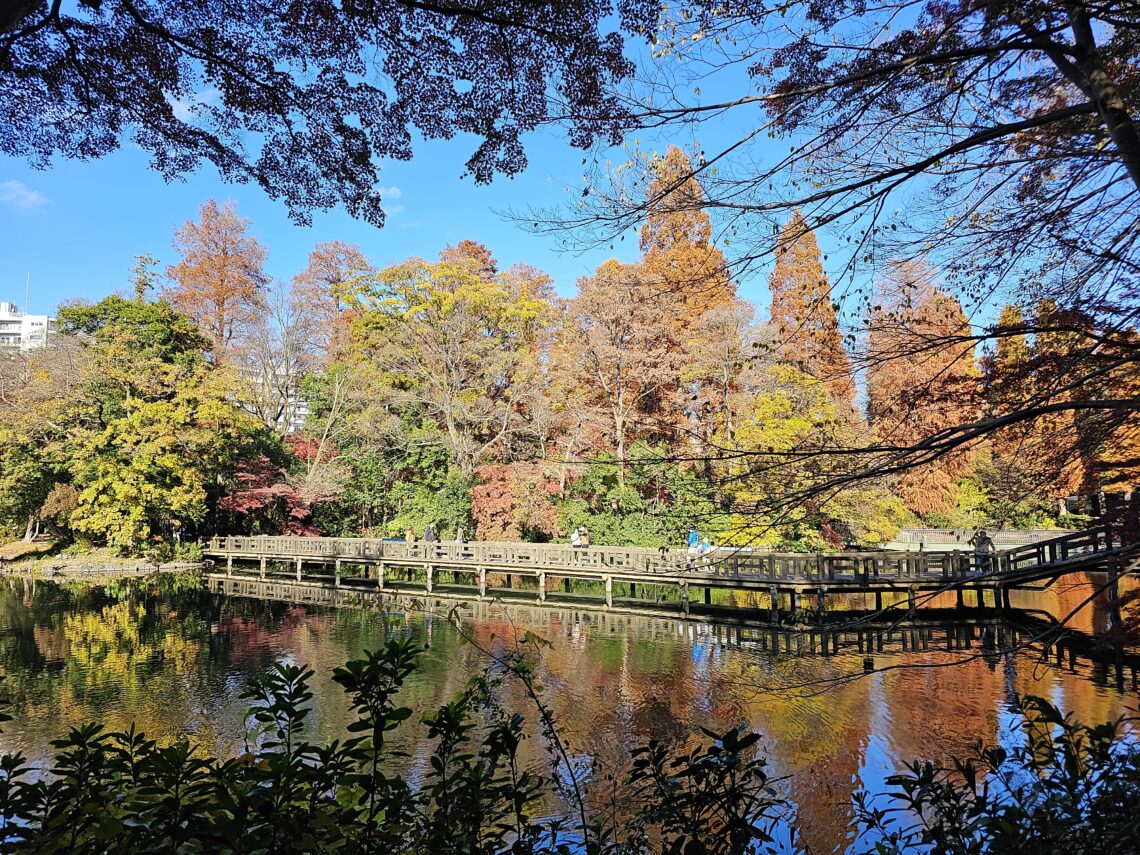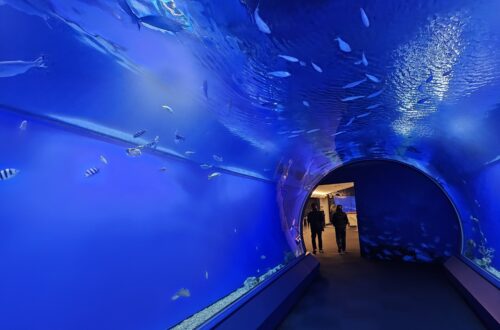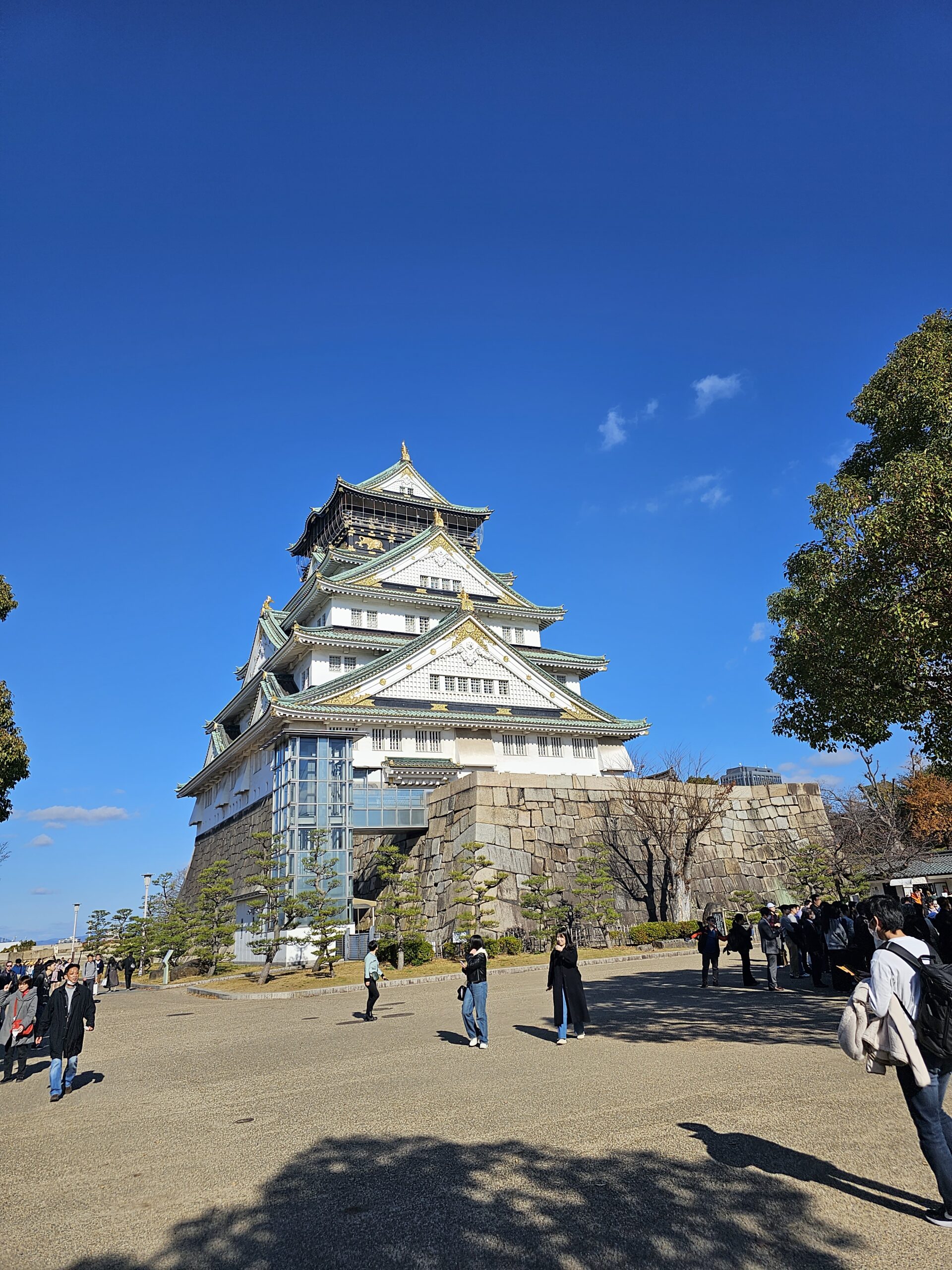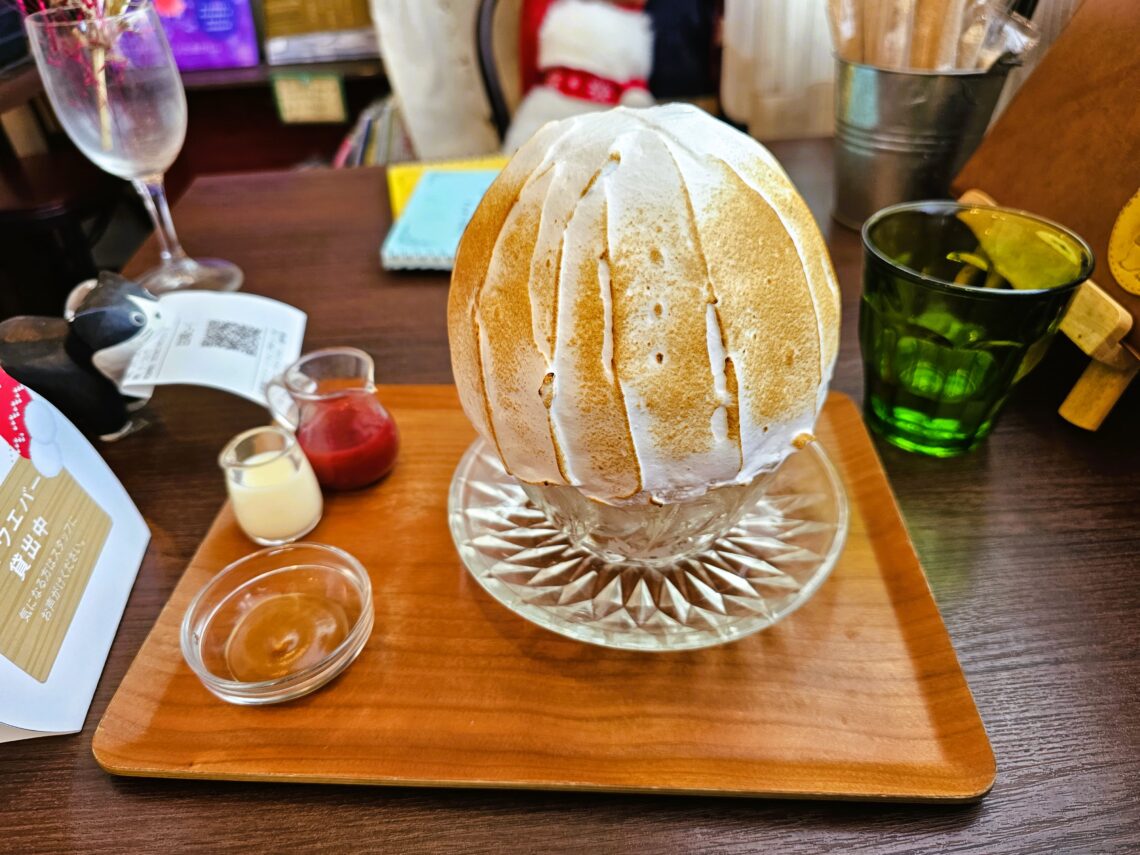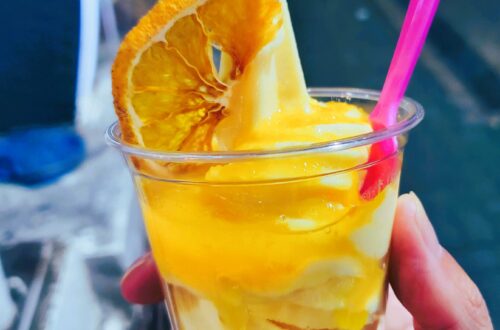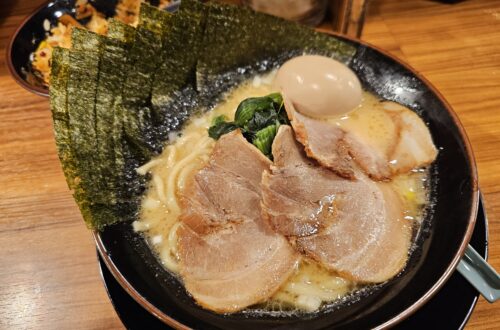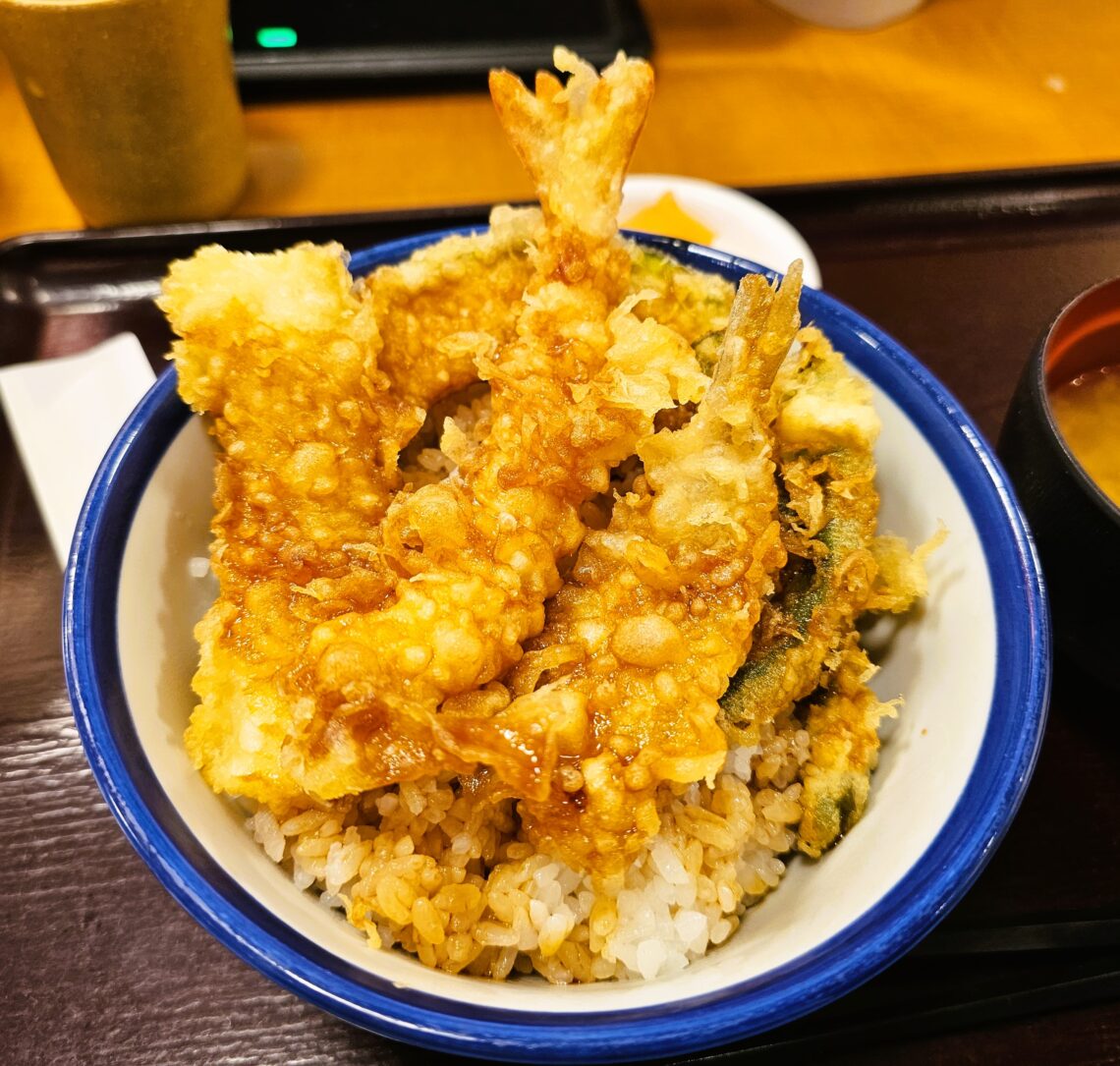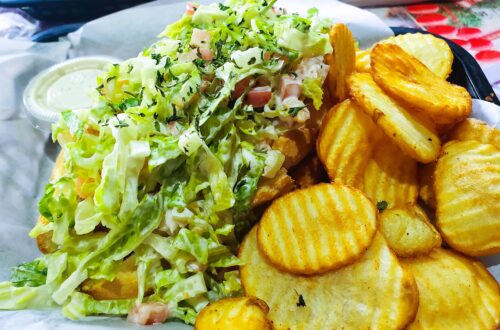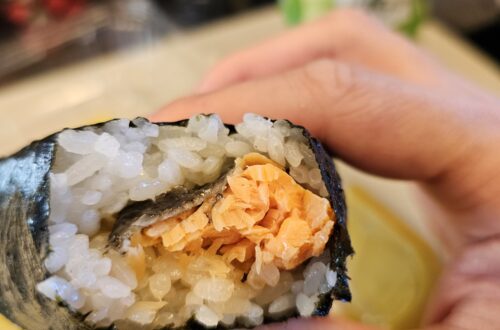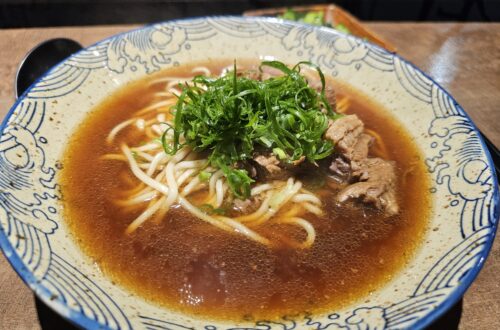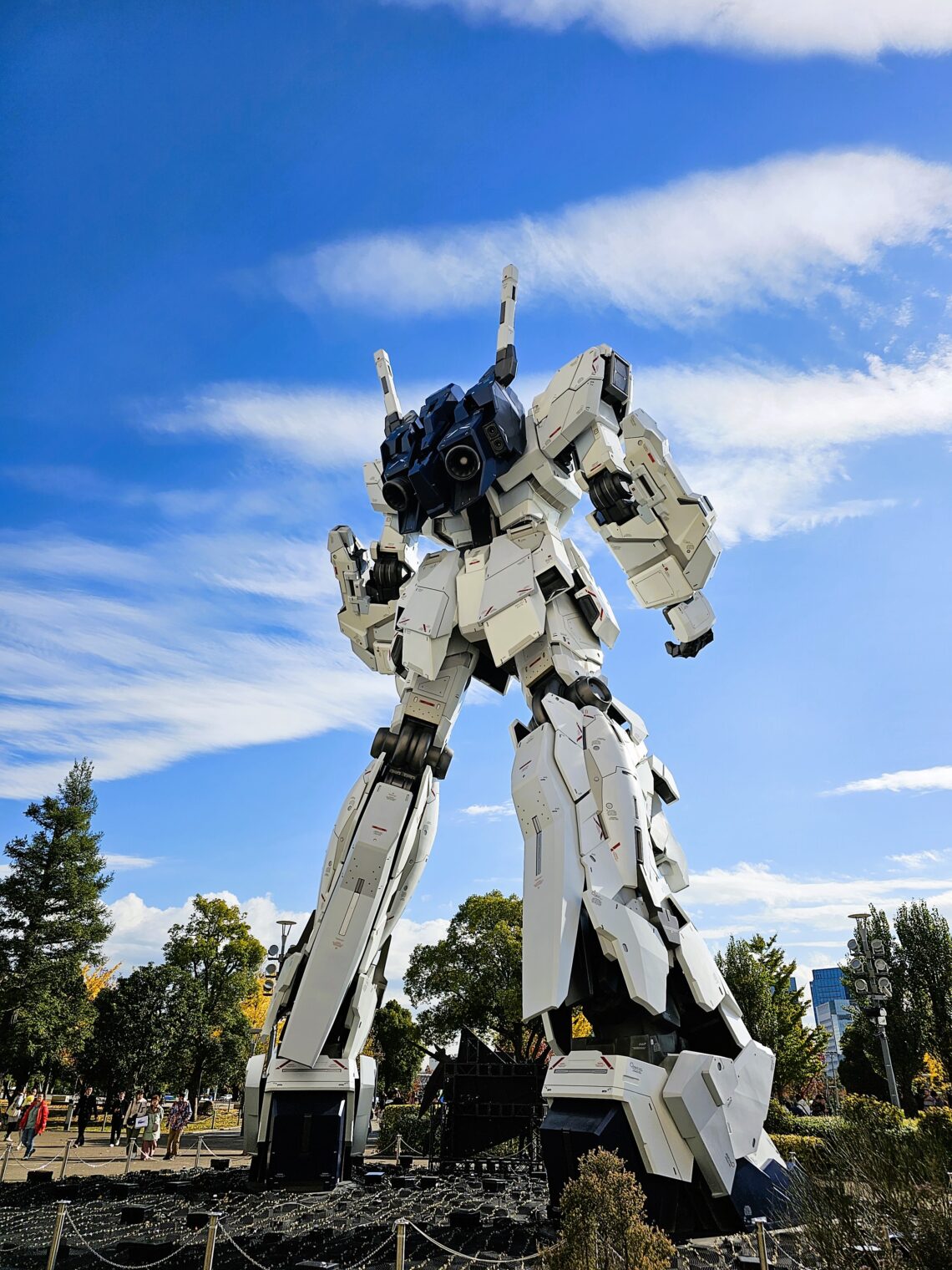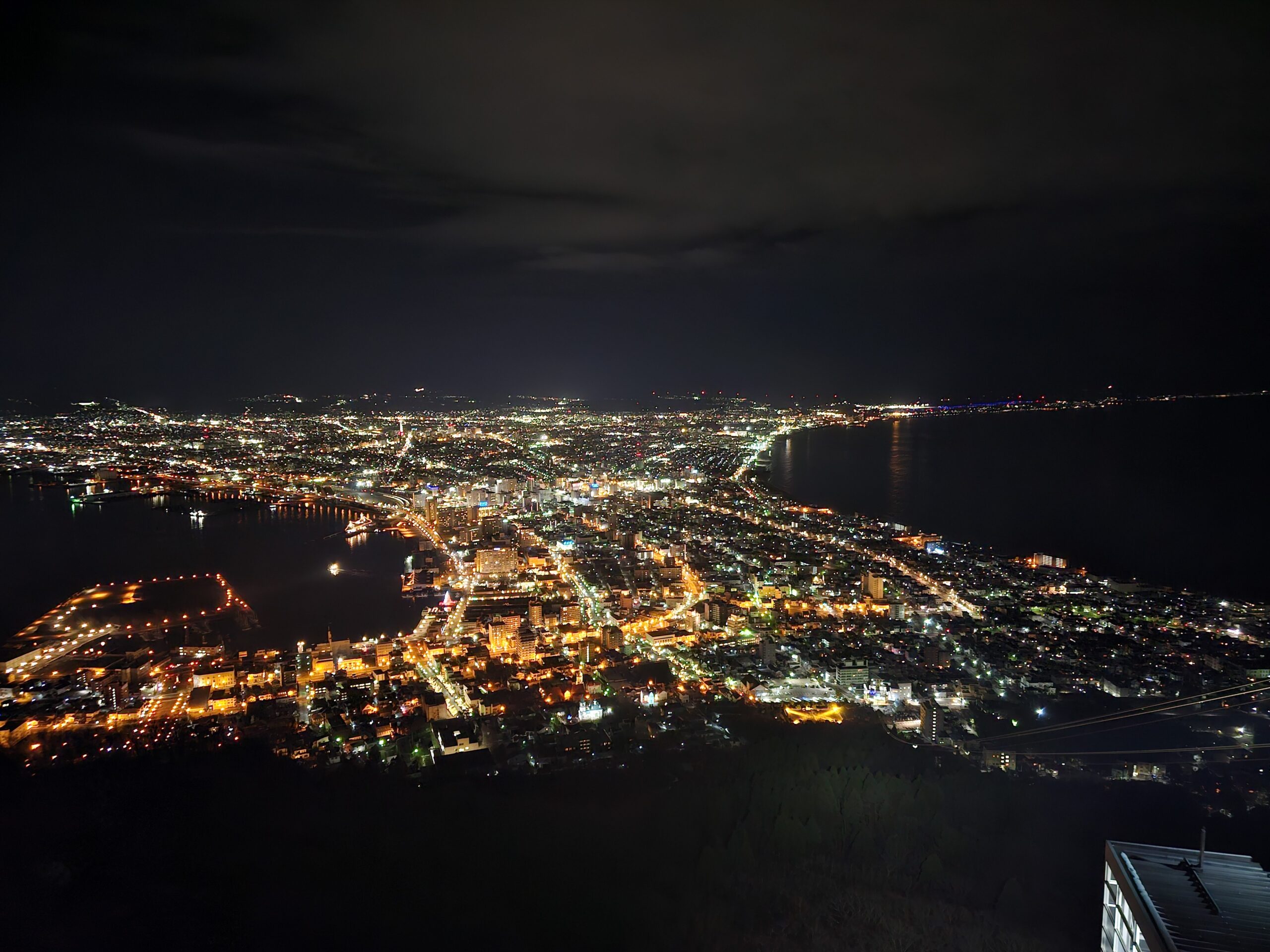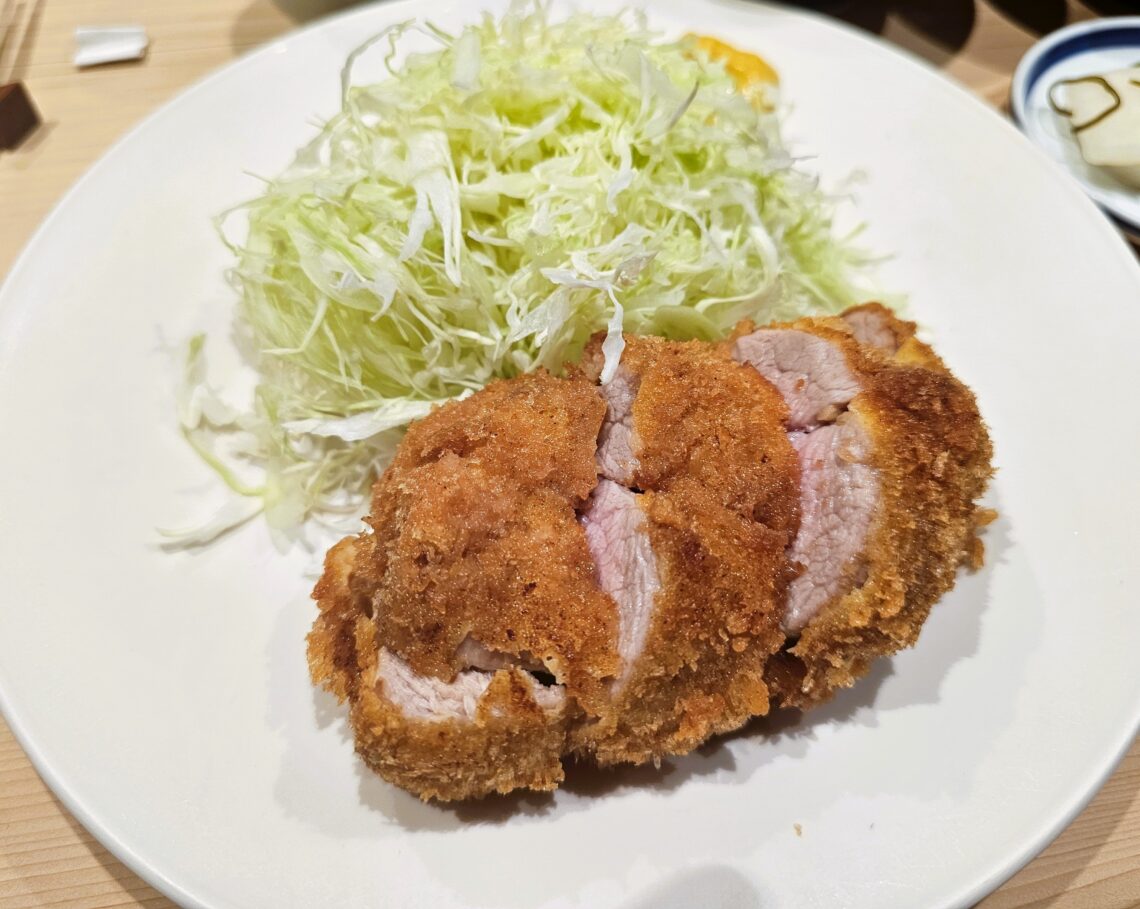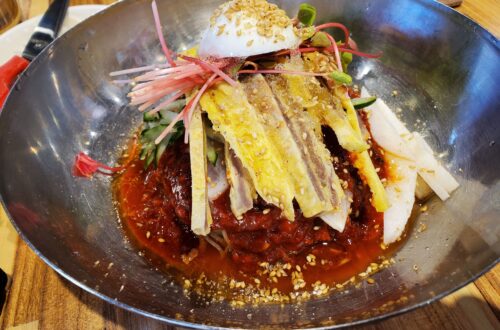-
The Unique Lucky Pierrot In Hakodate, Japan Is A Must Visit
Lucky Pierrot – Background
Lucky Pierrot is a chain of hamburger restaurants located in Hakodate which is located in Hokkaido in Japan. Founded in 1987, Lucky Pierrot has 17 restuarants…all located in Hakodate. It’s immensely popular there.
So what makes it unique? In the age of franchising and trying to make as much money as possible, Lucky Pierrot has resisted doing so. It’s only found in Hakodate. The owner, Ichiro Oh, has kept the local brand, well, local, despite overtures to grow the brand outside of Hakodate. All ingredients used at the restaurants are local and fresh which wouldn’t make it possible to open restaurants outside of Hakodate. In a time when restaurant chains are always looking to expand and grow, Lucky Peirrot has done the opposite in order to ensure their quality standards don’t suffer. It’s quite a refreshing and admirable stance in this day and age.
Something else that’s unique is that all 17 restaurants have their own individual flair and personality. There isn’t a standard Lucky Peirrot layout that all 17 follow. So really each time you step into one of them it’s a little different experience since they all have a different theme.
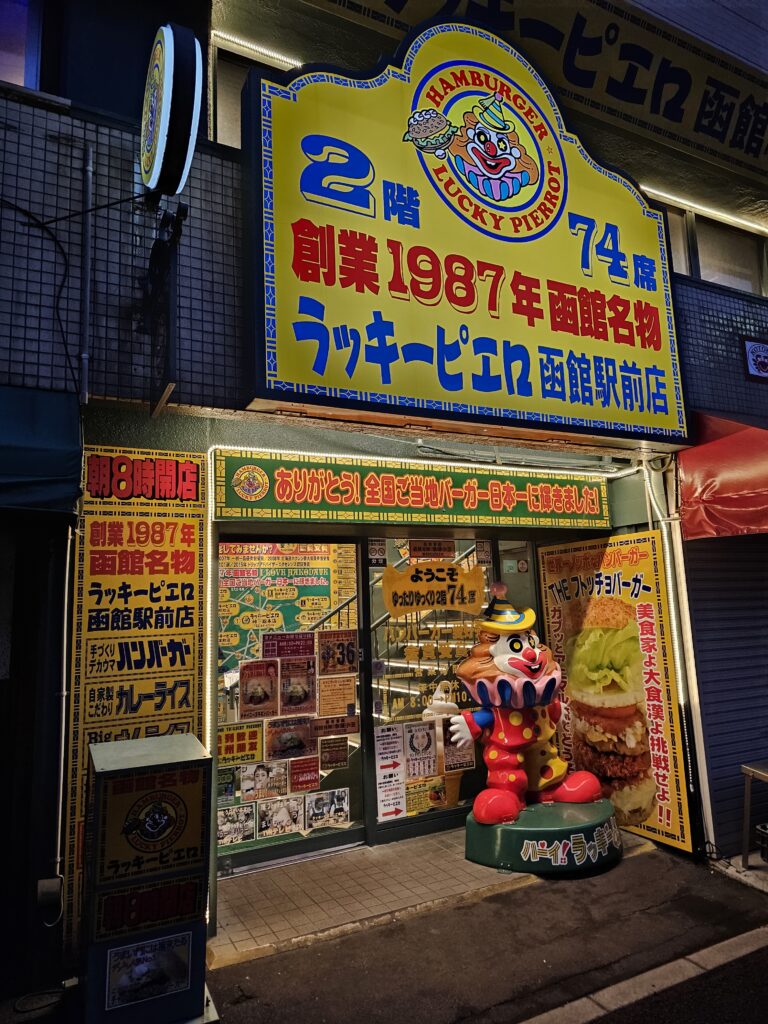
The Experience
There’s a lot going at at Lucky Pierrot’s. The restaurant I went to was pretty hectic with the decorating and VERY colorful. It’s pretty kitschy but in a positive, fun vibey way. They also have a portion of the store with various souvenirs. They even have their own brand of drinks, including an energy drink!
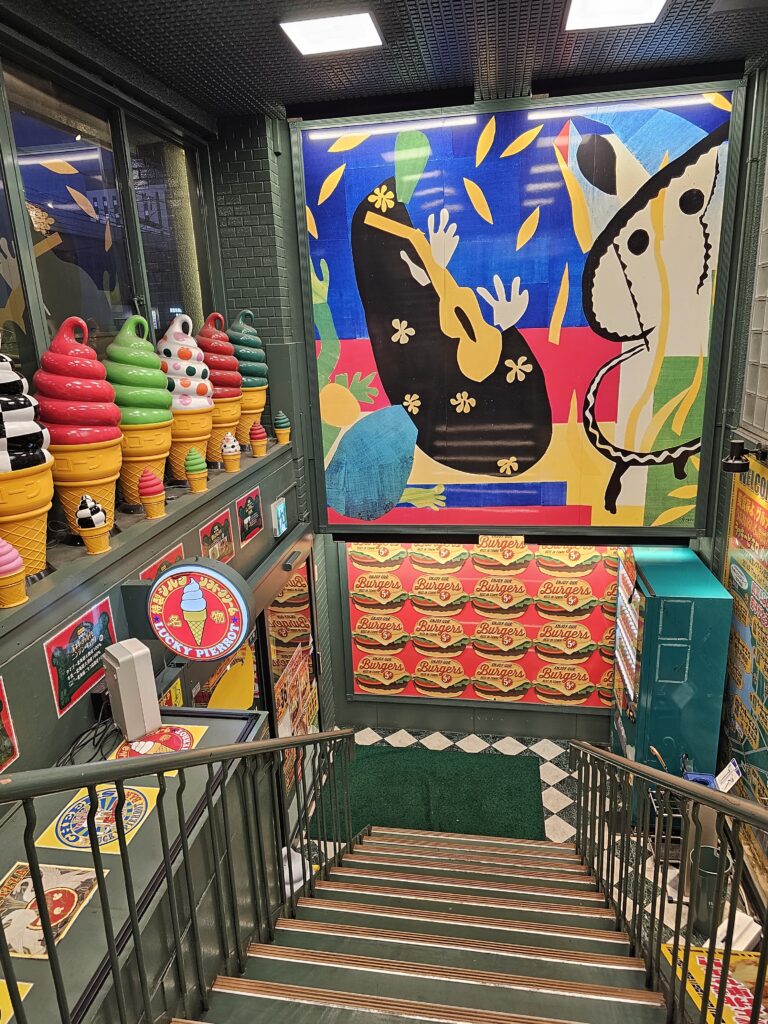
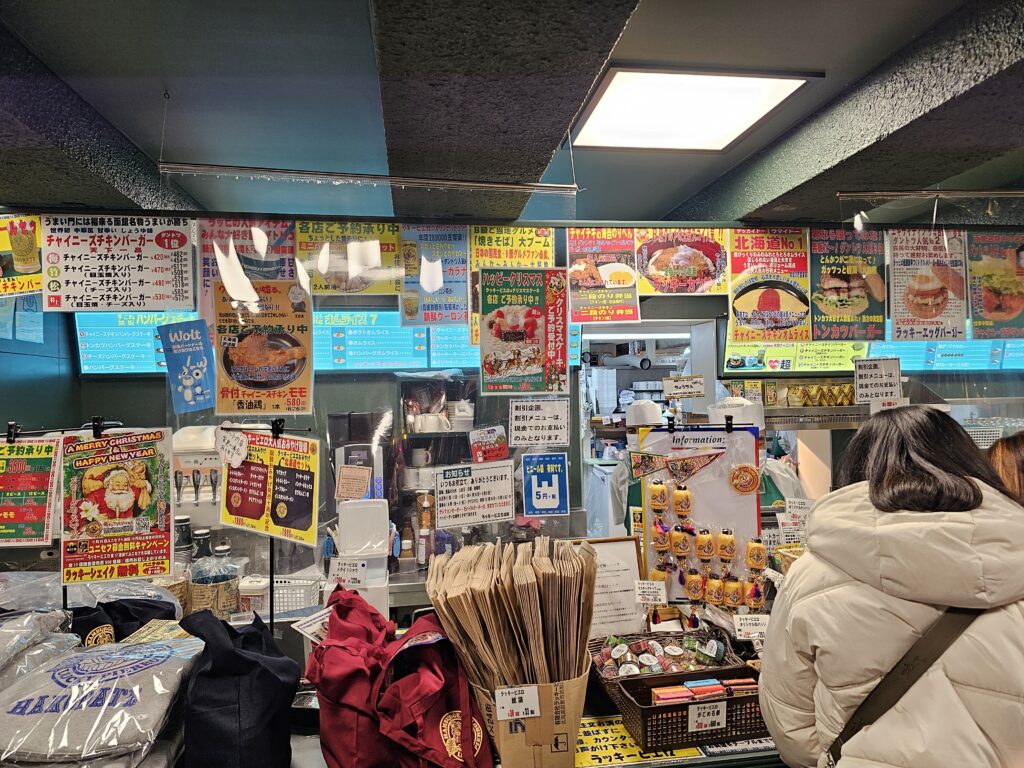
The menu is pretty expansive with a variety of food. There’s burgers, sandwiches, curry plates, pork cutlet bowls and plates, hamburg and steak dishes, and fried noodles. There’s A LOT to sort through. I already knew what what I wanted to try here though. The Chinese Chicken Burger is the original burger and what Lucky Pierrot is well-known for so I had to give it a try!
The Food
I got the #1 combo which consisted of the Lucky Pierrot Chinese Chicken Sandwich, fries with cheese / gravy, and drink (550 yen, $3.66) and also got a soft serve vanilla ice cream on the side (290 yen, $1.93).
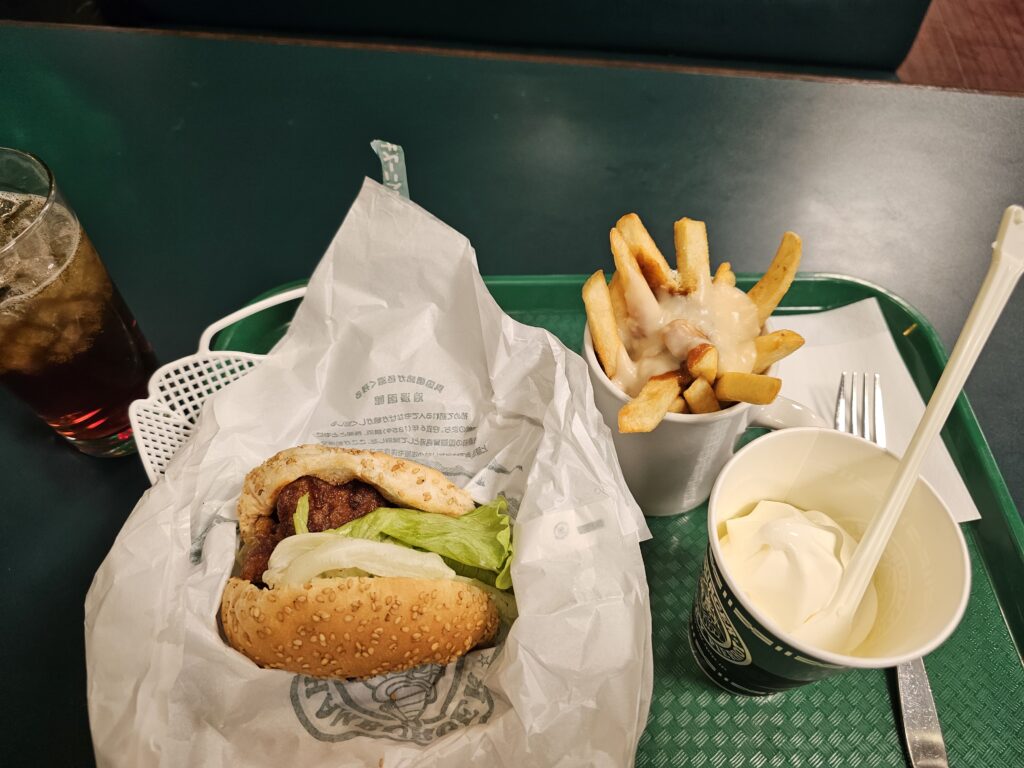
The chicken sandwich consists of two pieces of fried chicken lathered in sauce (think orange chicken essentially) with lettuce and LOTS of mayonnaise. That’s it. Chicken, lettuce, and mayonnaise. It’s a very simple sandwich. The pieces of chicken are tasty and are actually quite tender. There’s just way too much mayonnaise. I had to scrape some of it out. Overall, it’s a pretty decent chicken sandwich.

The cup of fries is lathered in a combination of like a cheese sauce and gravy mixture. I’m not exactly sure what it is exactly to be honest. The taste reminded me of dipping sauce for tonkatsu. So pretty interesting taste and texture to it. The fries themselves weren’t too bad. Nothing to really write home about.
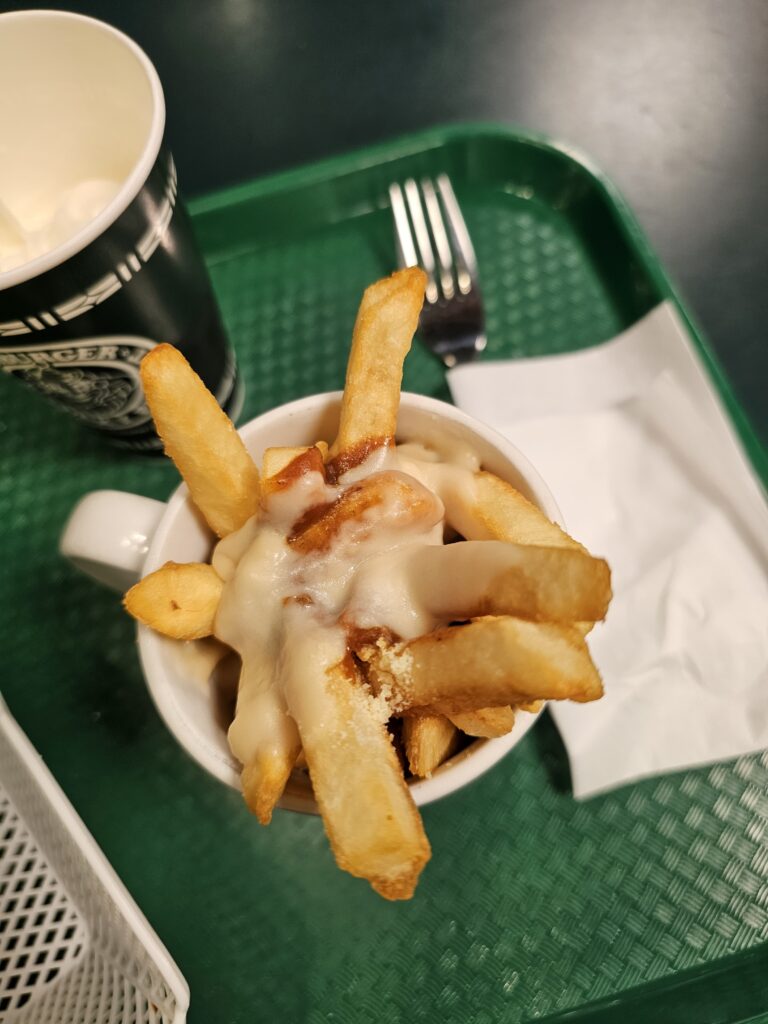
The soft serve ice cream had trademark Hokkaido ice cream traits: rich, creamy, and sweet. I love this style of ice cream. It has very distinct taste to it.
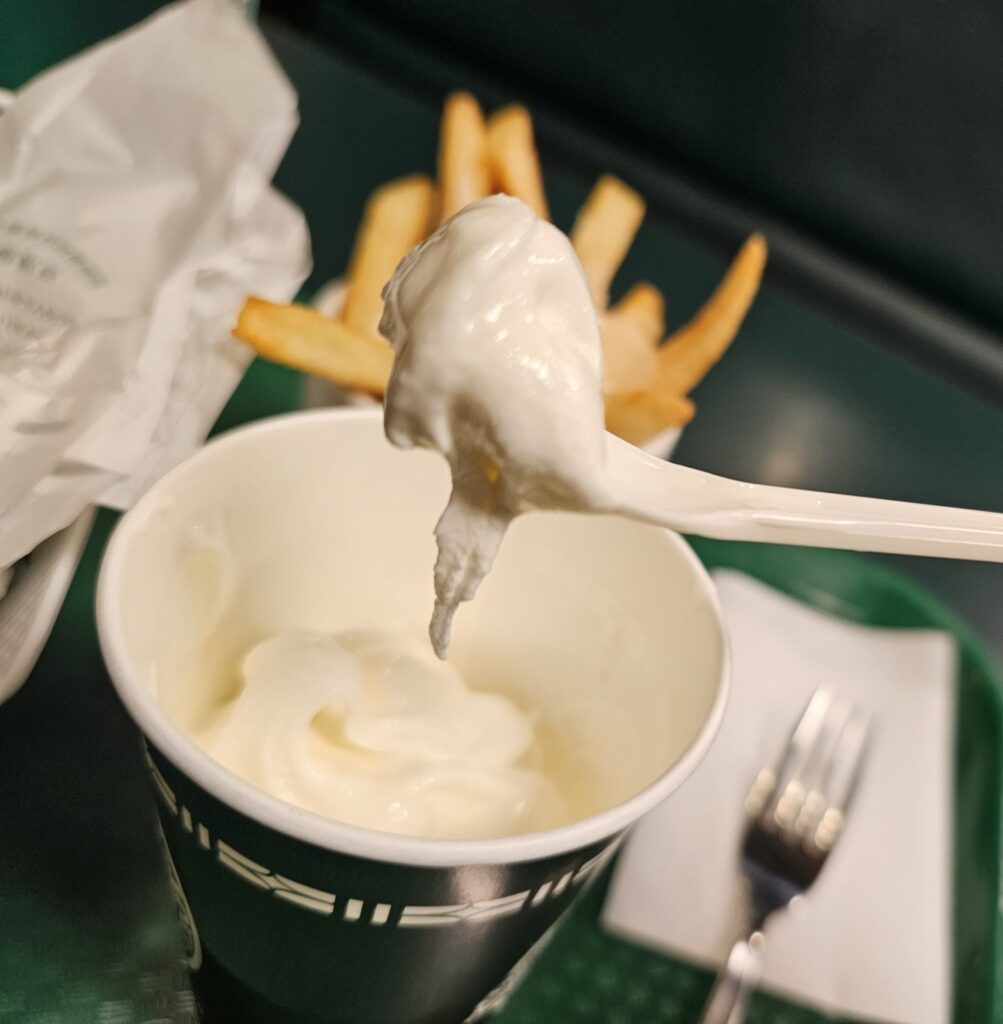
The Verdict
When visiting Hakodate Lucky Pierrot is a must visit. It’s pretty much like if you had never eaten In N Out, you 100% are going to to give it a try if you visit a state that has it. Lucky Pierrot is the In N Out of Hakodate. If you’re visiting Hakodate, you have to try it.
The food that I had was pretty good and very affordable. Nothing really stood out as something that was mind blowing good, but I only had the Chinese Chicken Sandwich and there’s a ton of other options to choose from. The ambience is fun and it’s just a fun to place to come in and grab a quick bite to eat. If you’re not a fan of clowns though, maybe skip it.
-
The Hakodate Morning Market Is A Top Destination When Visiting Hakodate
What is the Hakodate Morning Market?
The Hakodate Morning Market is open from 5 am to about 2 pm, but that can vary by stall / restuarant. The location is very convenient since it’s right across the street from the JR Station. This is a four block stretch in Hakodate that sells fresh seafood, vegetables, fruit, and snacks.
There’s a couple of additional, larger buildings in the area that houses more stalls and restaurants. There’s about 250 places total in this area but it never seems all that dense unlike the Tsukiji Outer Market in Tokyo. That has to do with Hakodate in general being less touristy, so there’s less people, which is quite nice actually.
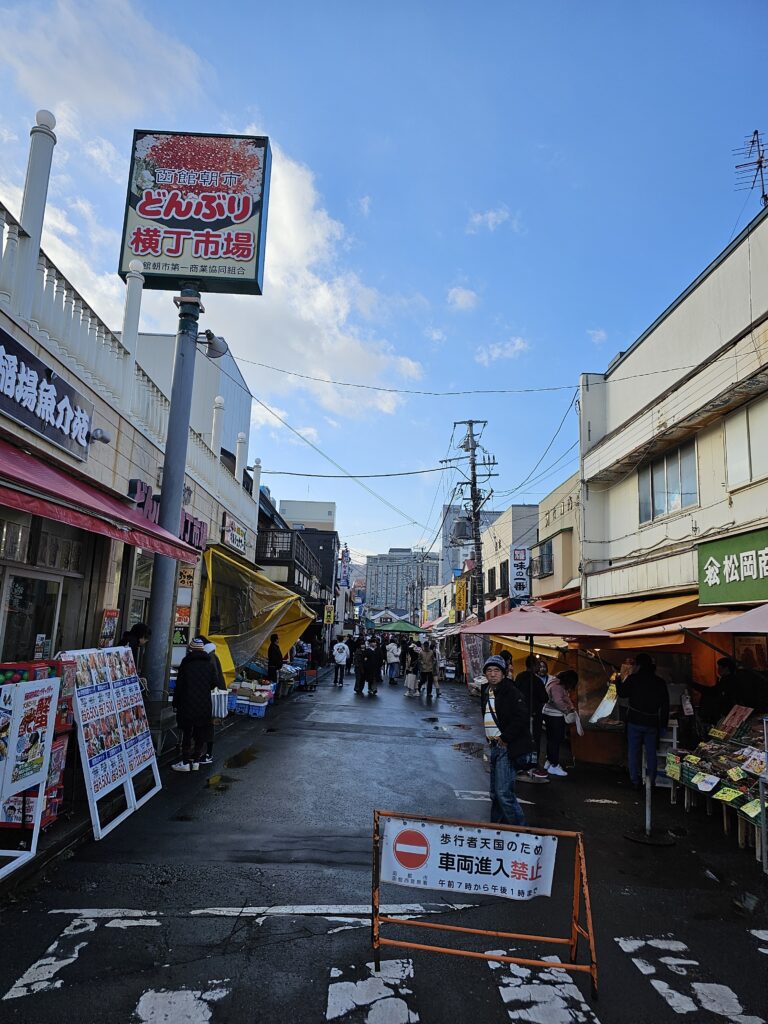
The main drag of the Hakodate Morning Market 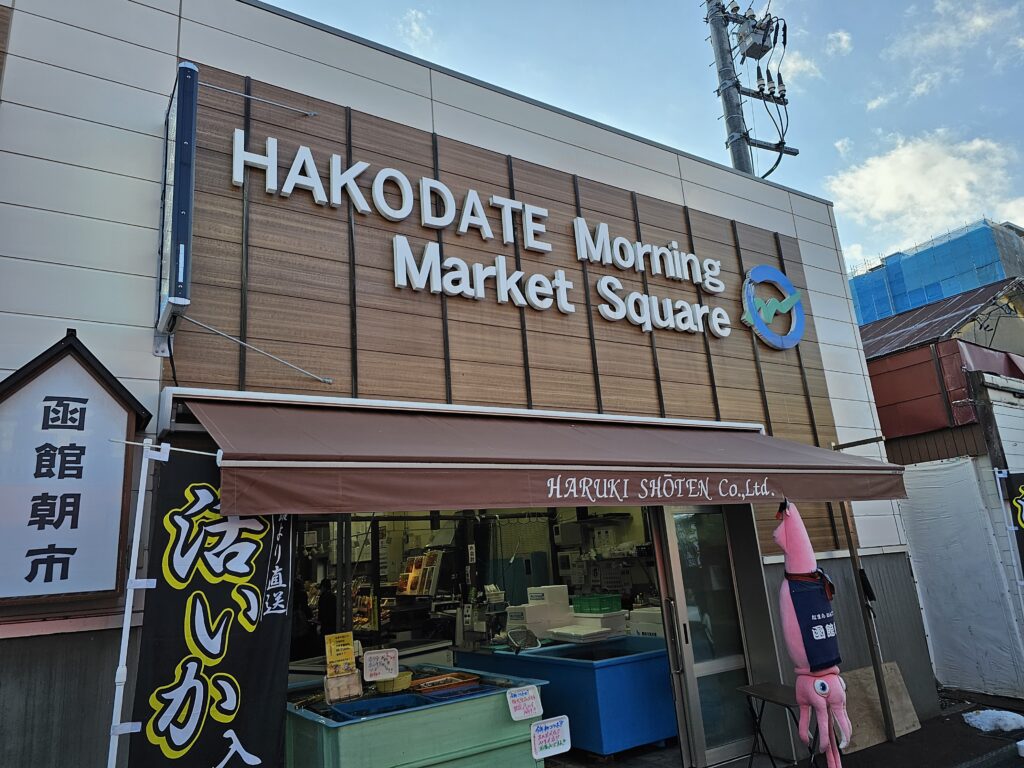
The Seafood
The Steamed Crab Bun
The main draw of coming here is of course the food. Specifically the seafood and the fruit. There’s several types of crab, uni, squid, salmon eggs, scallops, other shell fish, and a whole lot more at this market. As you’d imagine, it’s all very, very good.
To start the morning off I decided to grab a steamed crab bun (450 yen, $3.06).
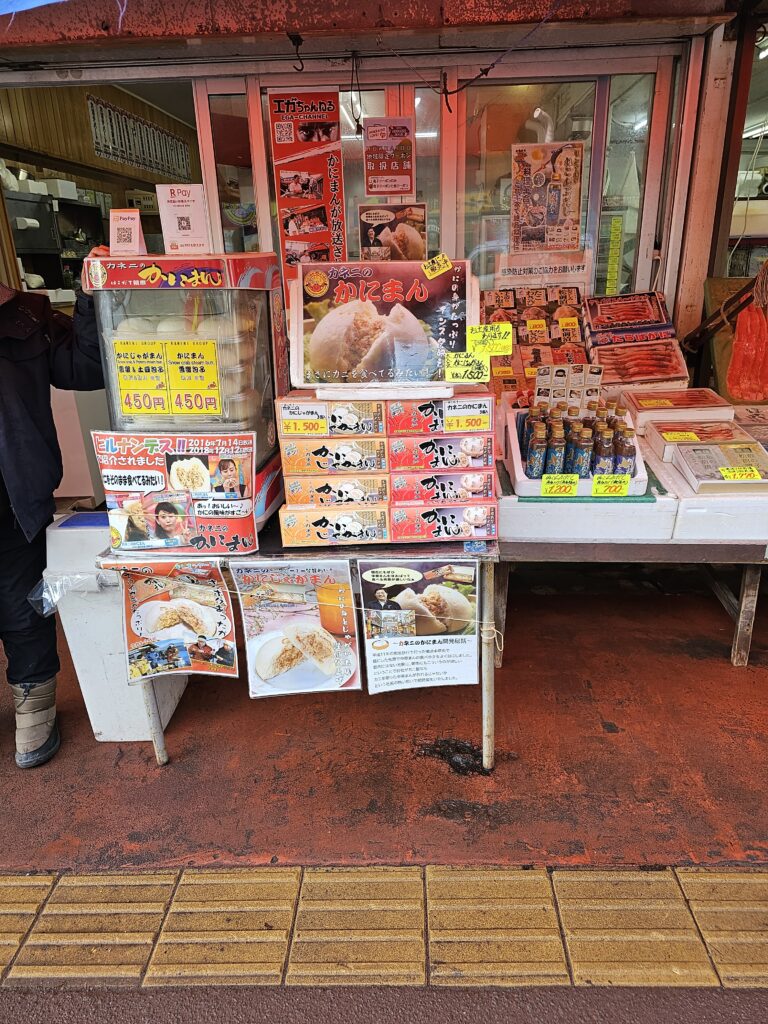
The stall that sells the crab buns 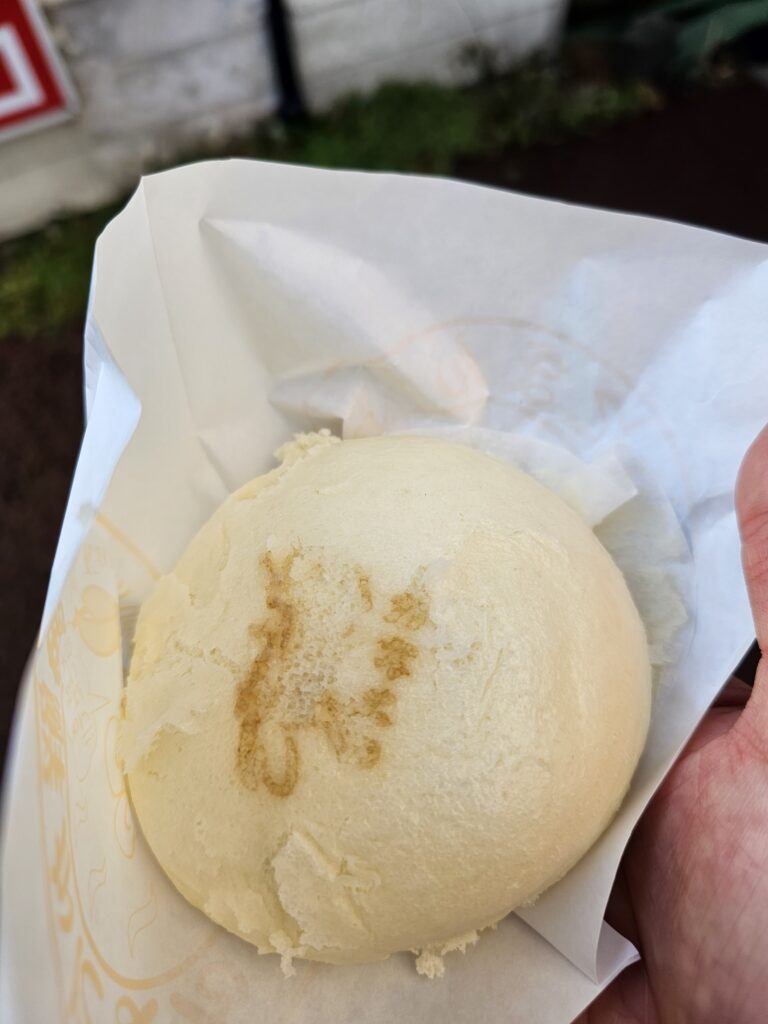
The steamed crab bun 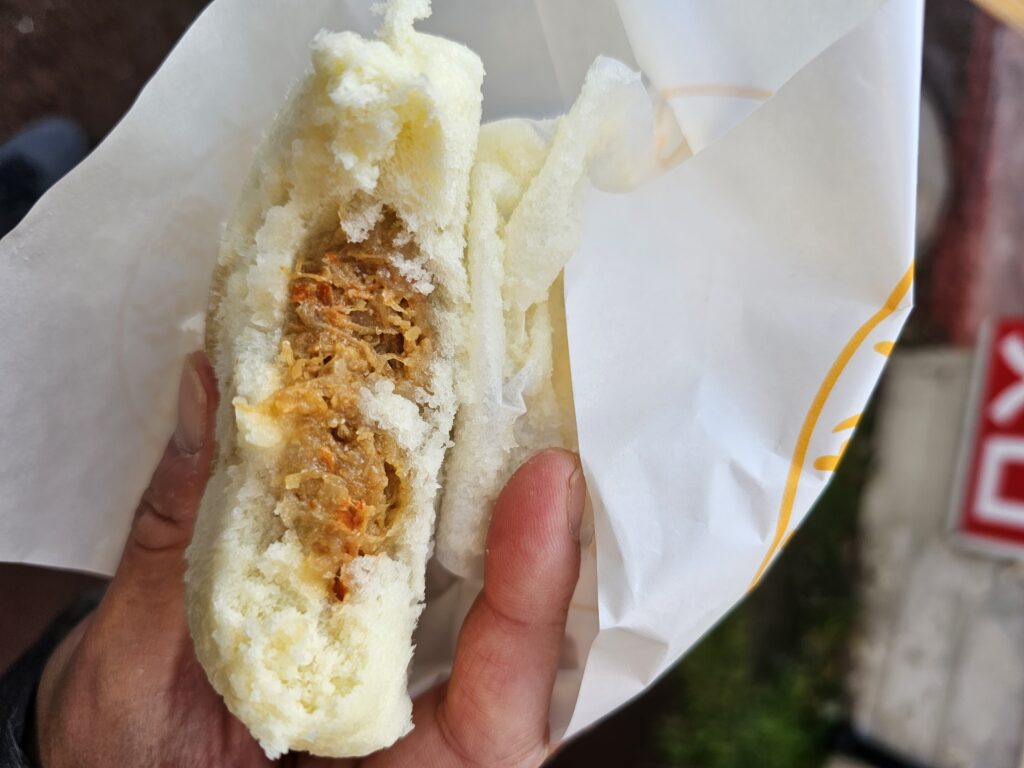
The filling of the crab bun The dough was very light and airy. The filling is a combination of snow crab mixed with some onion and bits of carrot in some kind of sweeter sauce. It’s a little salty and sweet at same time. Crab meat taste gets a little washed out due to all the other ingredients but pretty good.
Donburi
Ikuratei
Now this was something I was looking forward to the most. Donburi is rice-bowl dish that consists of fish, meat, vegetables, or other ingredients. It’s a very popular meal throughout Japan. In the Hakodate Morning Market there are TONs of places that offer donburi with some of the freshest seafood you can find.
There’s a building on the main strip of the market that houses a bunch of restaurants. They all serve pretty much the same type of foods with the same kinds of seafood donburi, with subtle differences. The displays, like the below, showcase all the different types of donburi that restaurant makes and these line the one hallway of the building.
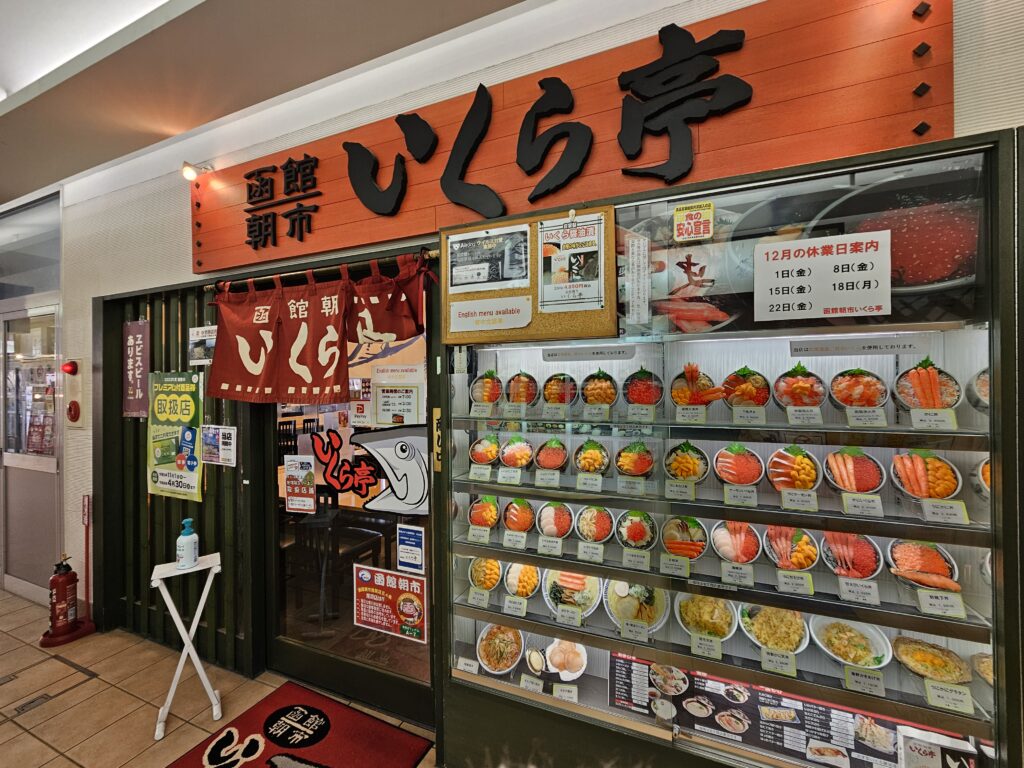
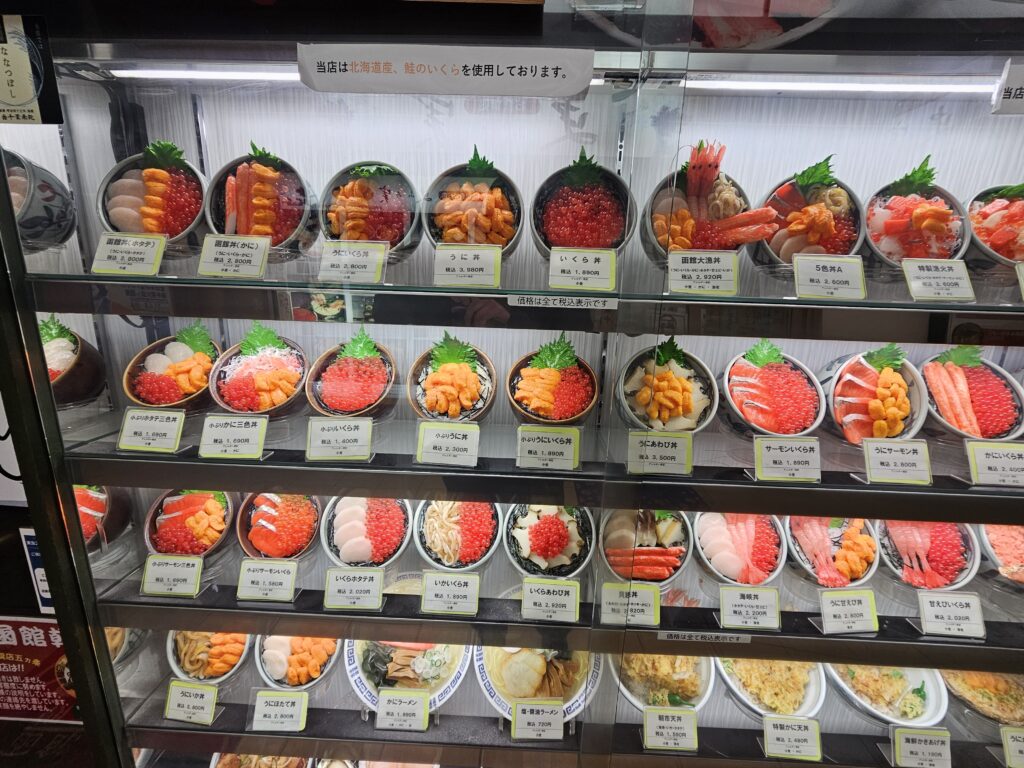
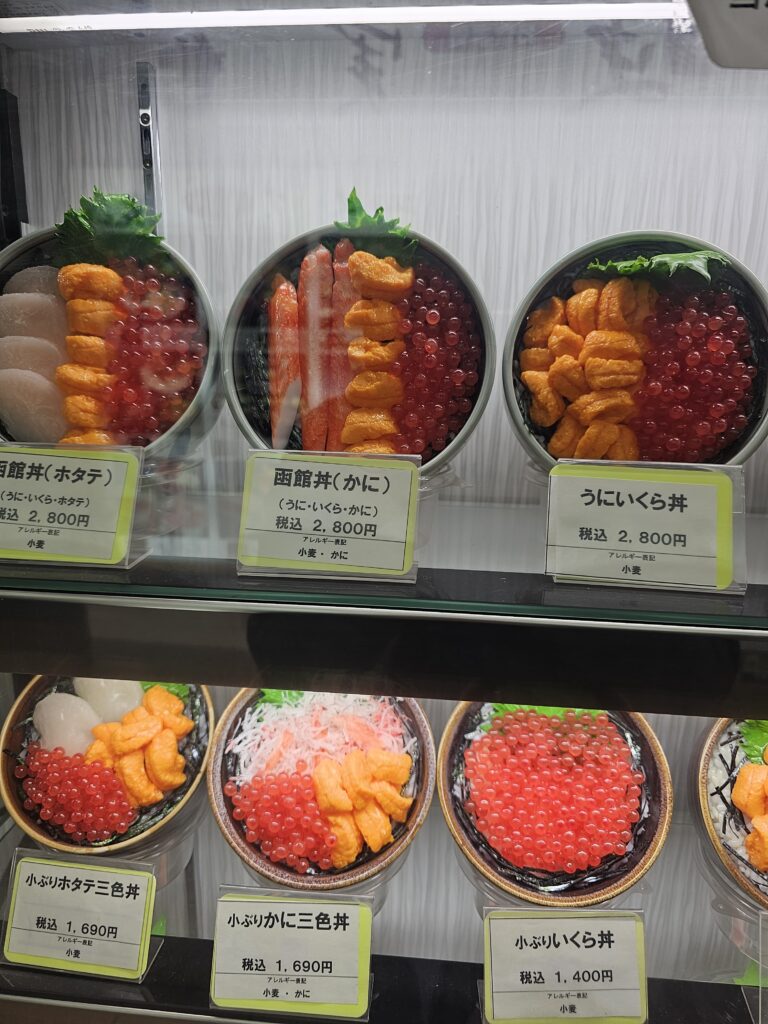
I ate at a couple of the places during my stay in Hakodate with the first being called Ikuratei. The menu is pretty extensive. There’s a lot of different types of donburi to choose from so it can be a tough choice sorting through all the options. It’s odd to be eating fresh fish at about 8 or 9 in the morning but you get used to it and it’s VERY good.
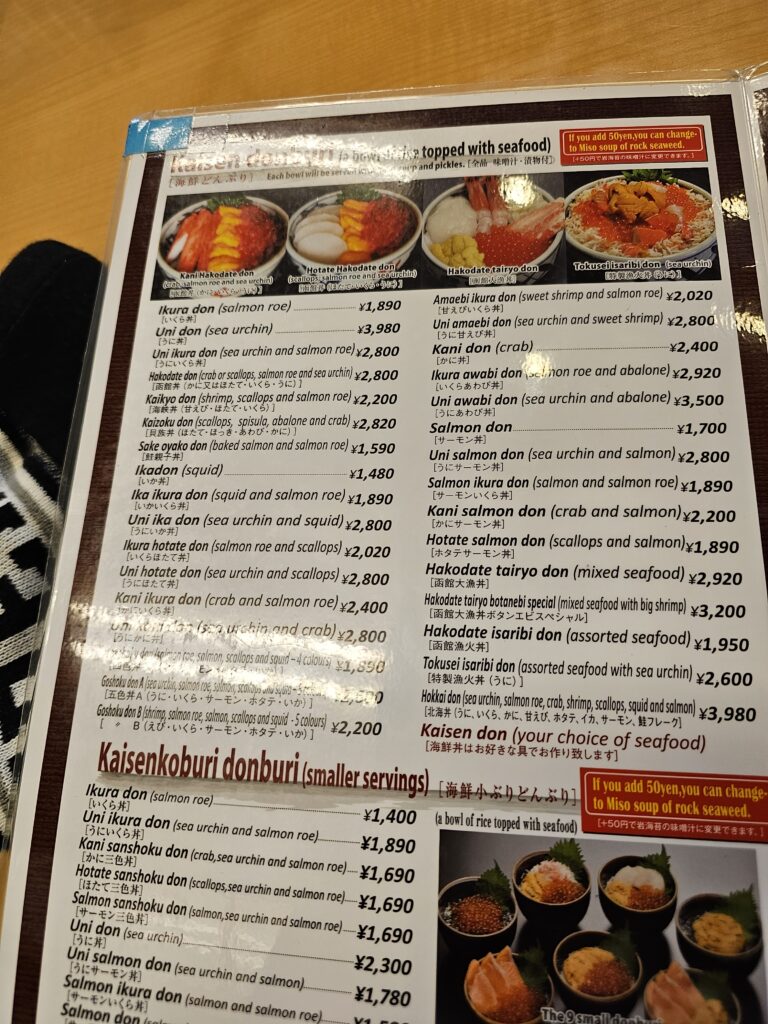
I went with the crab, salmon roe, and uni bowl (2800 yen, $19.03) which came with miso soup and pickled vegetables.
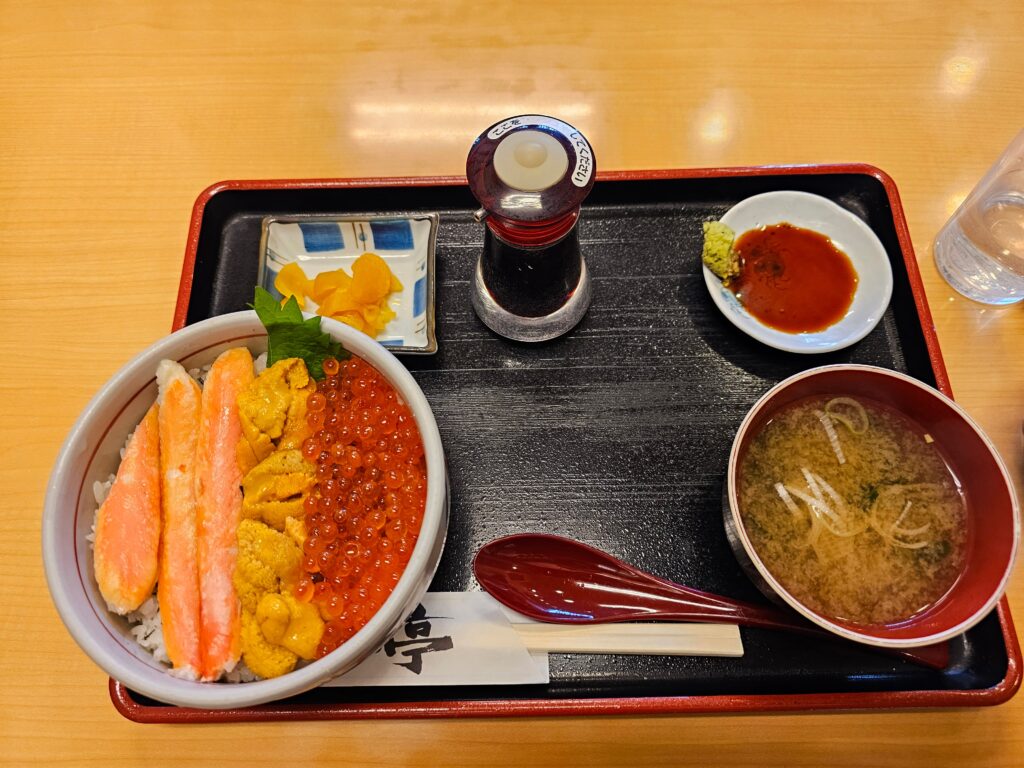
This definitely beats a bowl of cereal for breakfast The crab was insanely sweet and quite salty on its own. I didn’t need to add anything or dip it into any soy sauce. It was the best tasting crab I can ever remember having.
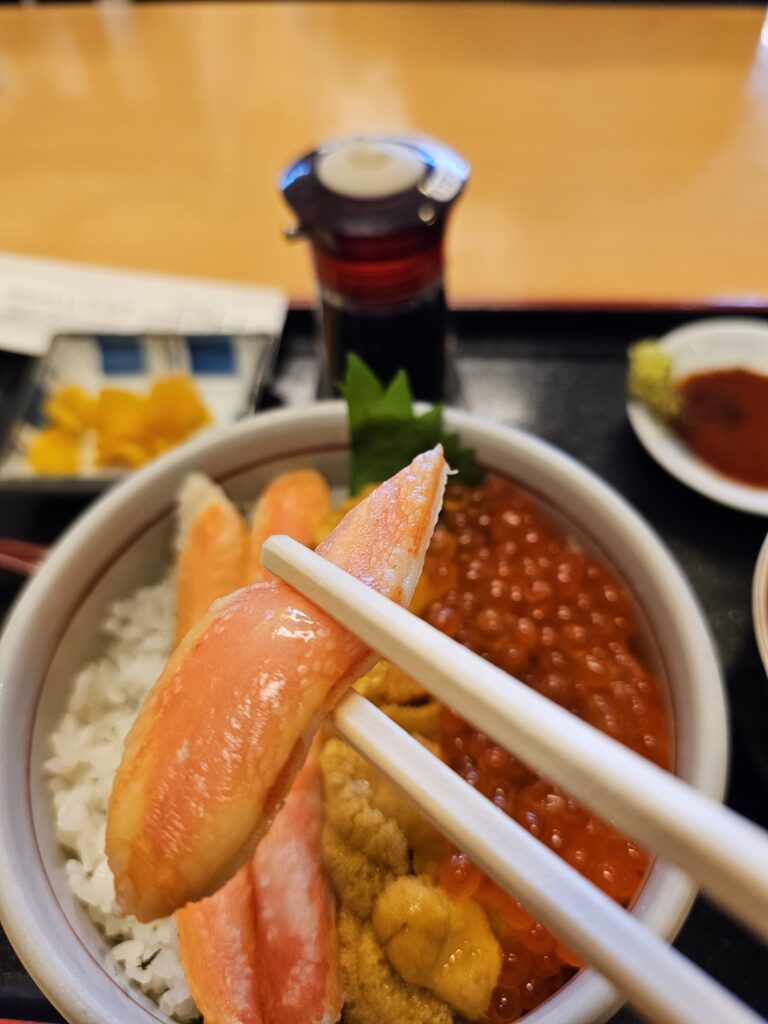
The uni just melted in my mouth. It has that real intense seafoody taste before dissolving. Extremely creamy adn the deep sea taste was quite memorable.
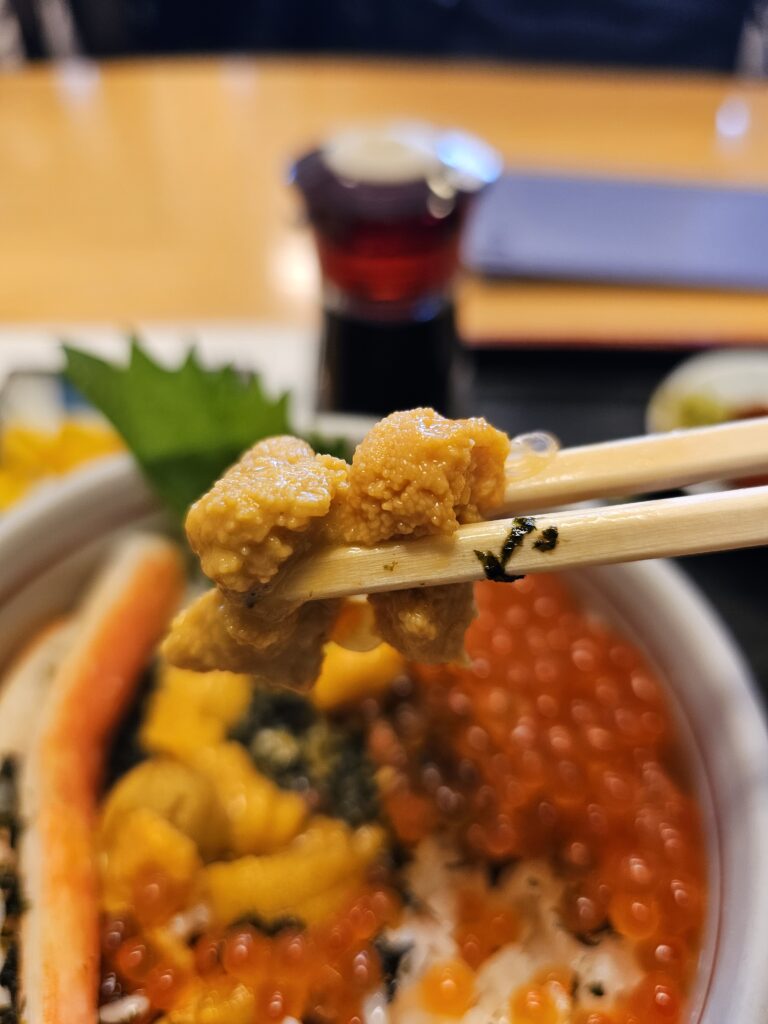
The salmon roe provided a totally different texture to the bowl with that nice popping, burst of flavor with each bite.
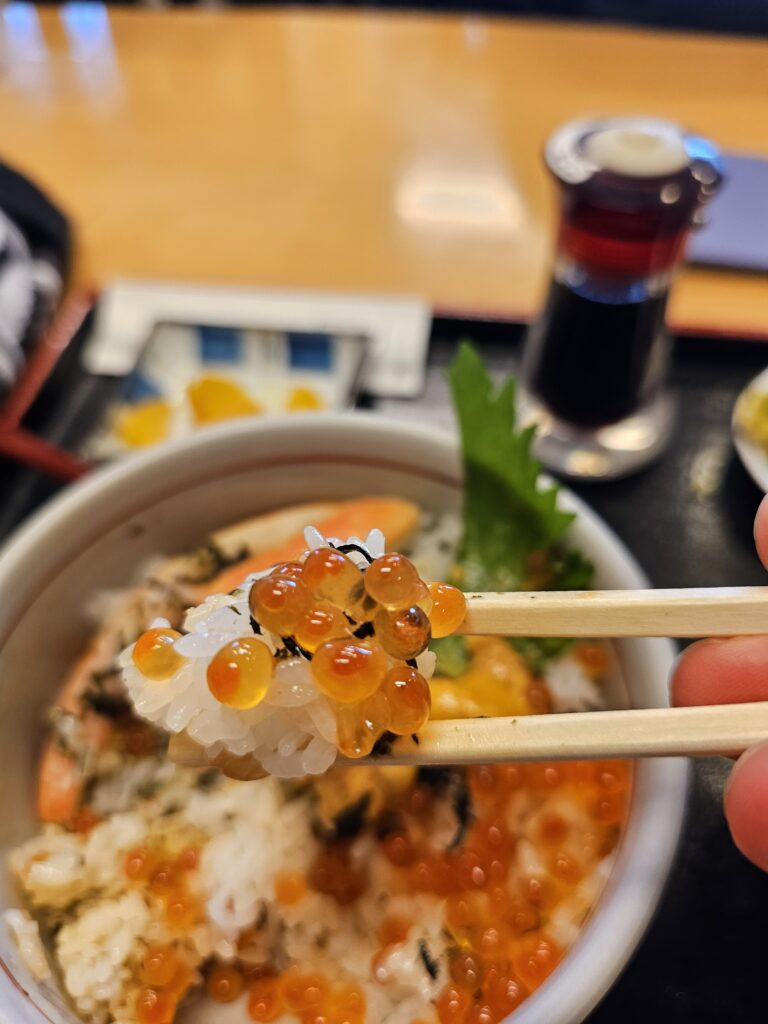
Everything blends together so well. Drizzling some soy sauce over the bowl enchances the flavor as well. The highlight for me was the crab. I couldn’t believe how naturally sweet and salty it was!
Maruishi Shokudo
The second restaurant I went to within the market was called Maruishi Shokudo which was located in the same building as Ikuratei. The menus were very similar. The combination of what kind of seafood was on top of the donburi would be somewhat different from restaurant to restaurant.
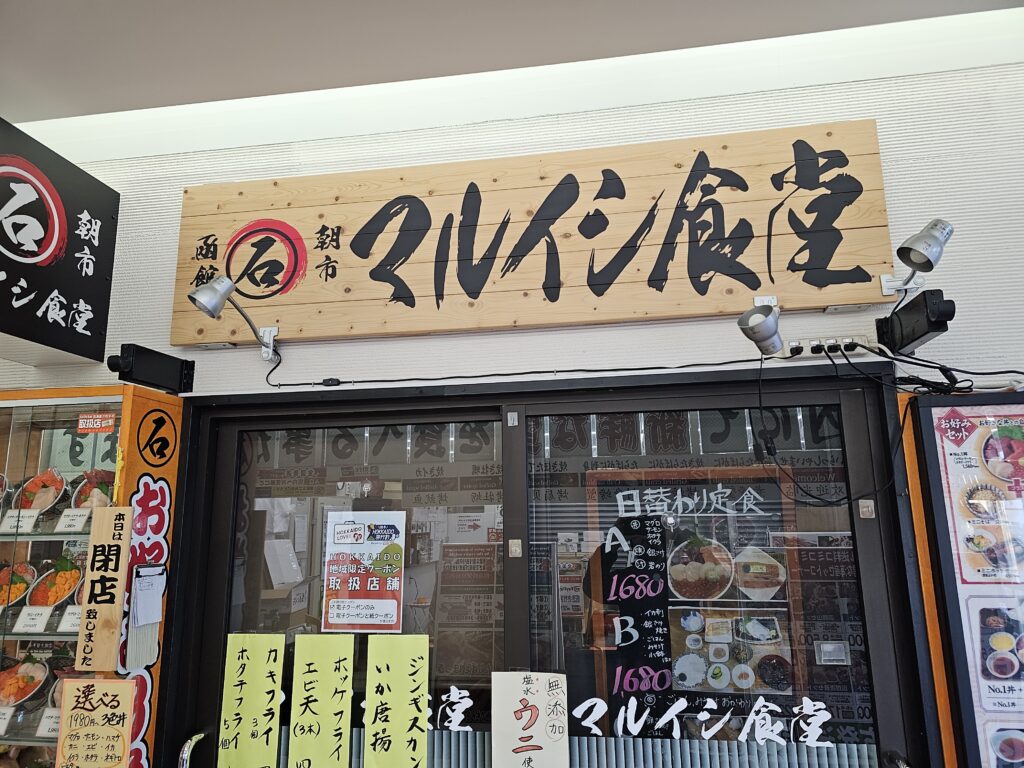
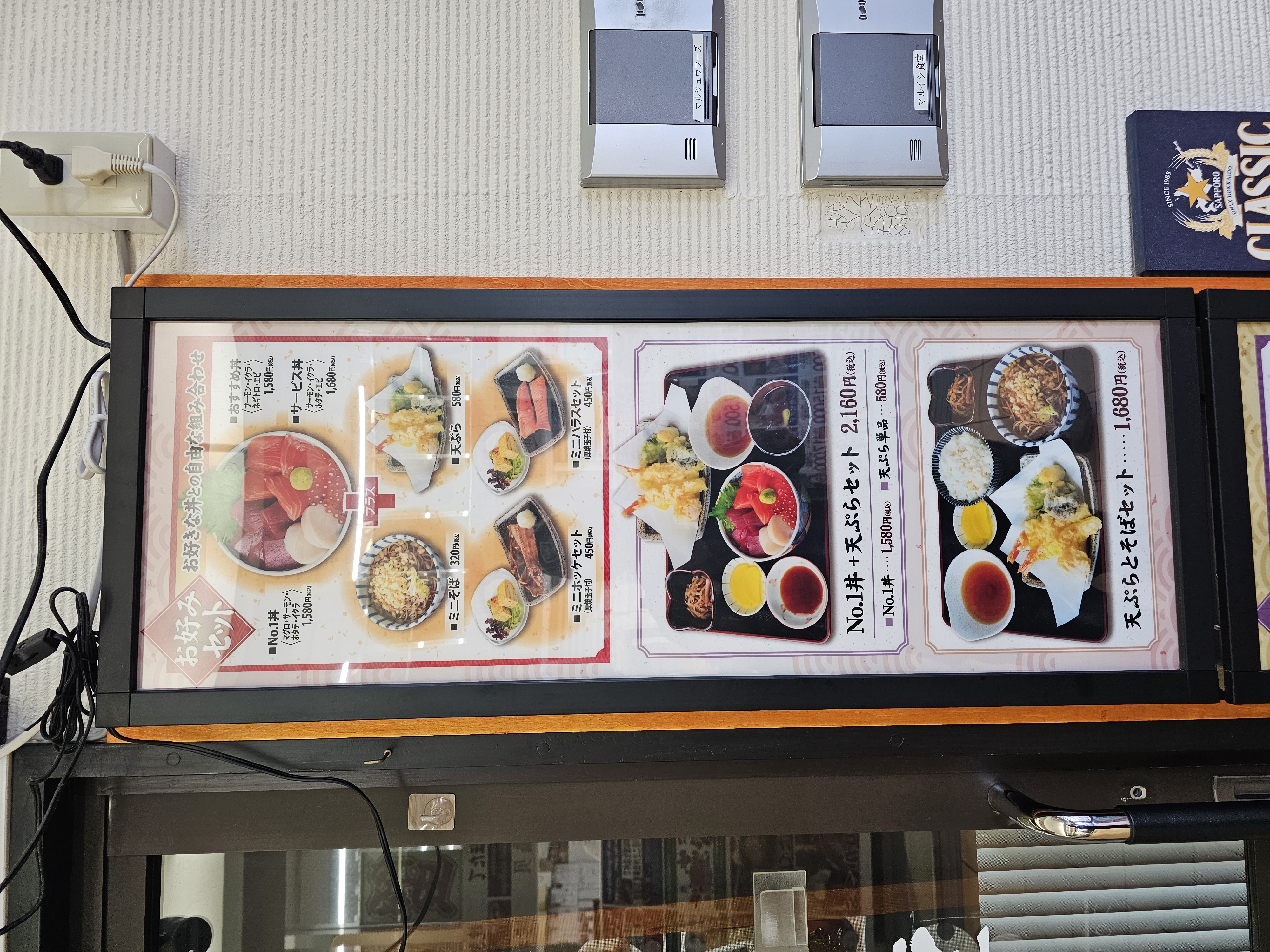
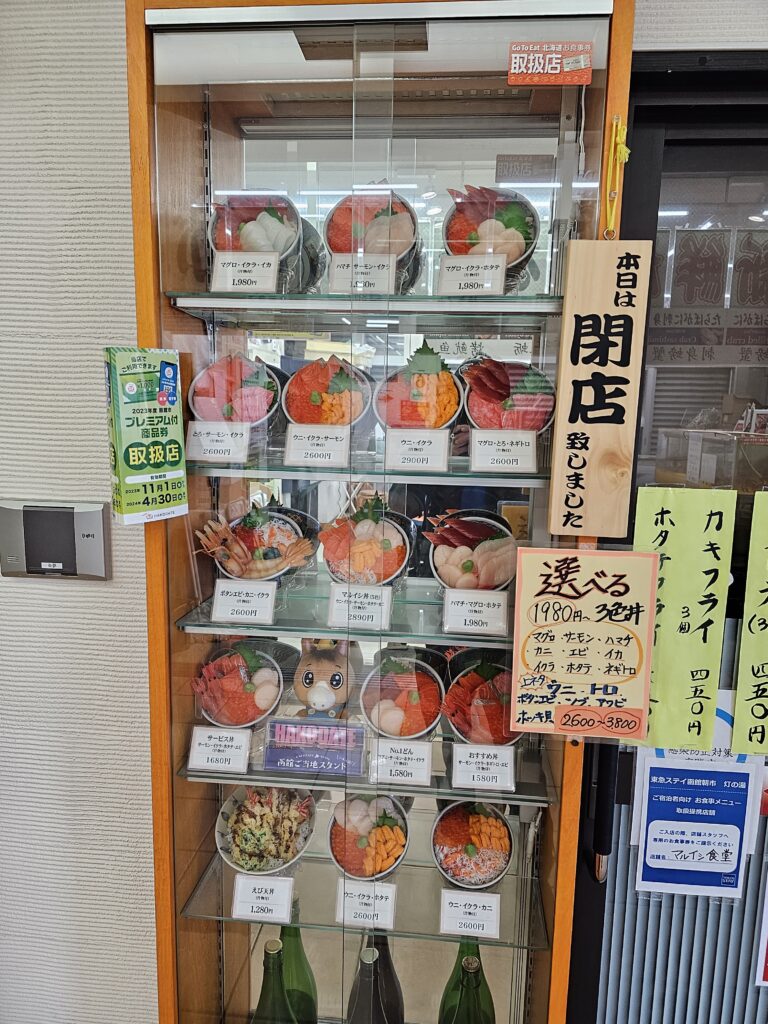
Maruishi Shokudo stood out to me because they had a bowl that included scallops, tuna, and yellowtail (1980 yen, $13.47). I had scallops the previous night for dinner at another restaurant and they were amazing, so I wanted to double down on them for breakfast.

The scallops were tender and extremely sweet. So good!
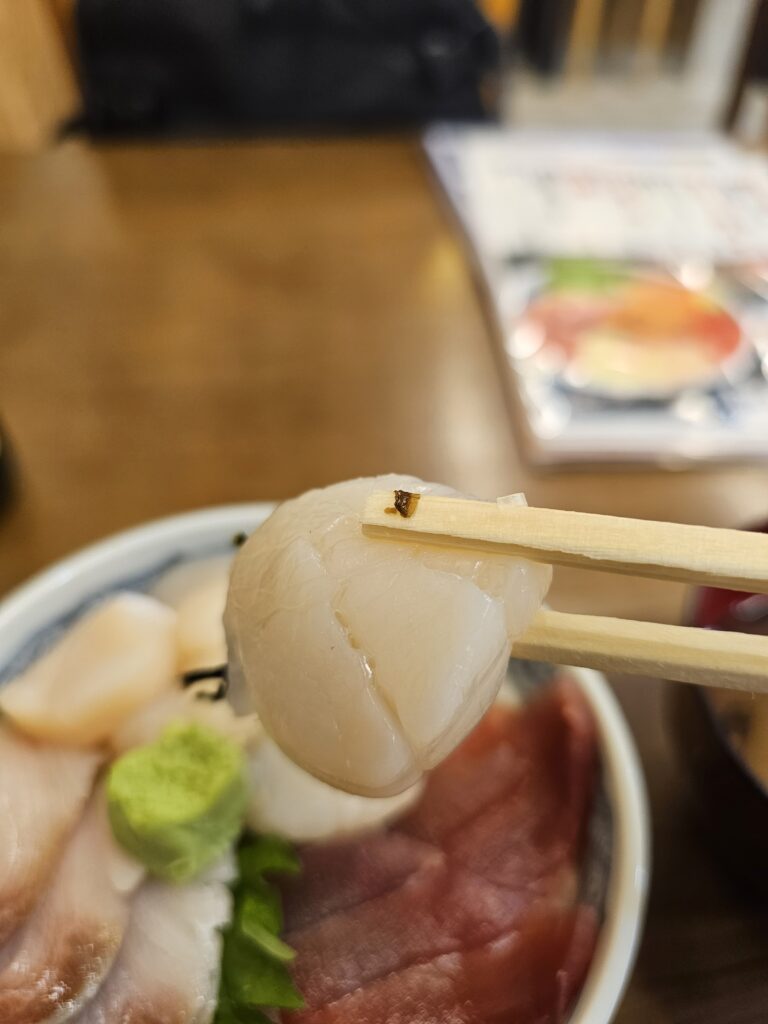
Both the tuna and yellowtail just melted in my mouth. No chewy parts at all.
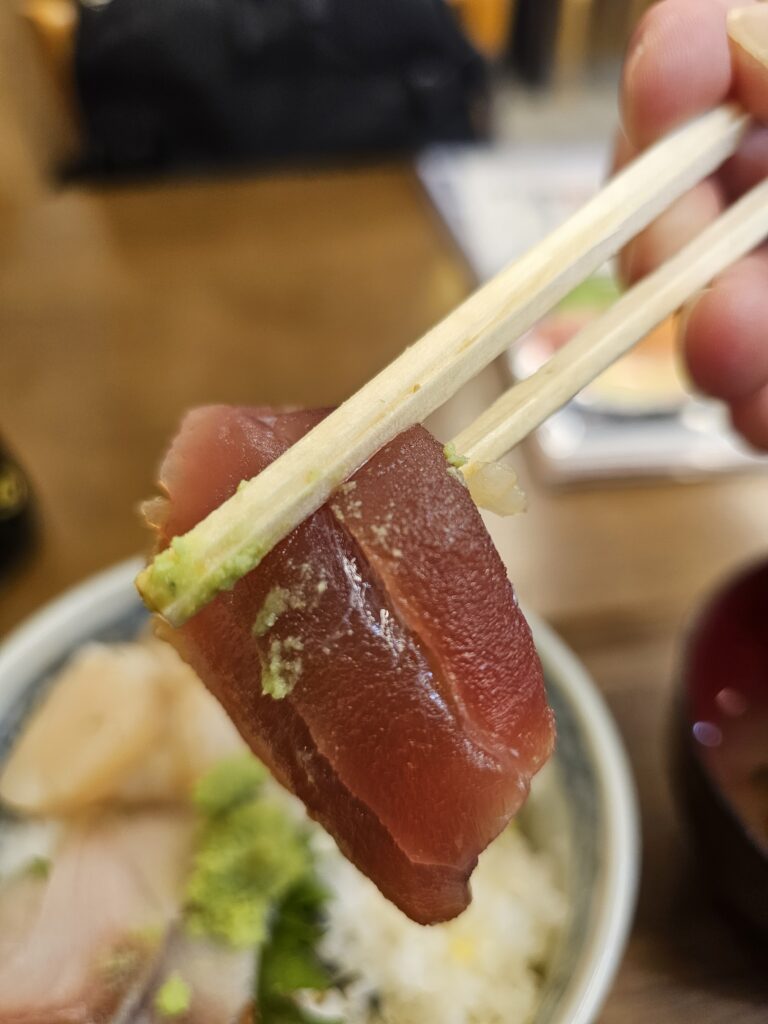
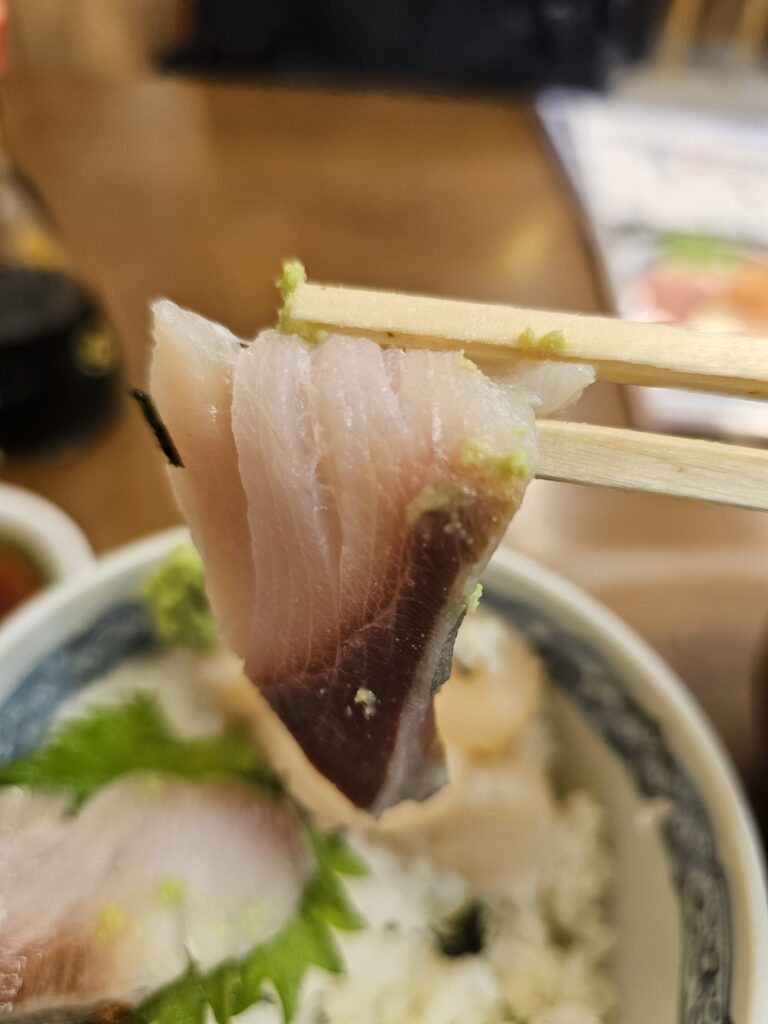
The scallops and fish were extremely fresh. Another outstanding donburi bowl. The seafood and donburi bowls are must gets when visiting the Hakodate Morning Market. Very affordable and just amazing seafood!
The Produce
Something that also warrants attention at the Hakodate Morning Market is the produce. Hokkaido is the largest agricultural area in Japan and produces many fruits and vegetables. The corn and melons are a couple of the notable products from Hokkaido so I had to try them!
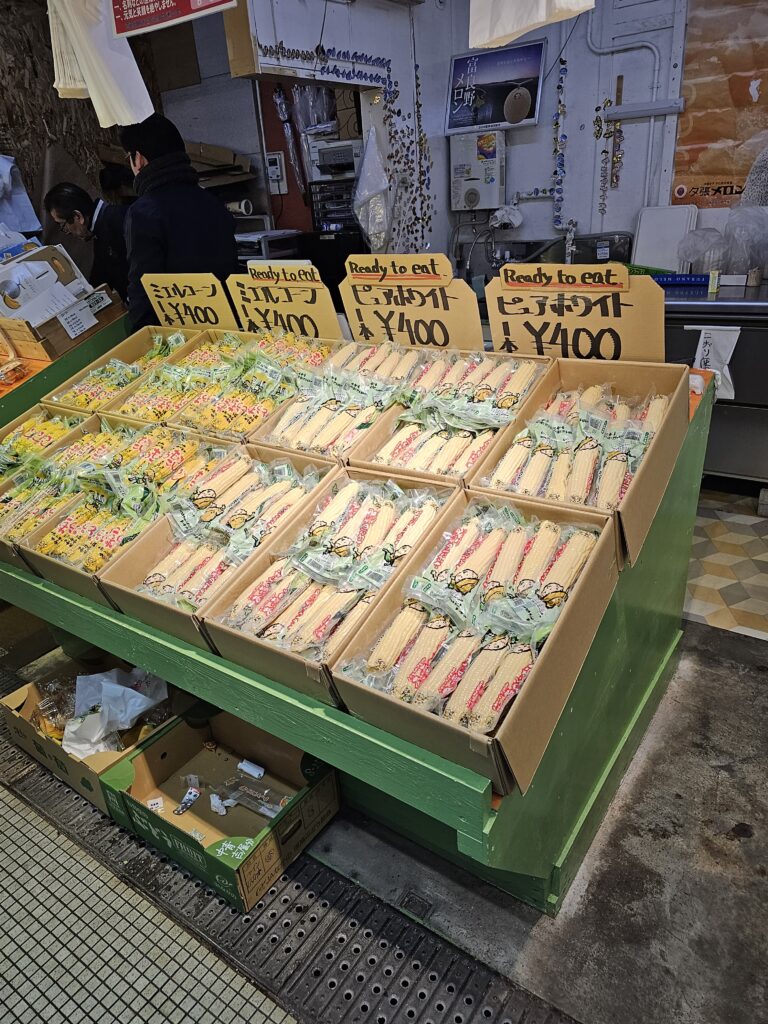
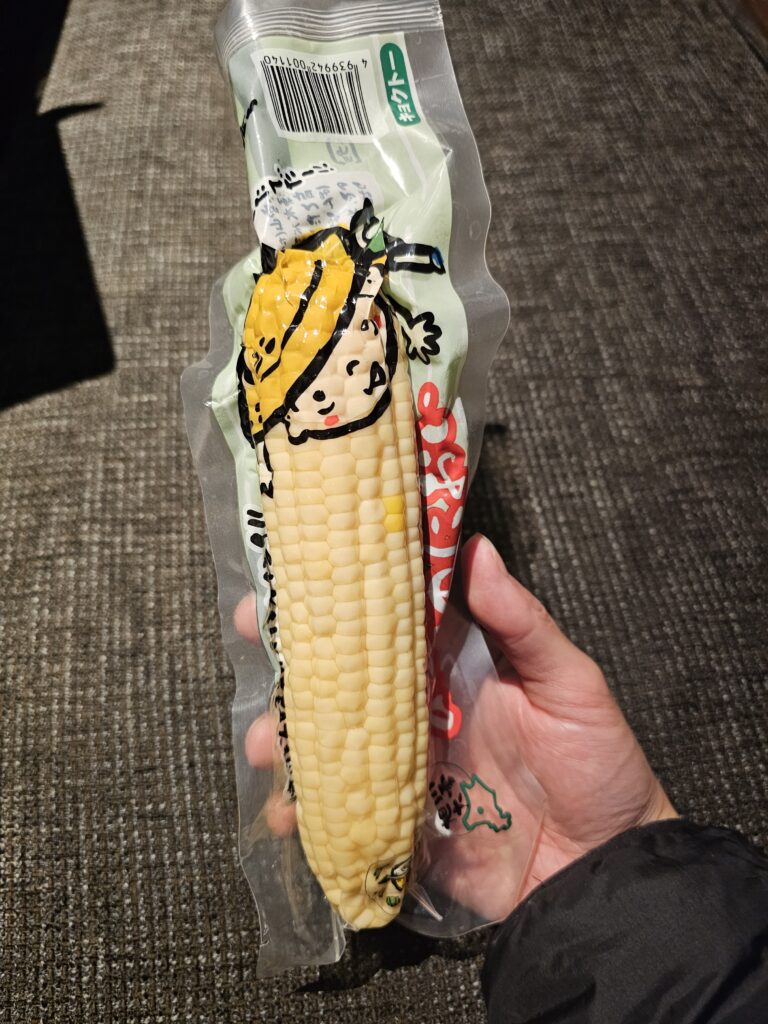
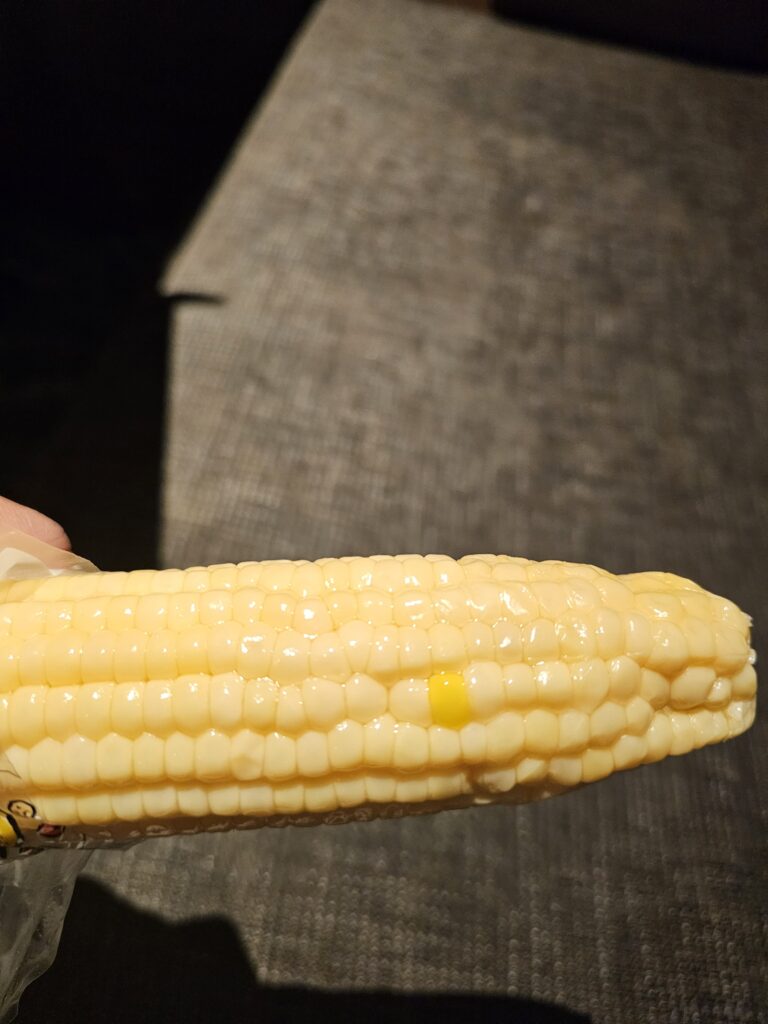
At hte morning market you’ll find stalls with vendors selling individually plastic wrapped corns like the above photos. They’re about (472 yen, $2.72) a piece. It’s well worth the price. Once you unwrap the corn it’s ready to eat. It’s hands down the sweetest corn I’ve ever eaten. It tasted like cream of corn. It’s pretty insane how sweet the corn was.
Many of these same stalls and vendors will sell slices of Hokkaido cantaloupe as well (500 yen, $3.40). They’re conveniently cut up so you can use a tooth pick to pick up pieces of the slices.
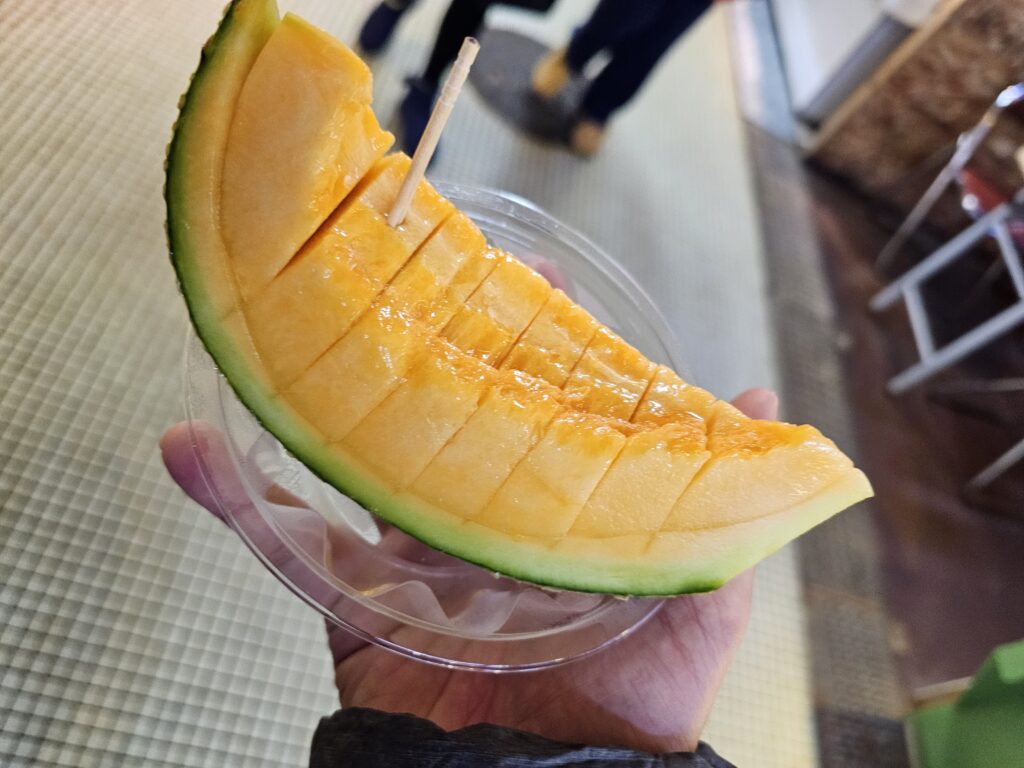
This wasn’t quite as sweet as I anticipated, although this was in December, not exactly prime melon season. The melon was still super juicy , it really explodes with a great cantaloupe flavor. This one was not super sweet though. Still pretty quality. I’m sure in the summer these would be insanely good.
The last bit of produce that I got were strawberries\ (861 yen, $5.86). These were very sweet and very juicy. Super tasty. I was surprised how sweet they were since I didn’t think they’d be in season.
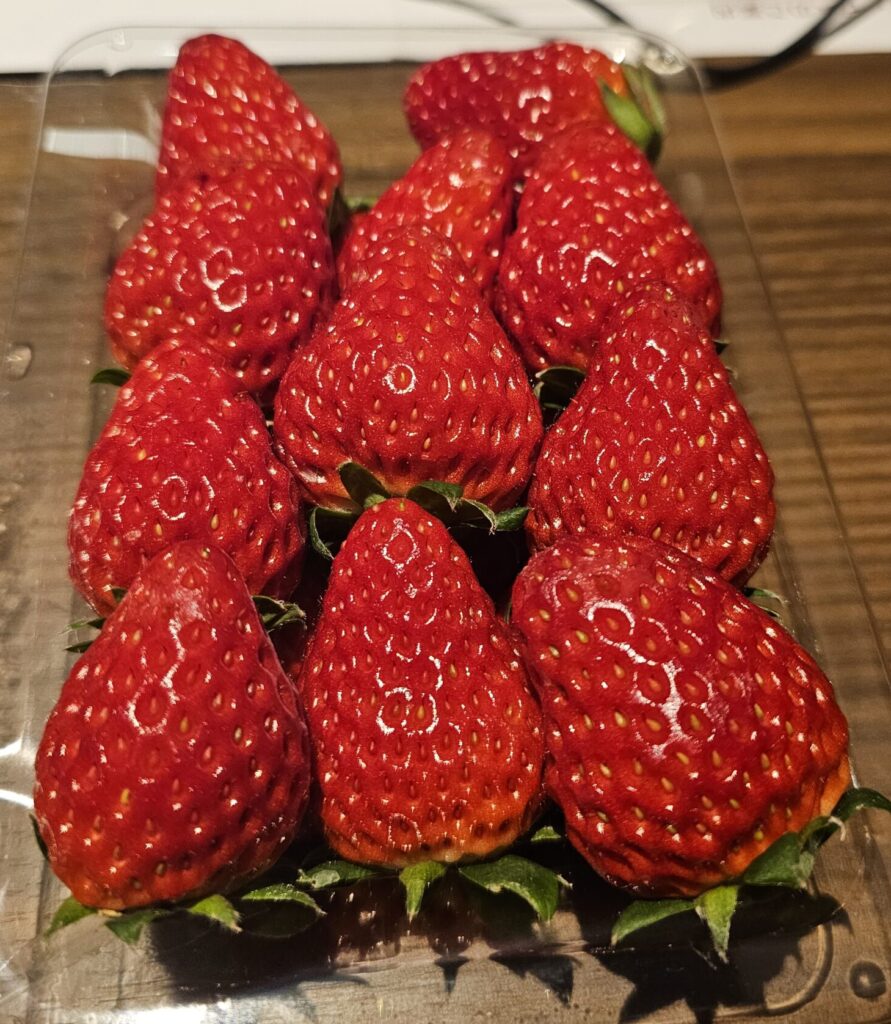
Perfect Place To Start Your Day
The Hakodate Morning Market is great place to kick off your day in Hakodate and grab some of the freshest seafood you can find in the country. It’s not a huge, robust market place, but that’s part of the charm. It won’t take you too long to walk through the entire Hakodate Morning Market but it might take some time to figure out what you want to eat exactly. There’s A LOT of seafood to try here and you certainly should try to fill yourself up with as much as your wallet will allow. I definitely recommend grabbing as much of the produce as you can too!
-
Soup Curry In Hokkaido, Japan Is Simply A Must Try
What is Soup Curry?
Originating from Sapporo, soup curry is a local specialty dish that was first created in the early 1970’s. A blend of Chinese and Indian spices it quickly became a local favorite with more of these soup curry shops opening up throughout Sapporo. These days there’s around 200 locations selling this unique dish in Sapporo.
Generally soup curry consists of a light curry flavored seasoned soup, a chicken leg, and roasted vegetables. There can be other types of meat included and vegetables can change with the seasons but basically this is soup curry.
Soup curry may have originated in Sapporo but it’s also very popular in Hokkaido in general. While in Hakodate it was definitely a food I was on the lookout for.
Begirama
I was able to find a soup curry spot that wasn’t too far away from the hotel I was staying at called Begirama. It had good ratings on Google (for what it’s worth) so I was excited to give it a try! It was definitely a popular place, which is always a good sign. I waited about 10-15 minutes to be seated which isn’t too bad.
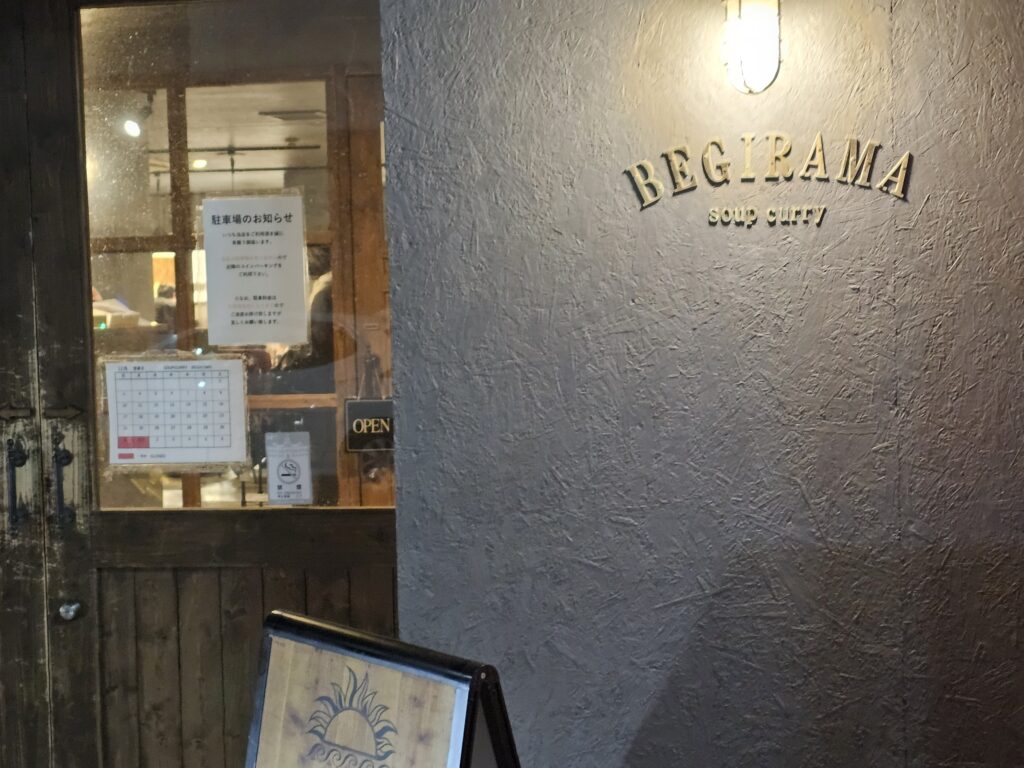
They had several types of soup curry at Begirama. I didn’t know much about soup curry, but in reading about it recognized that the usual meat was chicken leg. That one happened to be the “No. 1” dish, at least per the menu, so it seemed like a no brainer to try.
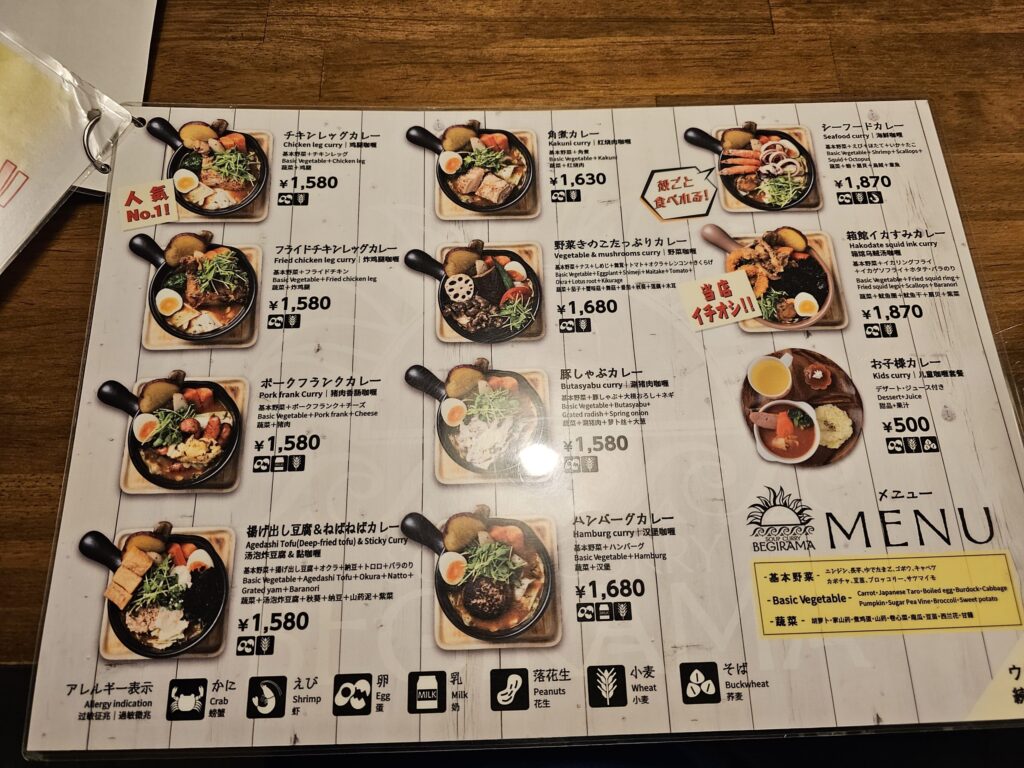
The Chicken Leg Soup Curry
Outside of the chicken leg the dish consisted of lots of veggies – broccoli, mushroom, half an egg, carrot, potato, cabbage, eggplant, pumpkin – and you get a medium rice along with it and chose very spicy.
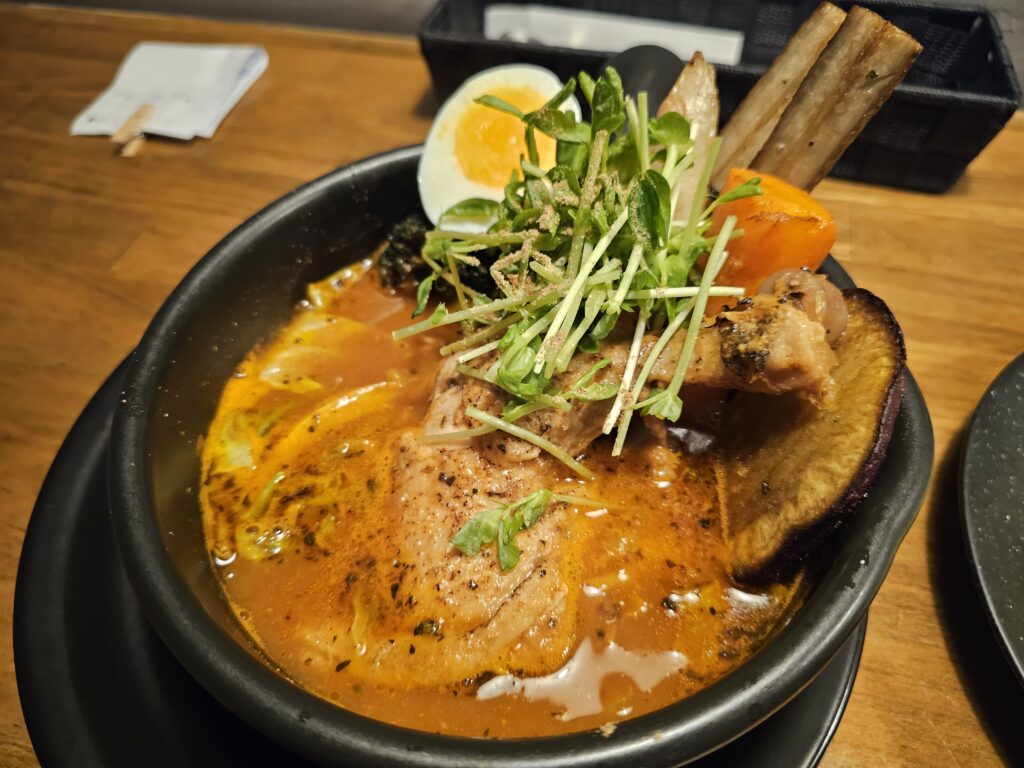
The broth was really interesting. There’s a deep curry taste to it…but in soup form. I mean no shocker there since this IS soup curry after all, but as someone that’s only had “regular”, thicker curry, it was still very strange to be slurping it in soup form.
It was also deeply satisfying. Especially on a cold December evening. The mixture of all the different spices was extremely tasty. It definitely had a kick to it and was actually quite spicy, which I loved!
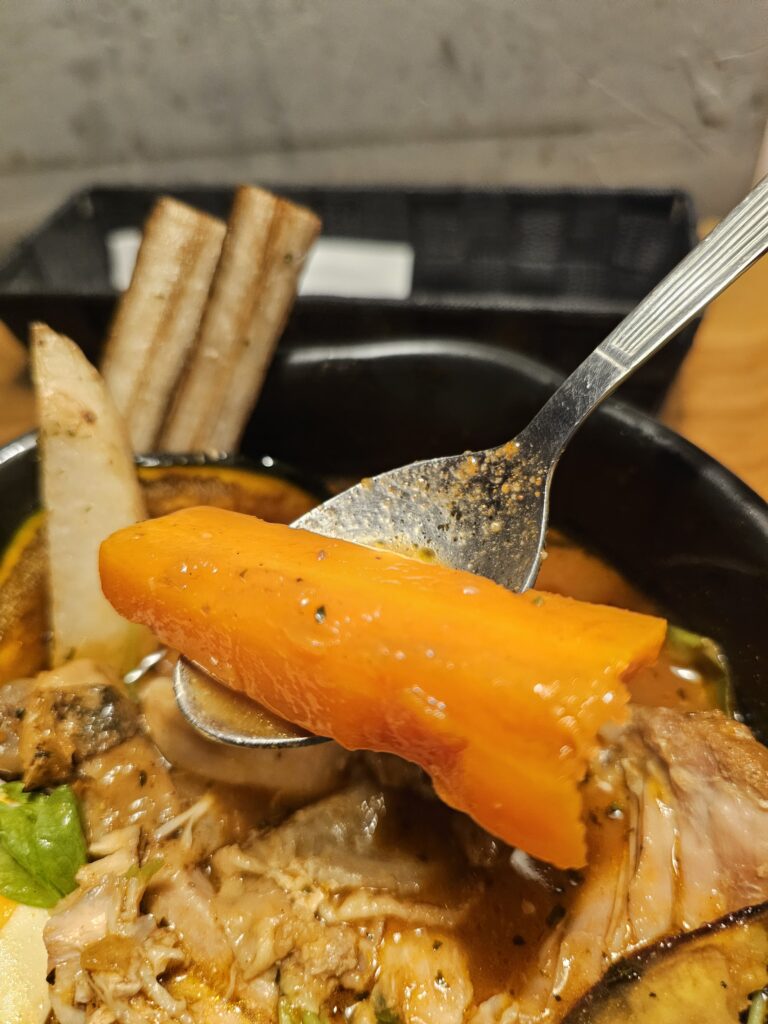
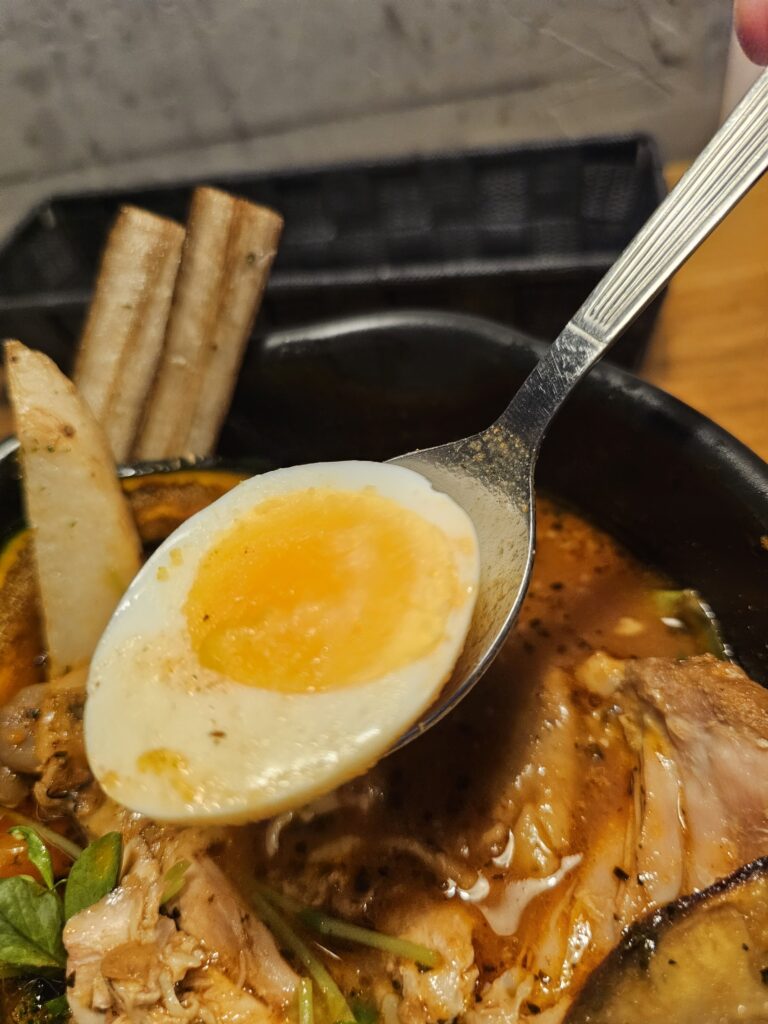
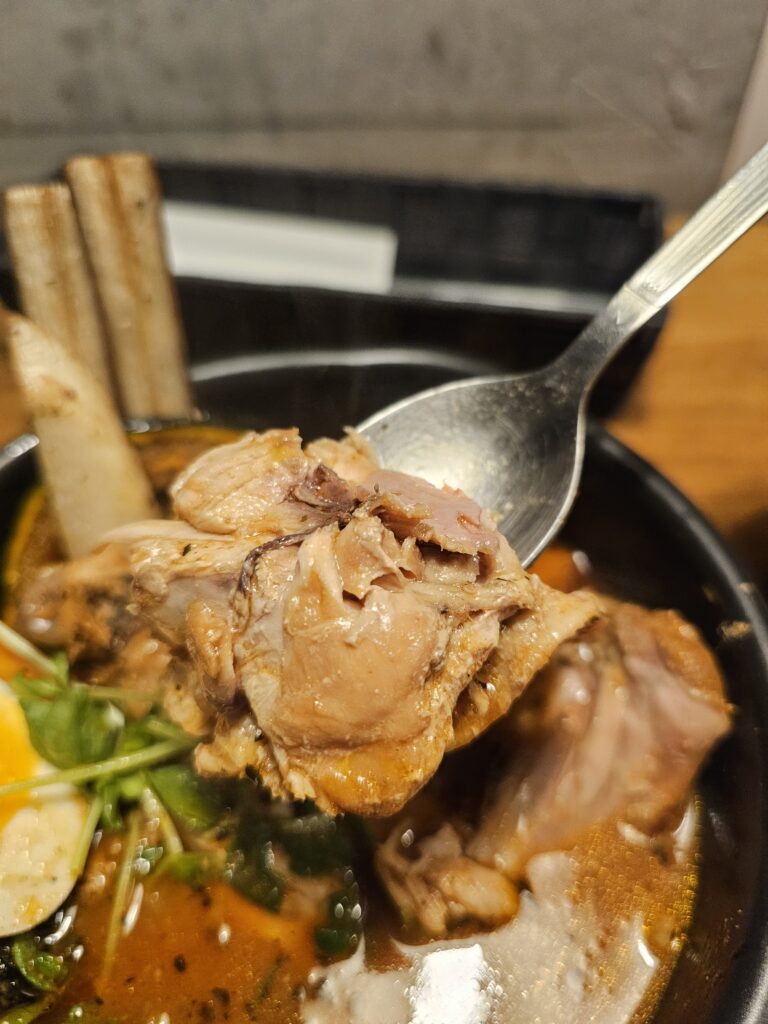
The chicken was VERY tender. It easily fell off the bone in chunks. There was really quite a lot of vegetables in the bowl too. Quite the variety as well. All the veggies seemed to be prepared differently with some being baked, boiled, and grilled. This, along with the general variety in vegetable texture, provided a different experience with each spoonful, which was great! Of course dipping the rice into the soup and grabbing some veggies and meat was the optimal spoonful.
It was very, very tasty. The more of the soup I had, the more I appreciated its uniqueness and really enjoyed it.
Is Soup Curry Worth Trying?
If you enjoy curry than soup curry is something you absolutely must try in Hokkaido. It’s one of the area’s signature dishes for one. It’s literally curry in soup form. A totally different take on a beloved dish. It’s so unique and ultimately satisfying.
Outside of Genghis Khan (grilled mutton), and miso ramen, soup curry is one of the most famous dishes in Hokkaido that has really blown up in popularity since its introduction back in the 70’s.
In my other travels in Japan, outside of Hokkaido I haven’t seen soup curry. I’m guessing in Tokyo or any other large city there must be places that serve the dish, I didn’t go out of my way to look for it down in the Tokyo area. But I don’t recall seeing it when walking past all the millions of restaurants you see in Tokyo. This makes ordering the dish even more important if you find yourself traveling in Hokkaido. Order it and enjoy it, you aren’t likely to find it in other parts of Japan or back home!
-
Cheap Eats Tokyo Station: Check Out Honnoriya
Looking For A Quick, Cheap Bite To Eat At Tokyo Station?
Tokyo Station is a major train station within Tokyo. It’s absolutely massive. There are too many restaurants / food stalls and shopping in general to count. I mean there’s even a small Pokemon center within this station. There will be a TON of food options to choose from here. Dining depends on if you want a sit down meal or if you’re taking a longer train ride and want something a little lighter to snack on while on the train. Prices, of course vary but there are some very cost effective and convenient places to grab some food. One such place is Honnoriya.
Honnoriya – Handmade Onigiri Rice Balls
Honnooriya specializes in making a large selection of onigiri.
What is onigiri? It’s basically a rice ball shaped in the form of a triangle and generally wrapped in nori. Fillings can include salted fish or pickled vegetables. Really anything salted or sour. Orginally, these salted or sour ingredients were used as natural preservatives so the onigiri could be taken on longer trips and still be edible. Today, onigiri is basically the same. The types of filling may have increased in variety but they remain a very popular food for those on the go. You can find onigiri everywhere. Pretty much all convenient stores, stands, you name it, will generally have them.
I was taking a Shinkansen from Tokyo Station to Hakodate which takes a little over four hours so I wanted something I could snack on during the trip. I’m not someone that likes eating a heavy meal before or during a train ride so finding Honnoriya was quite fortunate.
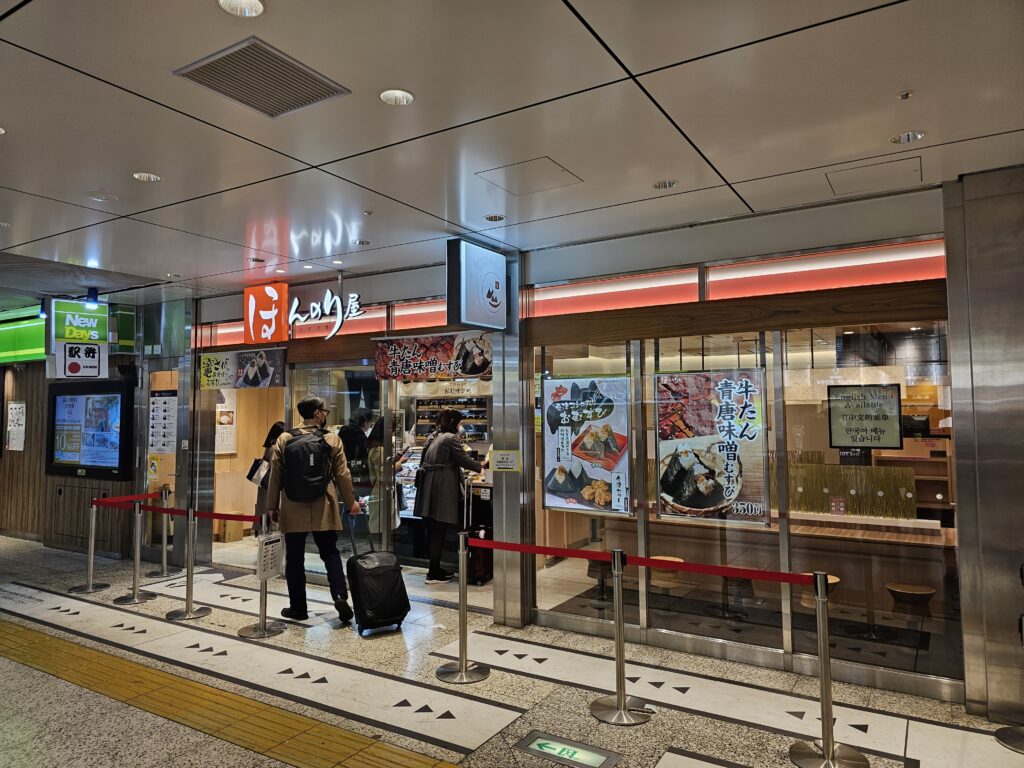
They definitely offer a large menu of onigiri here.

Service is great, all the available onigiri are right there in front of you to choose from (which can be hard if you aren’t used to all the different variety!). It’s a great place to run in and grab food if you’re in a rush to catch a train. These are also very affordable and can certainly be eaten as a meal. There may be cheaper eats in the Tokyo Station but I’m not sure that the quality will be as good as these.
The Onigiri
I ended up getting the grilled cod roe (240 yen, $1.60) and the roasted salmon (290 yen, $1.93) for the trip.
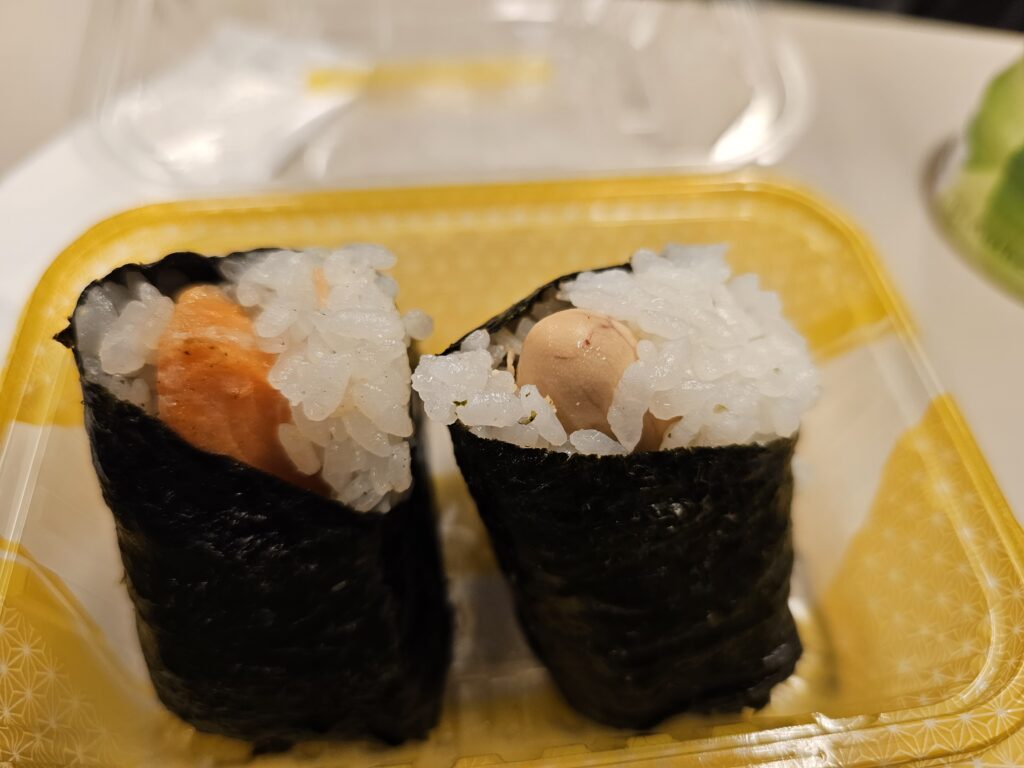
The roasted salmon (left) and grilled cod (right) The cod onigiri had a big chunk of grilled cod, that was nicely salted. Solid rice ball for sures.
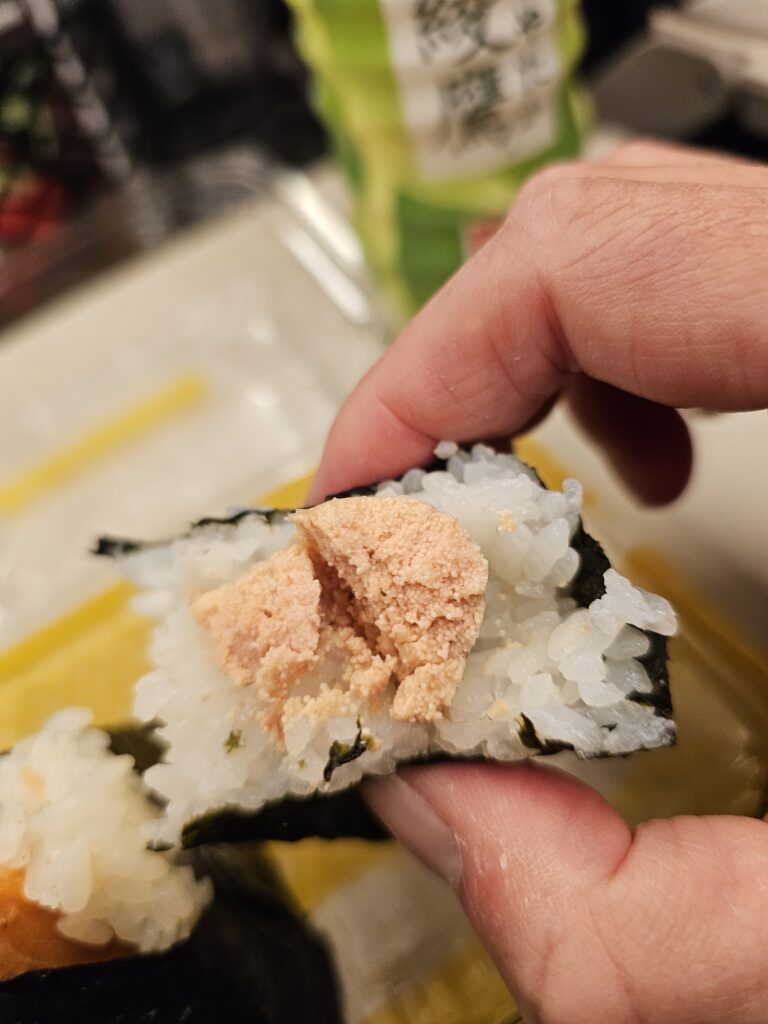
The salmon was quite salted but very tasty. The chunk of salmon was pretty large with this as well.
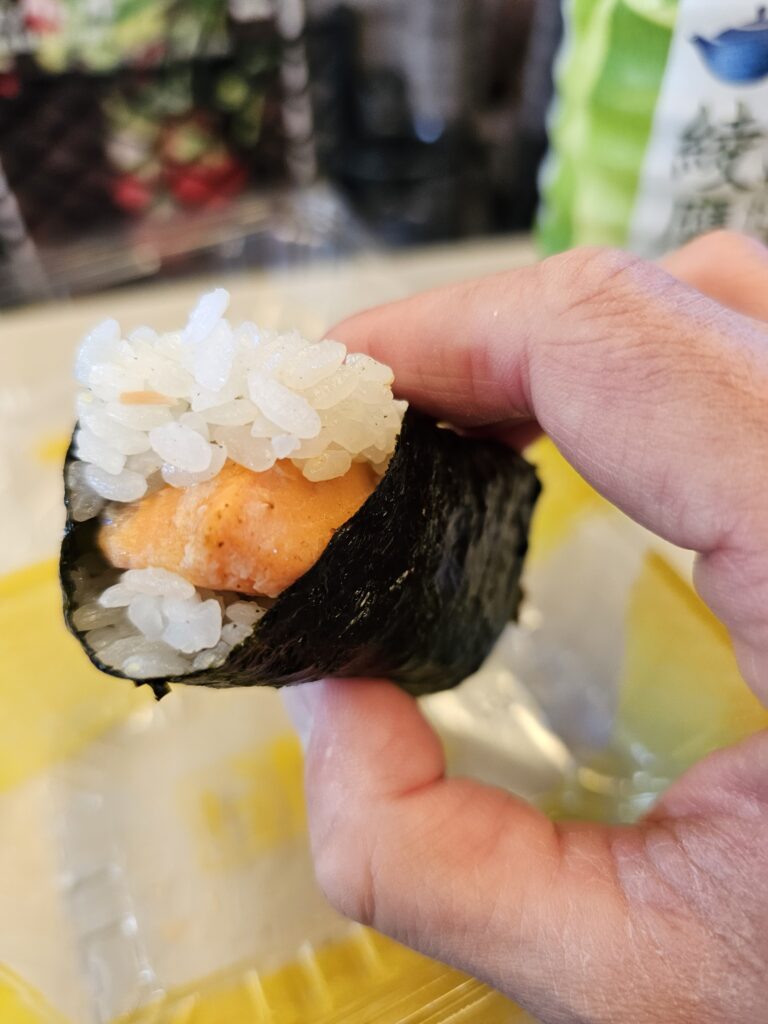
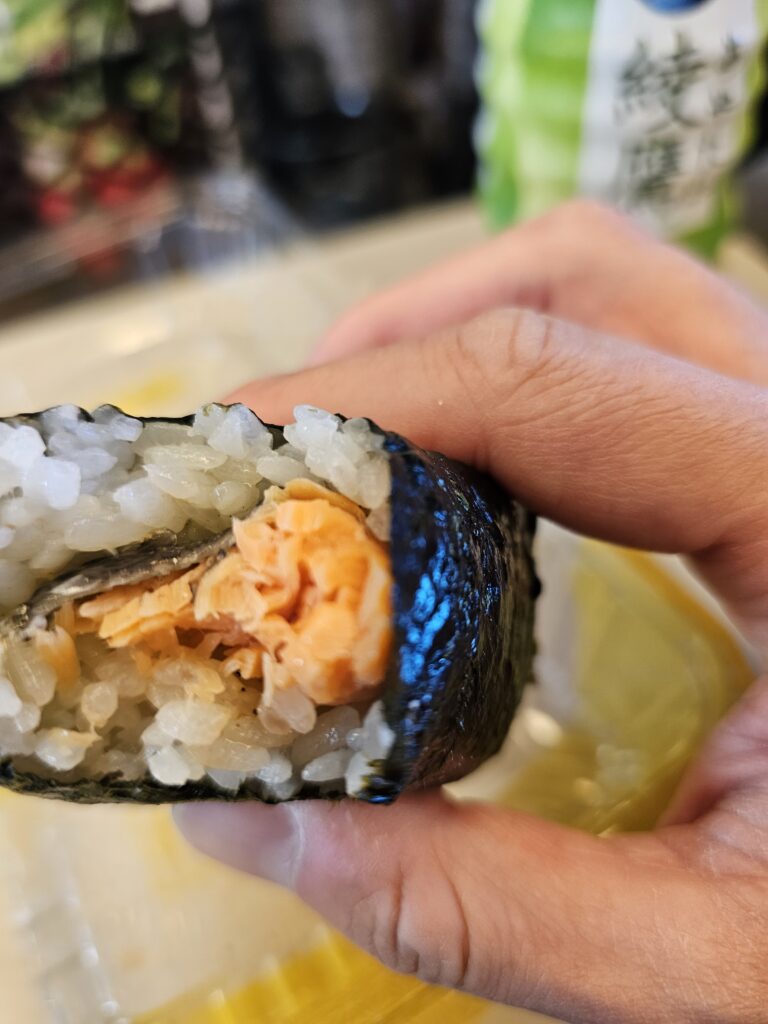
The rice for both of the onigiri were lightly seasoned. Something that separates these onigiri from the ones you can buy from any convenient store is the quality and the size of the fish pieces. Both the cod and salmon are good quality chunks of fish and they’re quite large to boot. The ones from the convenient stores (at least the ones I had) didn’t have big chunks of fish like these. There was definitely much more rice and the price reflected as such.
Why Eat Here?
The convenience and the price, simply put. Grabbing food on the go that’s filling, cheap, and tasty. These are fairly large onigiri and will definitely provide a quality snack / meal for your train ride. For the two onigiri I bought it was a combined $3.53 USD. Certainly a good price to pay for two of these rice balls. If you’re searching for cheap eats within Tokyo Station be sure to check out the onigiri at Honnoriya!
Located in: Tokyo Station
Address: 1 Chome-9-1 Marunouchi, Chiyoda City, Tokyo 100-0005, Japan
Phone: +81 80-4204-1355
Hours:
Thursday 6 AM–10 PM Friday 6 AM–10 PM Saturday 6 AM–10 PM Sunday 6 AM–10 PM Monday 6 AM–10 PM Tuesday 6 AM–10 PM Wednesday 6 AM–10 PM -
Bustling Ameyoko Shopping Street Has A Little Bit Of Everything
What is the Ameyoko Shopping Street?
Ameyoko Shopping Street in the Ueno district includes more than 400 stores selling all manner of goods. You can find seafood, clothing, bags, cosmetics, dried food, sweets. You name it, you can probably find it on this bustling street. There’s A LOT of stores, shops, and restaurants crammed into this area. Prices are fairly cheap as well.
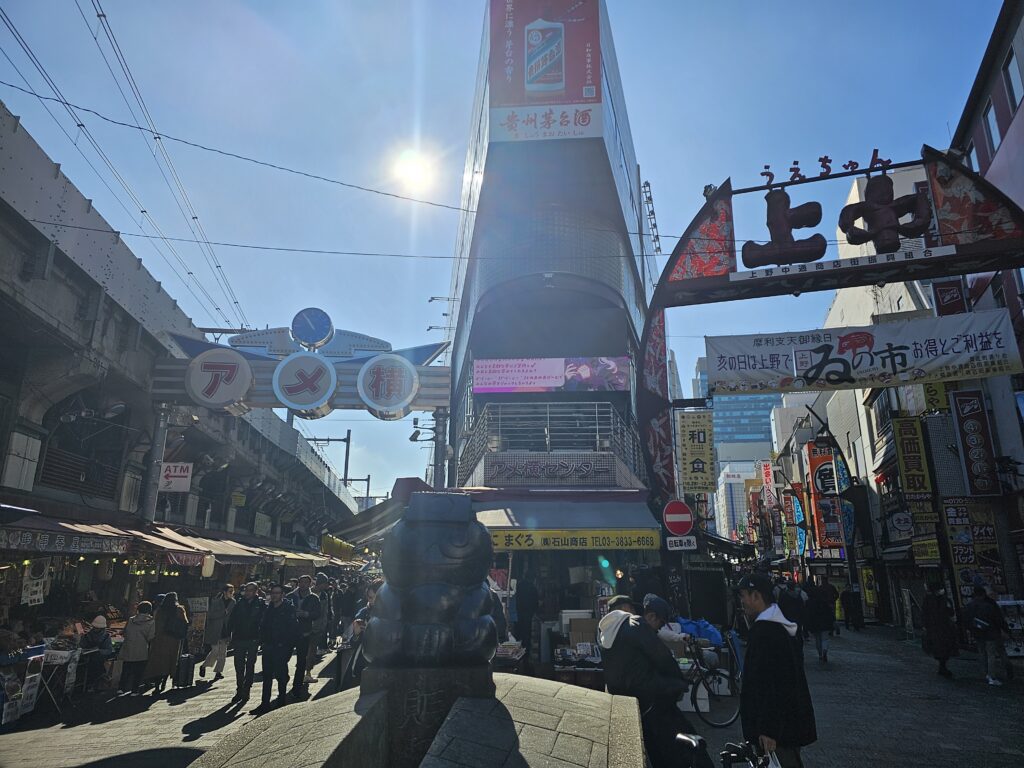
Ameyoko is located right next to Ueno Park and Ueno Station which makes for a great place to stop by before or after a day in the park to grab some food. There’s a TON of places to eat around the area, so you’ll definitely be able to find something to munch on!
Himuro Ueno Ramen
I didn’t even know Ameyoko existed. I went to Ueno with the intent on going to the park and hitting up the museums. I did want to grab some food prior to heading over though and quickly saw throngs of people located near the entrance to Ameyoko and decided to walk around a bit.
One of the restaurants that caught my eye in the area was Himuro Ueno Ramen. It’s not on one of the main streets, it’s located on one of the many side streets. Having a hankering for some ramen on this particular day I decided to give it a try.
It’s one of those ramen restaurants where you order at a machine and receive a ticket to give to the chef. They can be a little intimidating if there’s no English and a line behind you. Fortunately, although there was no English, they did do something else to help us Non-Japanese speaking folk.
There were taped numbers on the machine that correlated with the numbers of the ramen photos in the front of the restaurant. So I just had to match the number. I didn’t know what anything else on the menu was but was happy to be able to get what looked like a delicious bowl of ramen.
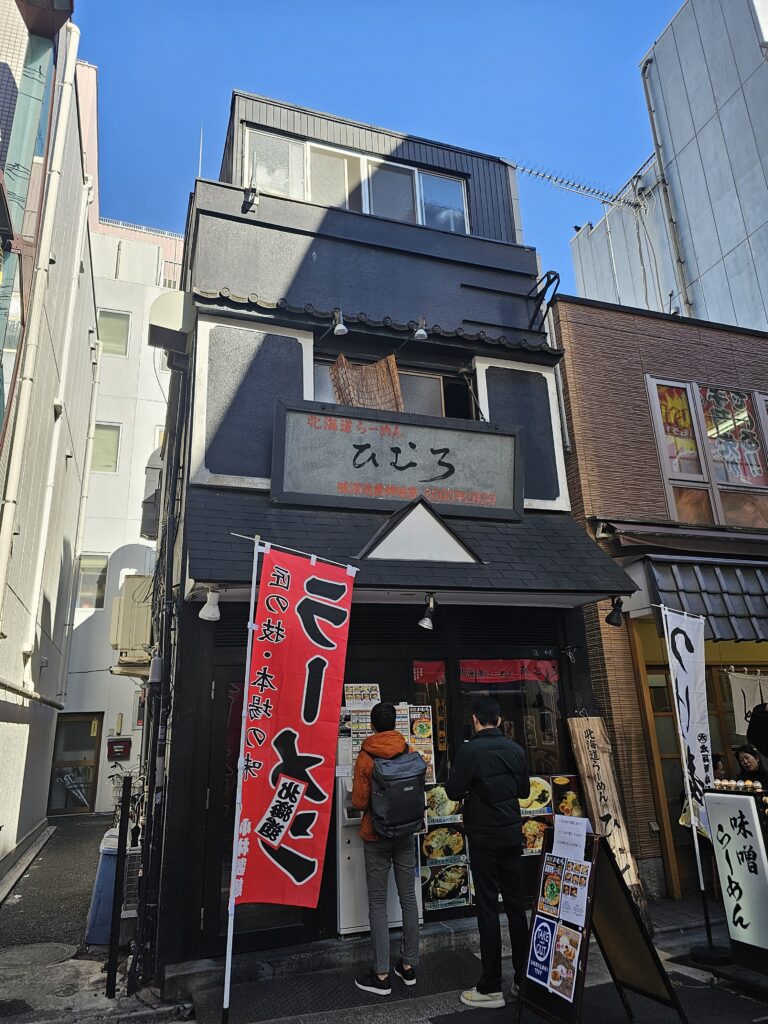
Himuro Uno Ramen storefront 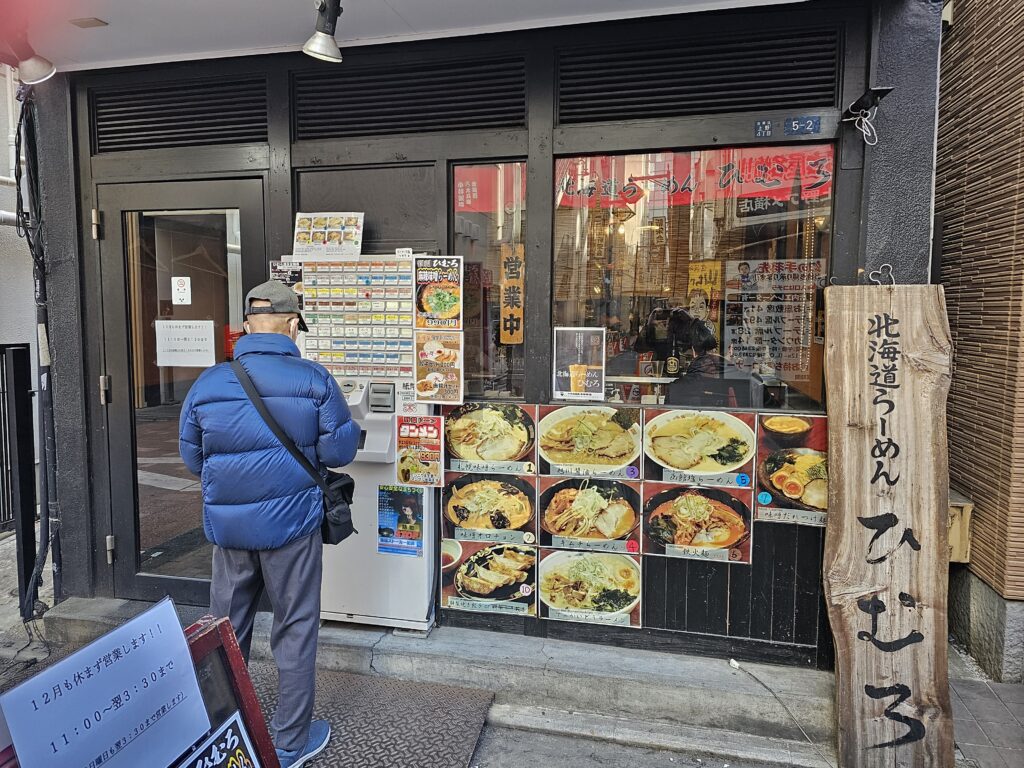
Himuro Uno Ramen with the ordering machine It’s a small restaurant with limited seating, much like many of the ramen places I visited. I really enjoy these types of places. Very homely with great ambience. You get a good look at how the ramen is made which is great.
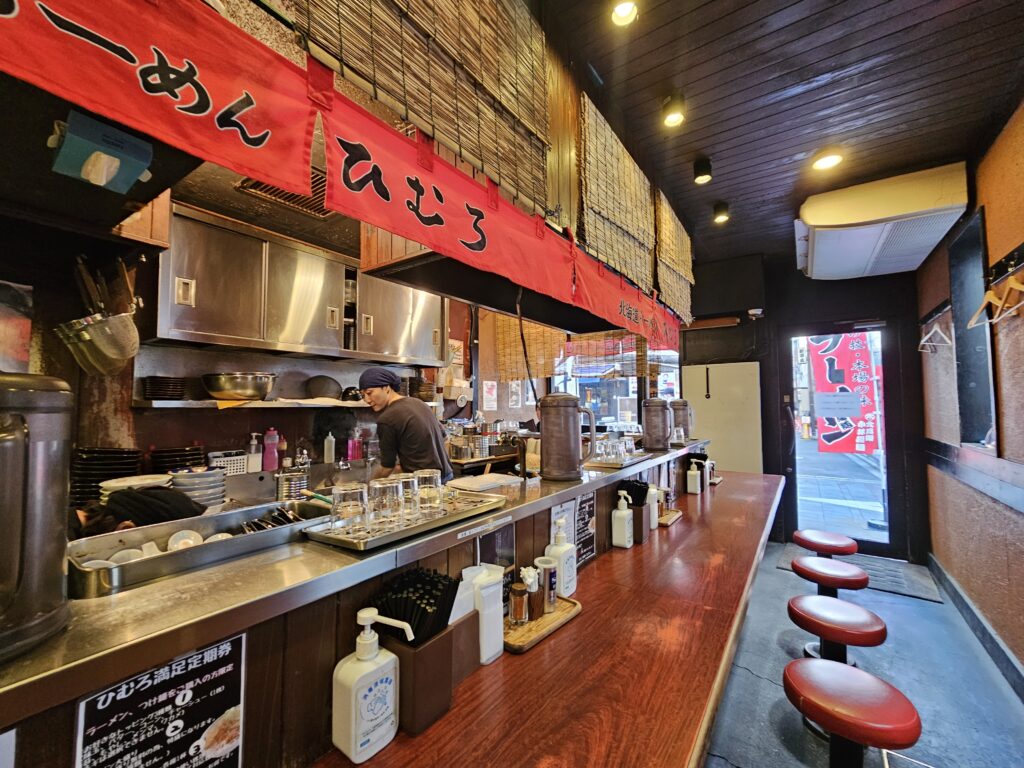
The Kimuchi Ramen Medium Spicy
I ended up getting the Kimuchi Ramen Medium Spicy (980 yen, $6.68). The ramen came out piping hot about ten minutes or so after I handed them the ticket.
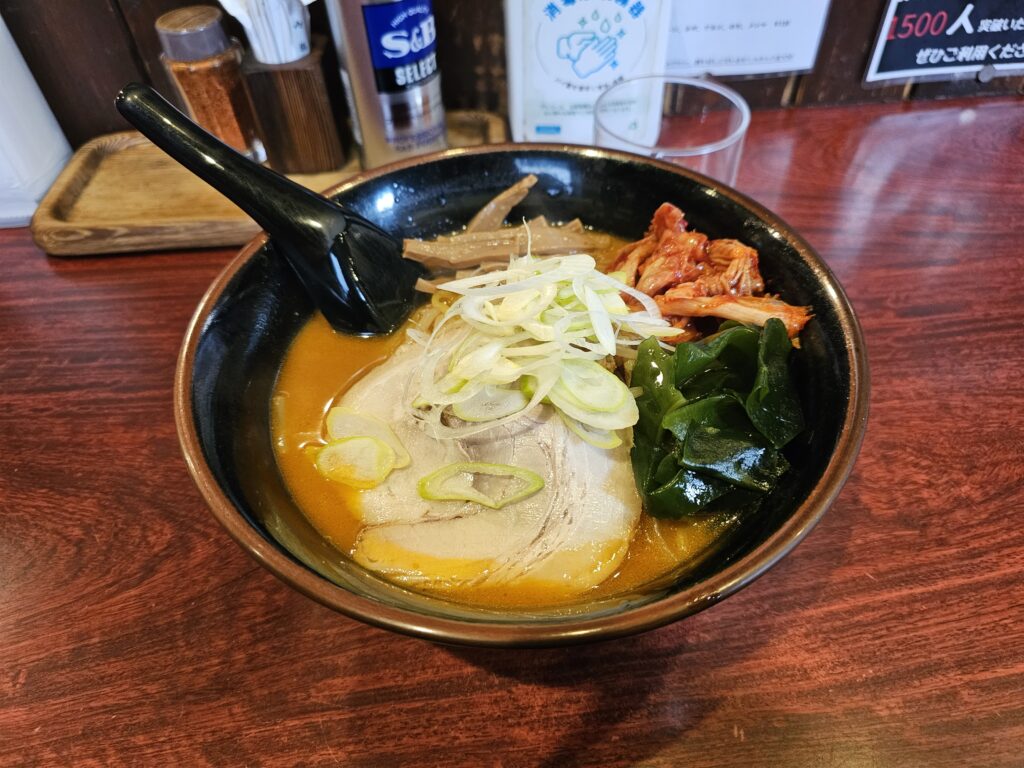
It came with 1 piece of pork chashu, bamboo shoots, kimchi, seaweed, bean sprouts, and green onion. Lots of goodies were in it! The broth had a nice rich flavor to it and was fairly spicy. Not sure what the base was but it was quite tasty.
The chashu was very thin and lean. It wasn’t heavily salted or seasoned but tasted great.

The noodles were thicker and curly. Defintely al dente with a nice bounce to them and they tasted very fresh as well.
There’s a good number of textures within this bowl of ramen. From the chewiness of the noodles to the crunch from the bean sprouts, bamboo shoots, kimchi and seaweed. They all delivered a different type of crunch with each bite, which is always a nice!
Overall this was a hearty bowl of ramen with a lot of goodies in it. I love kimchi so having that included in it was really nice and added to the overall flavor of the ramen broth.
Himuro Ramen
Address: 4 Chome-5-2 Ueno, Taito City, Tokyo 110-0005, Japan
Hours:
Wednesday 11 AM–3:30 AM Thursday 11 AM–3:30 AM Friday(The Emperor’s Birthday) 11 AM–3:30 AMHours might differ Saturday 11 AM–3:30 AM Sunday 11 AM–2 AM Monday 11 AM–3:30 AM Tuesday 11 AM–3:30 AM Oedo-Sho Sushi
After spending the entire day in Ueno Park I decided to cap the day off with some sushi near Ameyoko Street. I stumbled upon Oedo-Sho which is a conveyer belt sushi restaurant. It’s a cheap, affordable place to enjoy some sushi. Conveyer belt sushi is defintely an experience that should be tried while in Japan. There’s conveyer belt sushi places throughout the world, but this sushi quality and selection is likely to be far superior. There’s just a ton of different cuts of fish here.
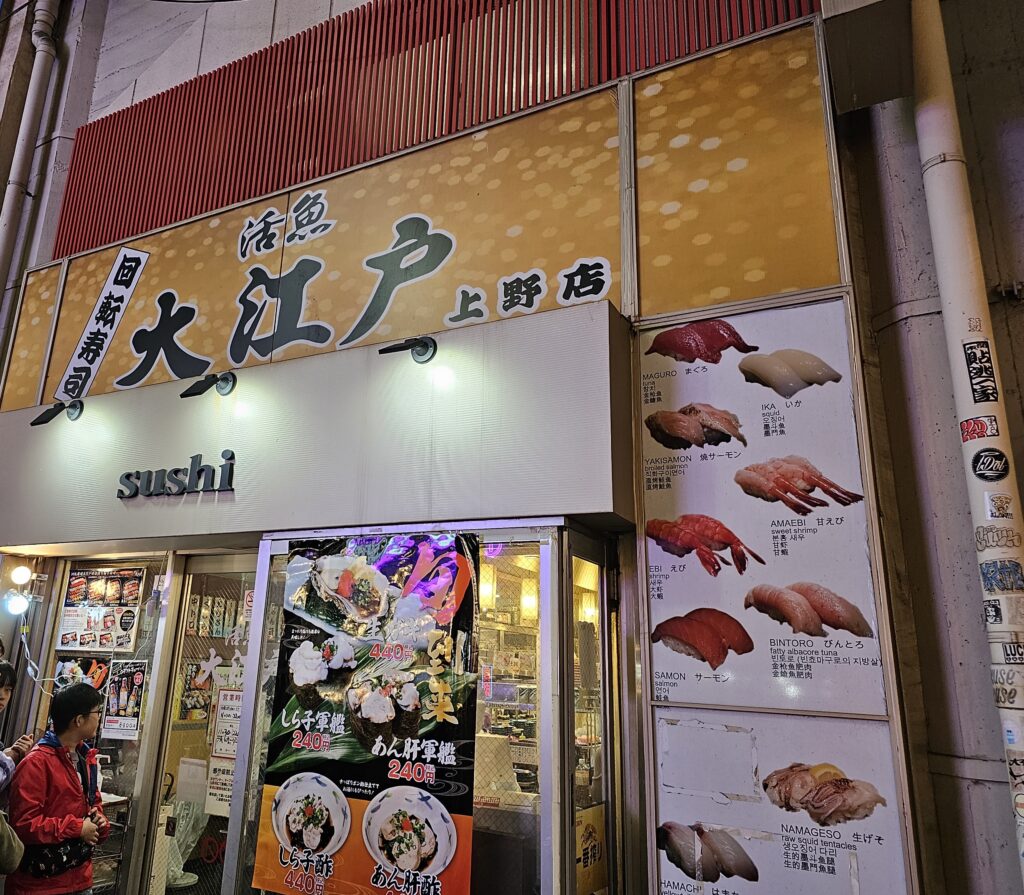
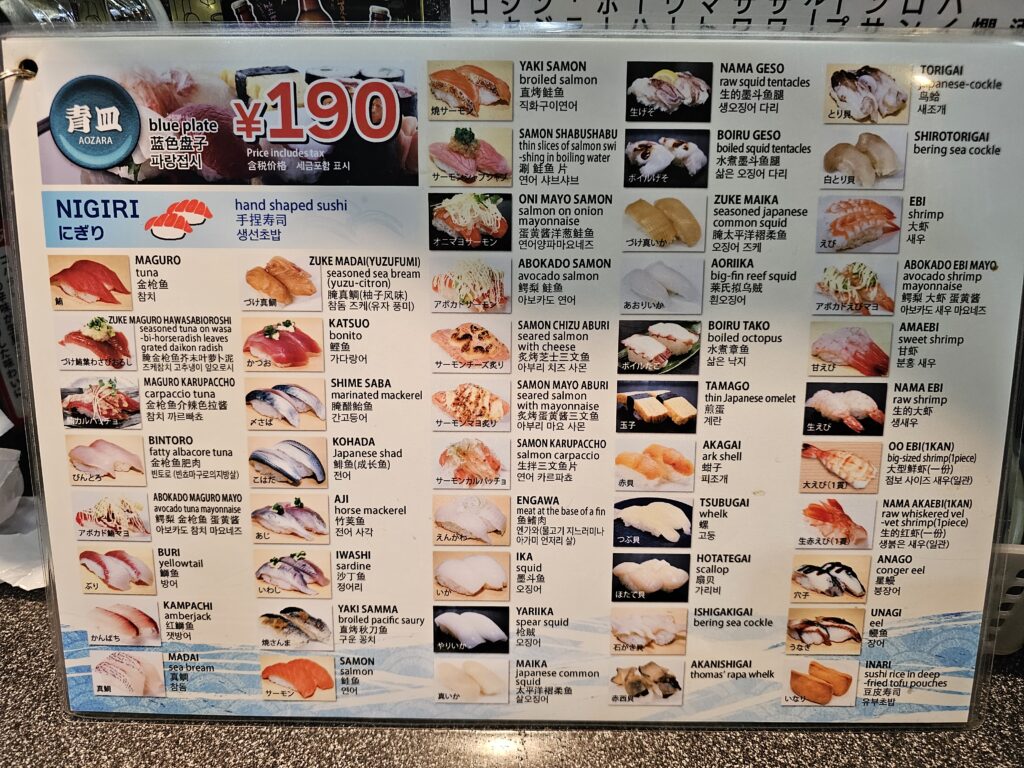
The menu is quite large with a ton of different types of sushi. The options on the actual conveyer belt seemed to be fairly minimal though. You can order directly from the chefs to get sushi from the menu that isn’t going around the conveyer belt it seemed. I just wasn’t sure how to do that exactly. With minimal English speakers working on this particular night I just stuck with what was going around.
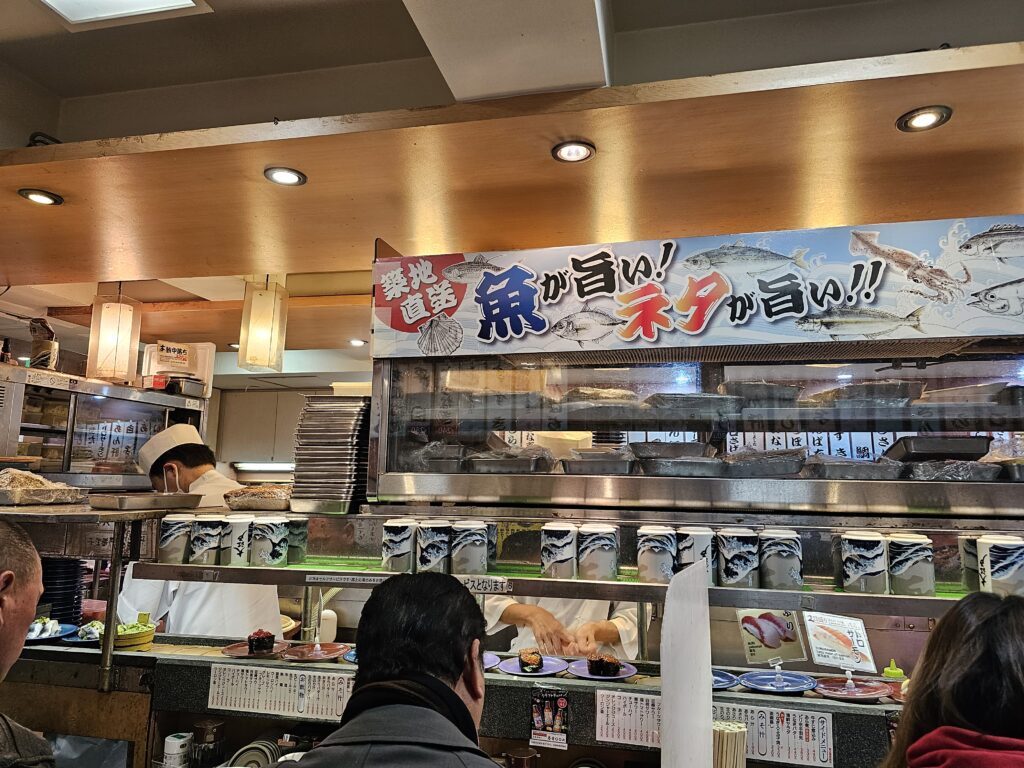
The Sushi
The sushi that I did know and recognize included were pretty much salmon, fatty salmon, shrimp. I ate a few others as well, what kind of fish they were, I have no idea.
Overall, the sushi was pretty decent. For my whole meal it was only (2070 yen, $14.10 USD) It wasn’t top tier but you get what you pay for and it was pretty good to boot.
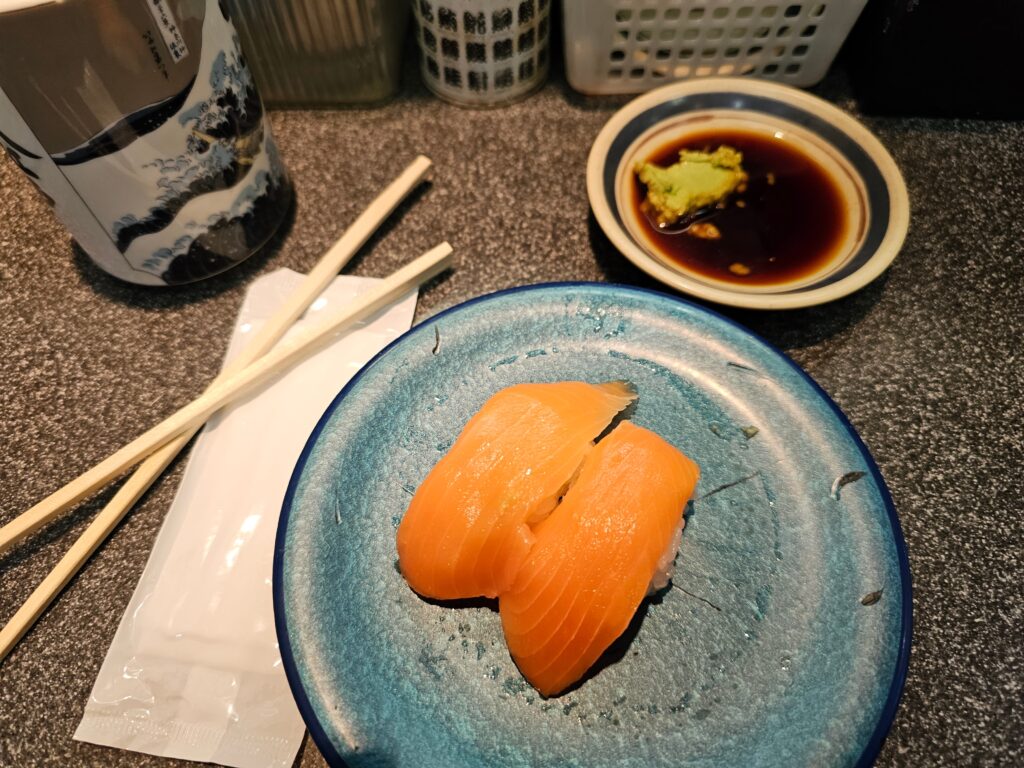
Salmon 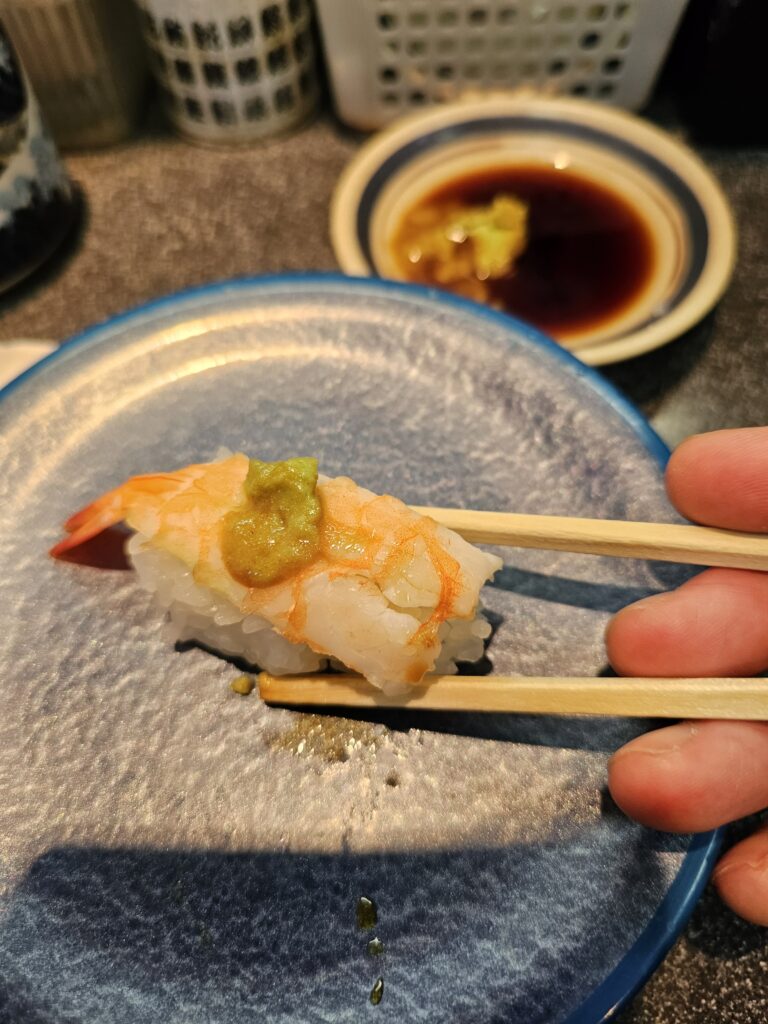
Shrimp 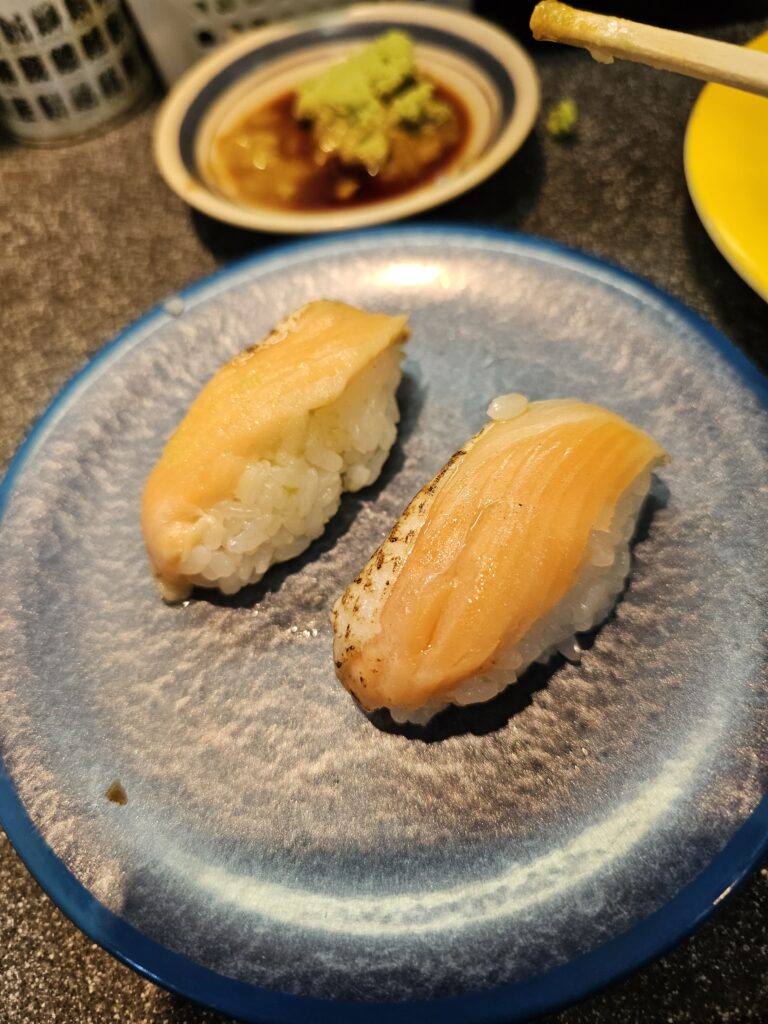
Fatty salmon 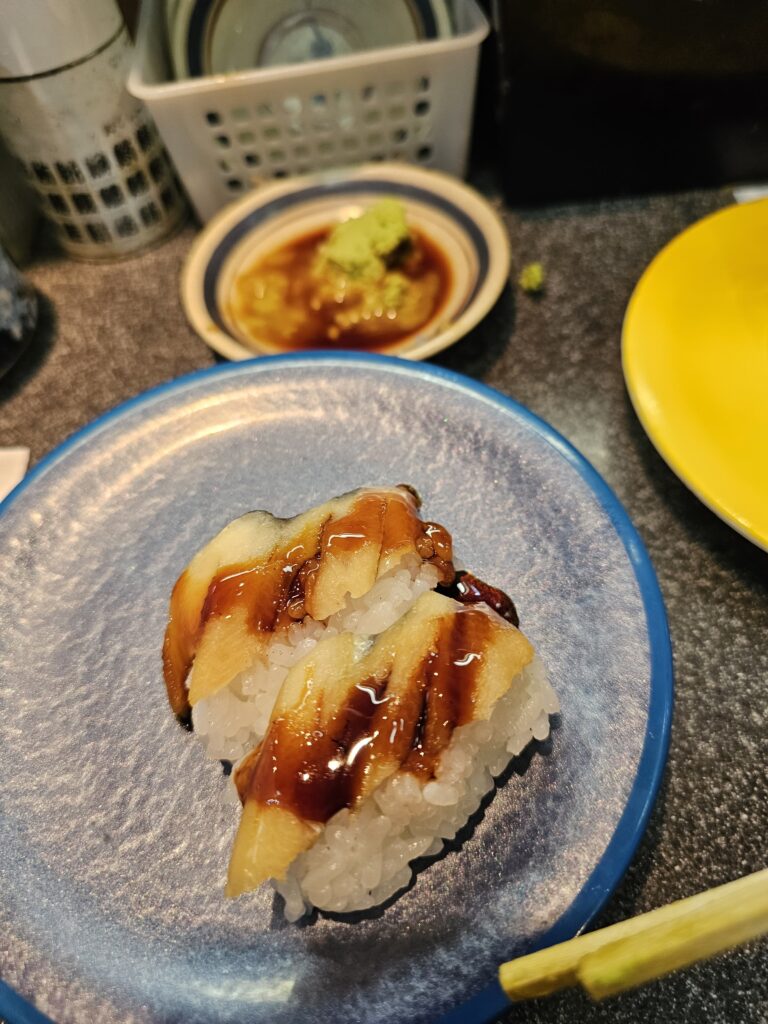
No idea lol Service options: Cash-only · Doesn’t accept reservations
Address: 6 Chome-12-14 Ueno, Taito City, Tokyo 110-0005, Japan
Hours:
Friday(The Emperor’s Birthday) 11:30 AM–10 PMHours might differ Saturday 11:30 AM–10 PM Sunday 11:30 AM–10 PM Monday 11:30 AM–10 PM Tuesday 11:30 AM–10 PM Wednesday 11:30 AM–10 PM Thursday 11:30 AM–10 PM -
5 Parks To Visit in Tokyo – You Won’t Be Disappointed!
5 Parks To Visit in Tokyo – Why Visit Parks In Tokyo?
Tokyo is a massive city with endless things to see and do. For a first time visitor there’s generally too much to see to be able to find the time to make a trip exclusively for a park. I was able to visit five parks while in Tokyo, some intentionally, some I just happened to stroll through on the way to an attraction. They’re a nice change of pace from the hectic and often very crowded sites of Tokyo. A lot of these, and other parks throughout Tokyo, you may just happen to walk through or see on the way to your next attraction. Intentional or not, visiting at least one of the parks is well worth it.
These are just a handful of the parks that Tokyo has, there’s quite a lot overall!
Shinjuku Gyoen National Garden
This was the favorite park that I visited. It was also the only one that cost yen to enter (500 yen) but it’s well worth it. Even though this is listed as a garden, it’s really a massive park. With huge open lawn spaces and wide meandering paths throughout, it’s a great place to escape the hustle and bustle of Shinjuku.
There’s three different types of gardens located within the park. There’s traditional Japanese gardens which feature well kempt shrubs and trees with ponds and bridges.
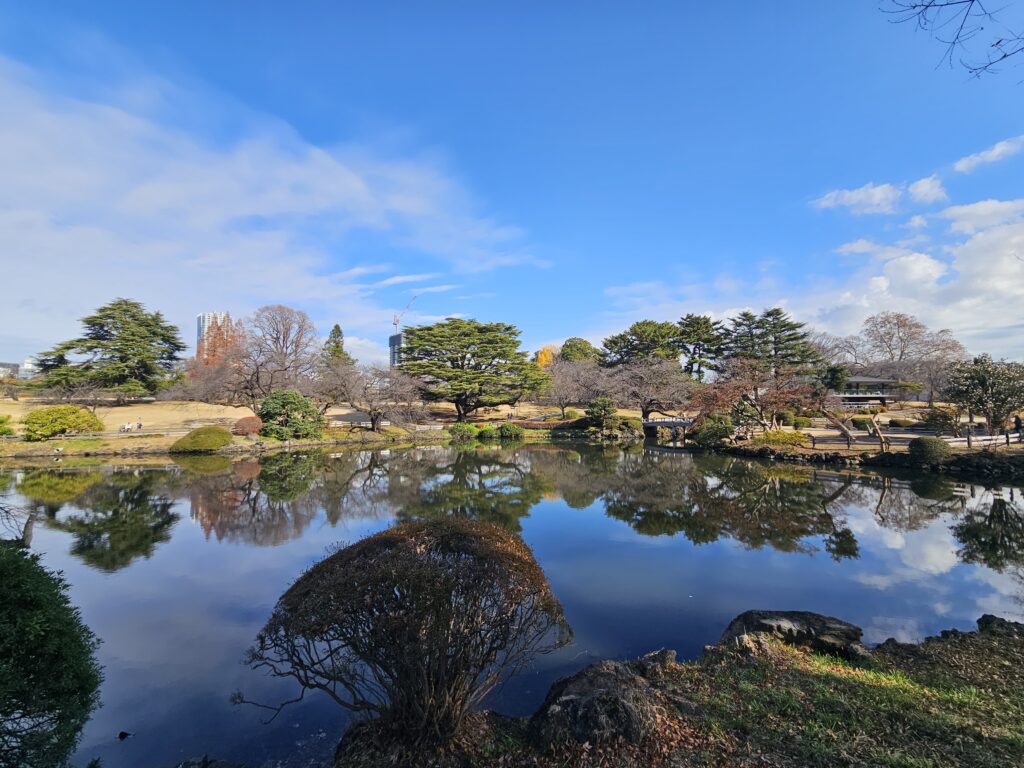
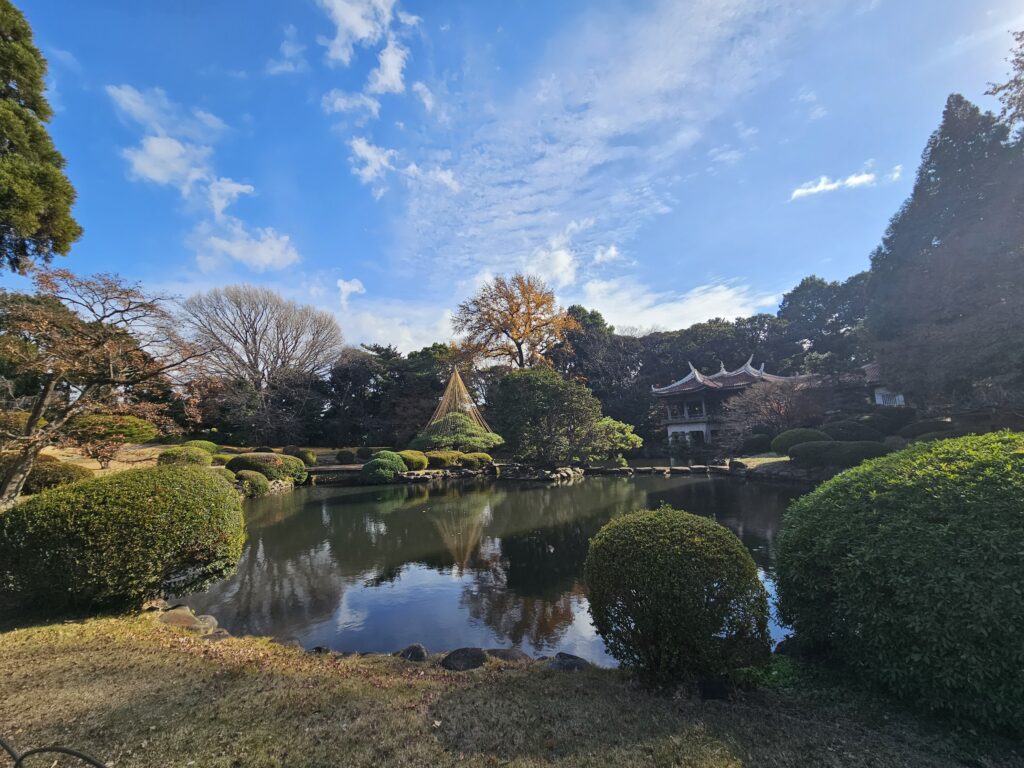
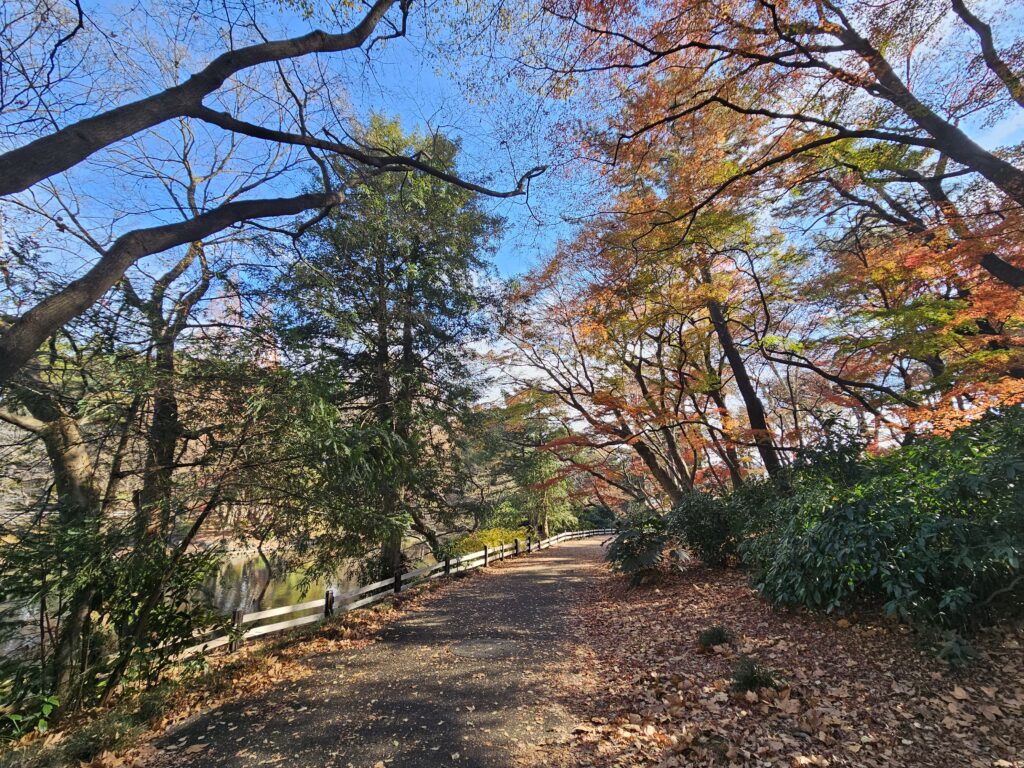
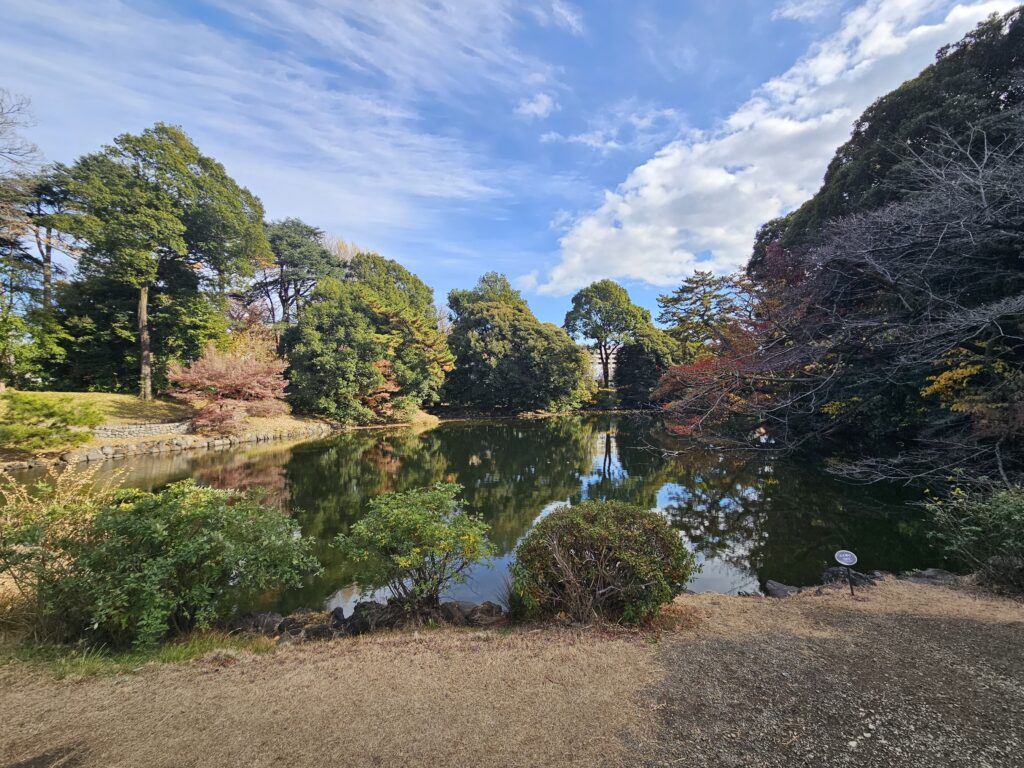
A French garden that is symmetrical, with clearly defined lines and very orderly.
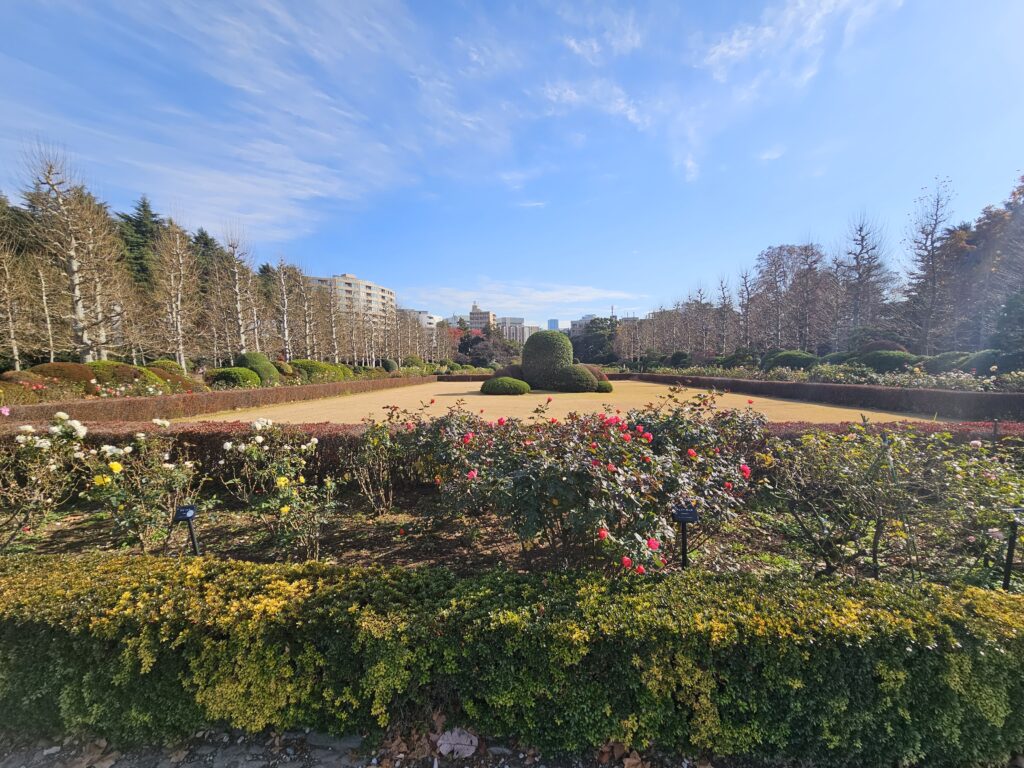
And a English garden which would include the massive lawn areas which have cherry blossom trees surrounding them. Yes, the beloved Cherry Blossom trees are strewn throughout the park. There’s over 16 different varieties planted in Shinjuku Gyoen. I can only imagine what this park looks like in the Spring when it’s Cherry Blossom season and also in the Fall as the leaves change colors. It definitely must be a site to see!
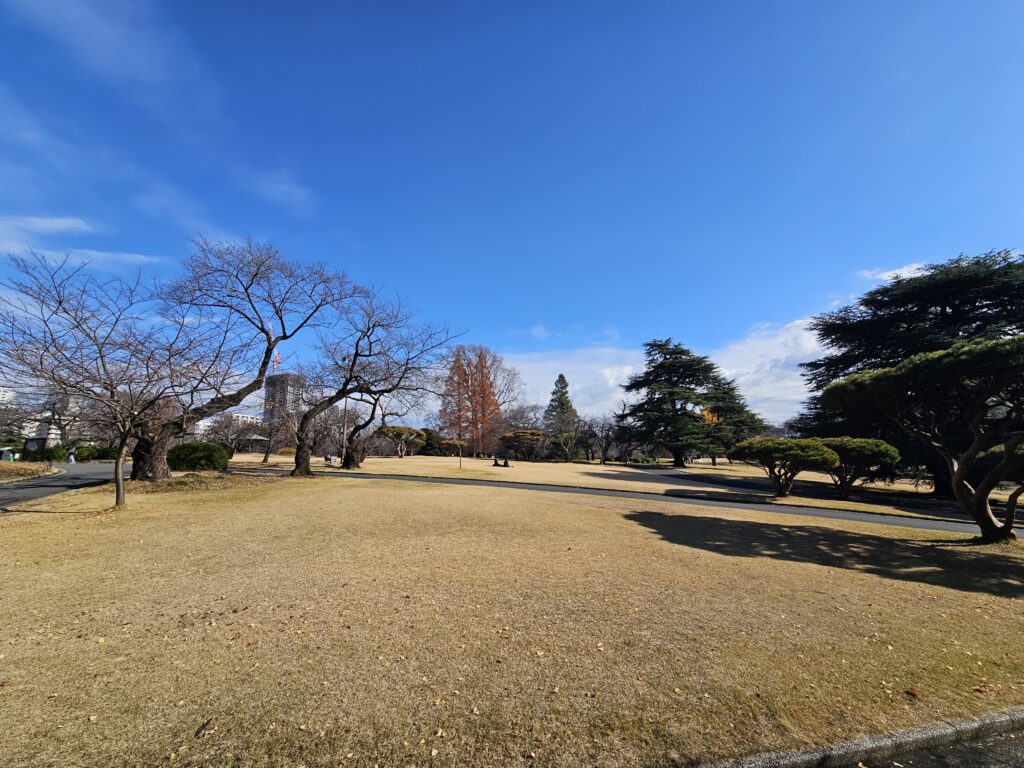
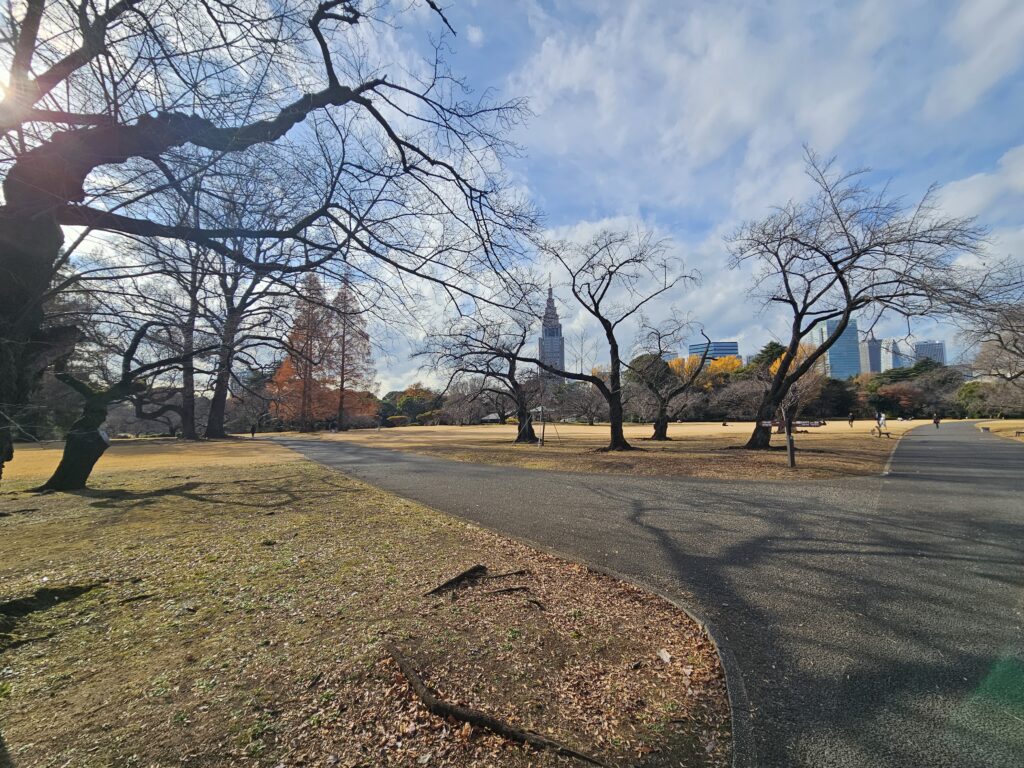
I came here in the middle of December so nothing was in bloom and the trees were barren. But I still loved it. Due to the season and visiting mid-week added to the charm since the park was not busy at all. It was very peaceful to walk with minimal crowds.
There’s a Starbucks in the park, along with a couple other tea houses and places to grab a snack. The Starbuck overlooks one of the traditional Japanese gardens with a great outdoor area with seating. It’s a great spot to grab a coffee, relax with a great, peaceful view, and soak in all the surroundings.
Ueno Park
Ueno Park is located in the Ueno District of Taito, Tokyo. It’s a large public park that was first established way back in 1873.
This is a bustling park which includes a number of different museums, including the Tokyo National Museum, the National Museum for Western Art, The Tokyo Metorpolitan Art Museum, and the National Science Museum. If you’re a fan of museums, this park is a must visit.
Not only is the park home to a number of museums, but it also includes the Ueno Zoo and a few temples and shrines.
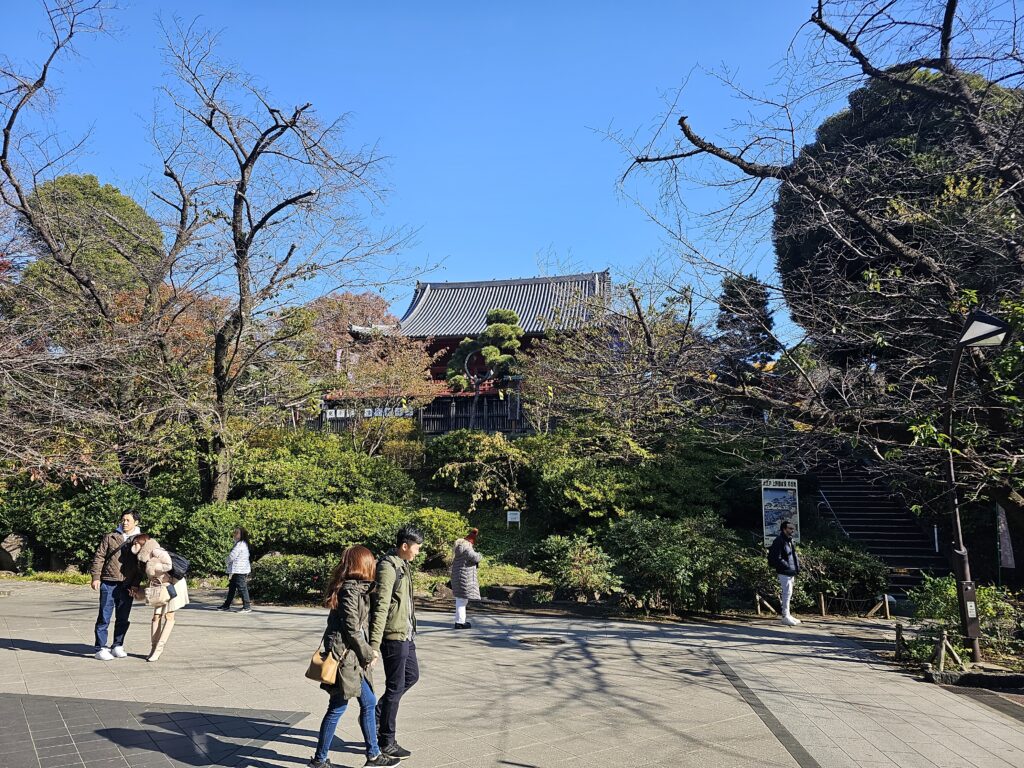
Shinobazu Pond is also found in Ueno Park. It’s a large pond that’s broken up into three different subdivisions: the boat pond, lotus pond, and cormorant pond (where all the ducks and local waterbirds are located).
The park is a very popular place to visit during cherry blossom season since there are over 1000 cherry trees lining the central pathway. You’ll have to use your imagination since I was here in December. But even during this month these particular trees looked amazing.

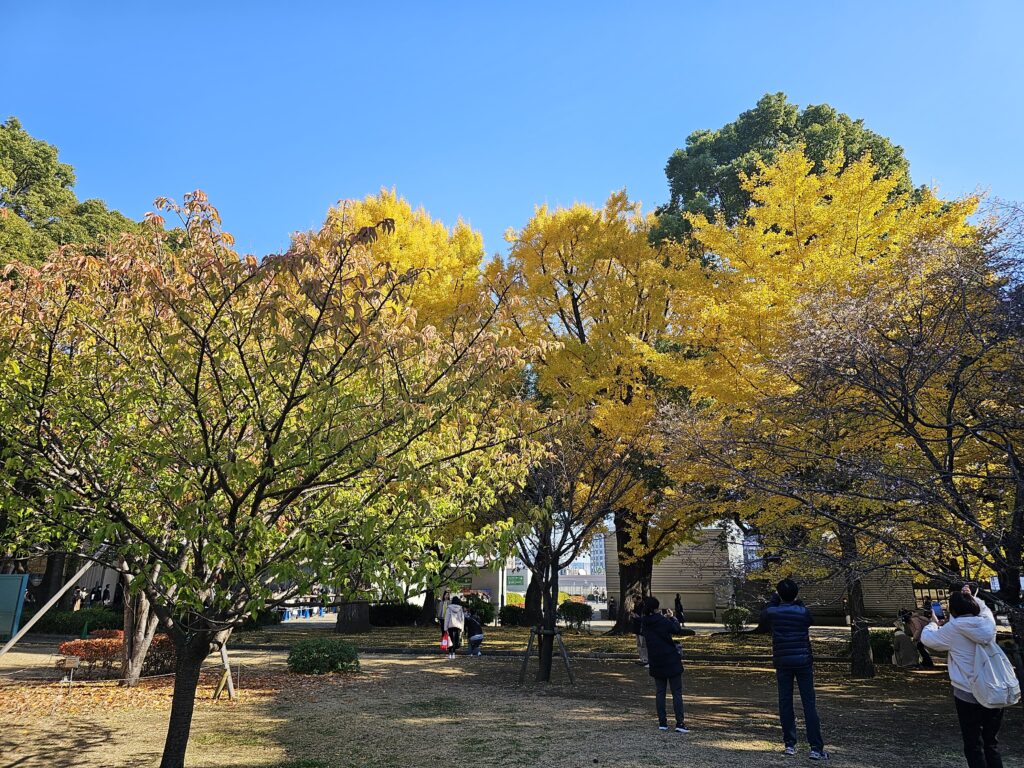
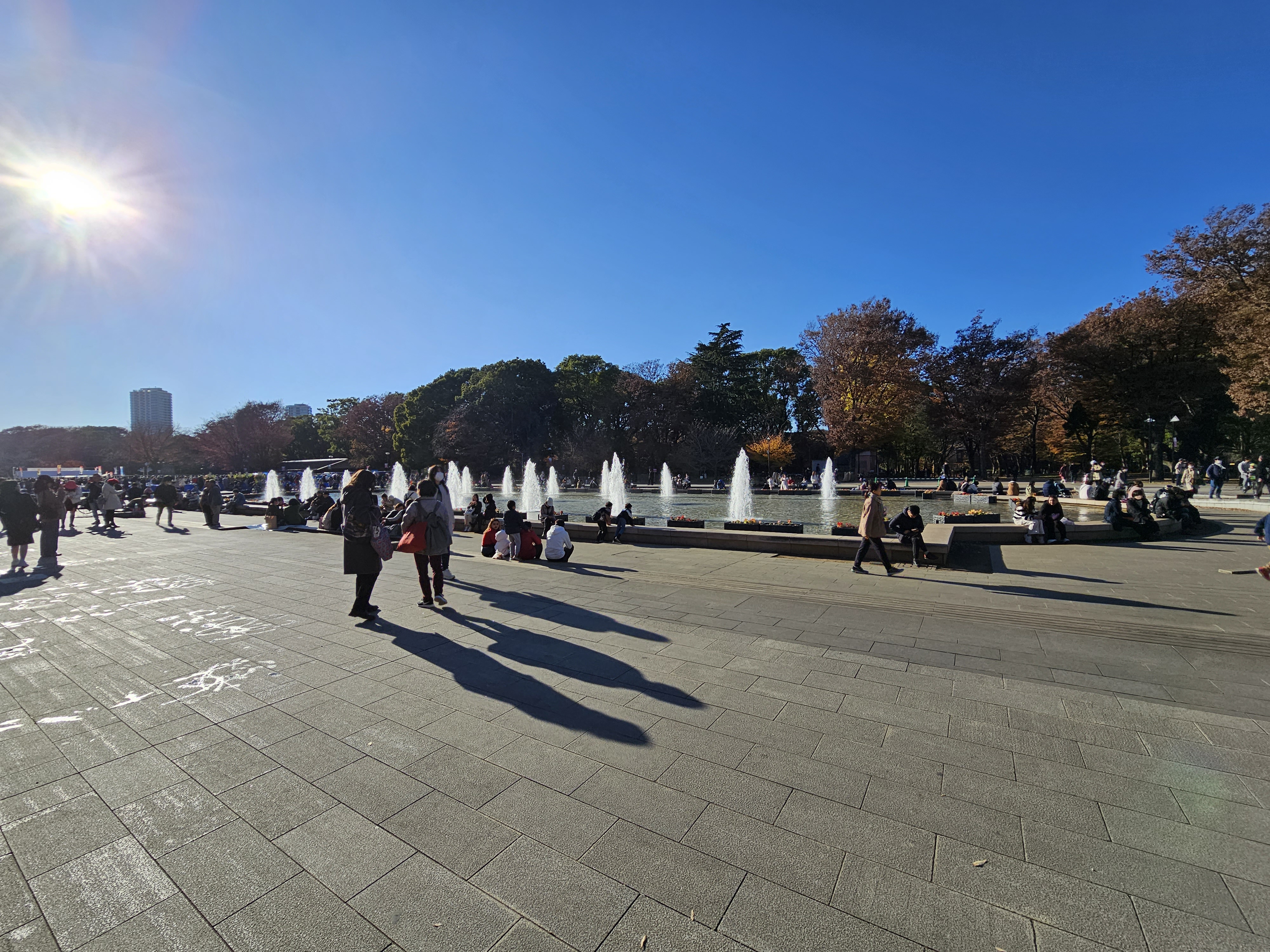
When I went on a Sunday there was a small concert going on and seemed like a koi fish market. The park was busy and people were just hanging out enjoying the nice weather and park. It was great! Overall there’s just A LOT going on at this park. It has a good energy and vibe to it and there’s something for everyone here to enjoy.
You can easily spend an entire day here. There’s just so much to see and do here, especially if you’re a big museum fan.
Meiji Jingu
This isn’t a park per se, it’s a very famous Shinto Shrine located in essentially a forest right in the middle of the bustling Harujuku District. One of the most popular Shinto Shrines in all of Japan, Meiji Jingu is most likely on your list to visit while in Tokyo already.
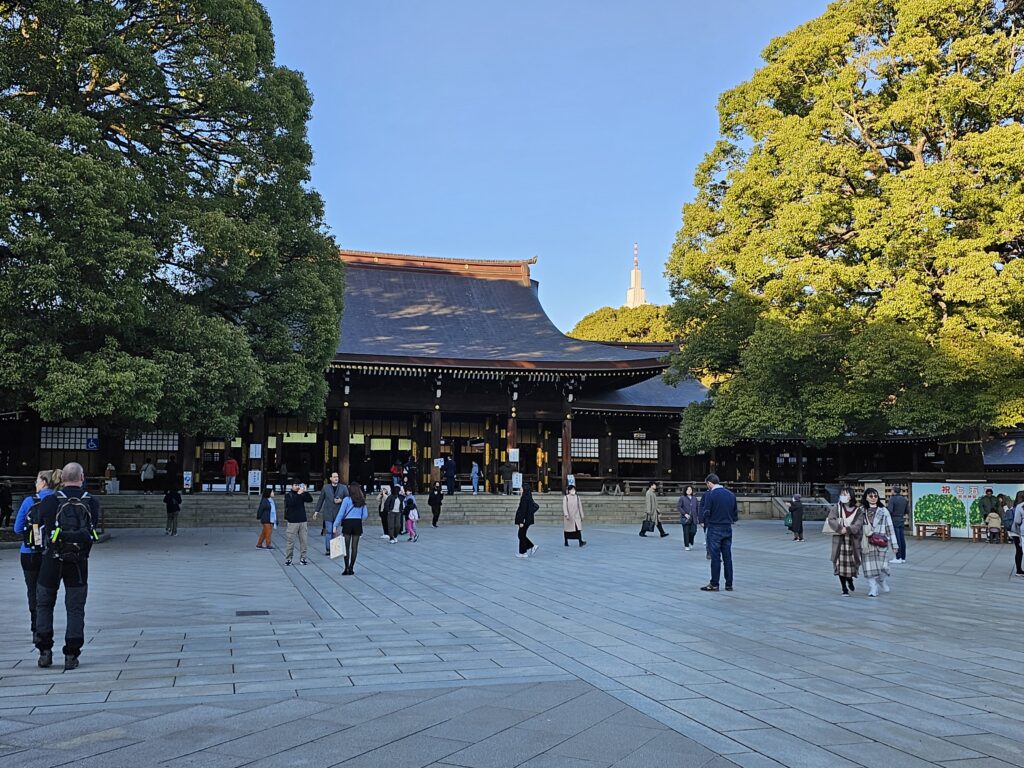
Over 100 years old, the orginal shrine was destroyed during World War II but was rebuilt in 1958. It’s a very impressive shrine and one of the most iconic in all of Japan.
Walking through the massive torrii gate to gain entrance to the shrine grounds instantly transports you from the hustle and bustle of Tokyo to the tranquility of a massive forest.
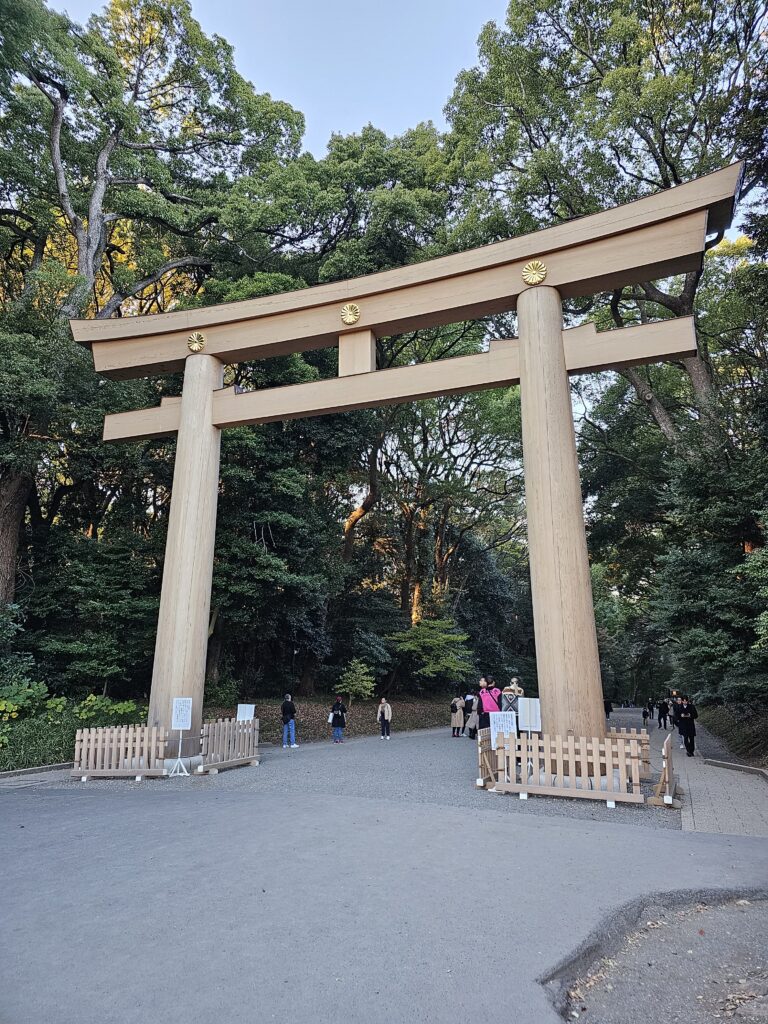
You can’t hear any city noises, can’t see any massive buildings protruding from the treeline, you’re quite literally in a forest…in the middle of Tokyo.
I’ve been here before but was more invested in the walk to the shrine and the shrine itself and didn’t quite take in the beauty of the overall surroundings. There’s over 100,000 trees that were donated from all over Japan that create this city forest. It’s a really amazing walk once you pass through the torri gate and the area in general is amazing, outside of the shrine.
There’s also pathways that stray from the main path to the shrine, so you can wander off as well. These other paths don’t have as many people either so it can be a quieter experience allowing you to further soak in the surroundings.
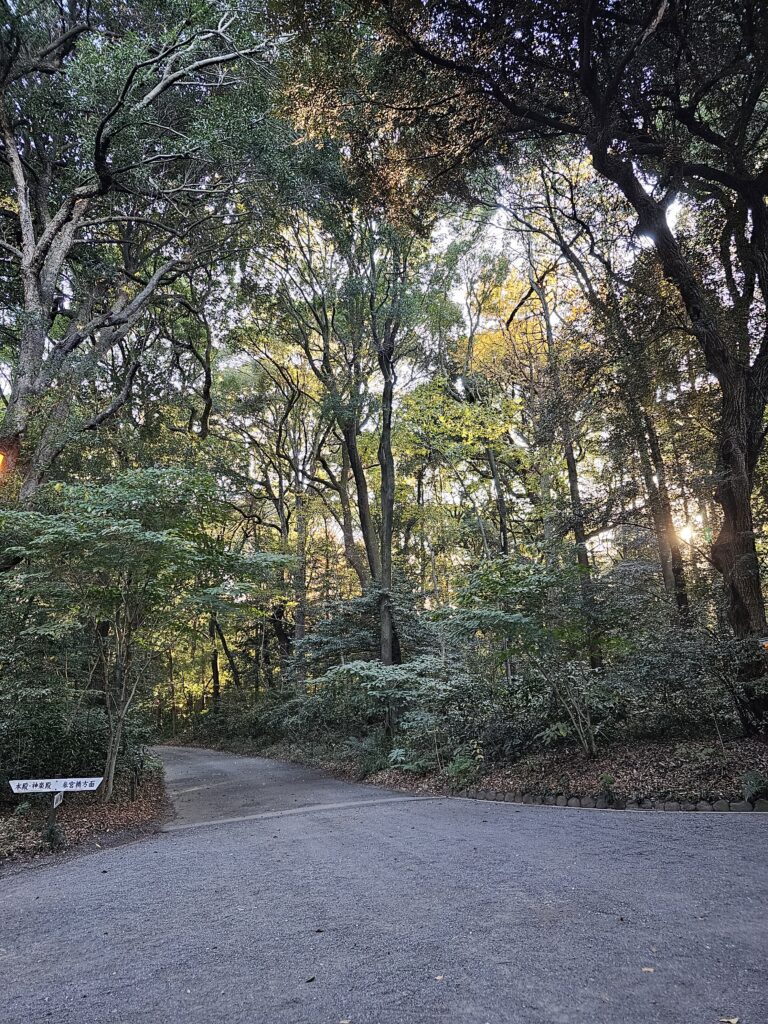
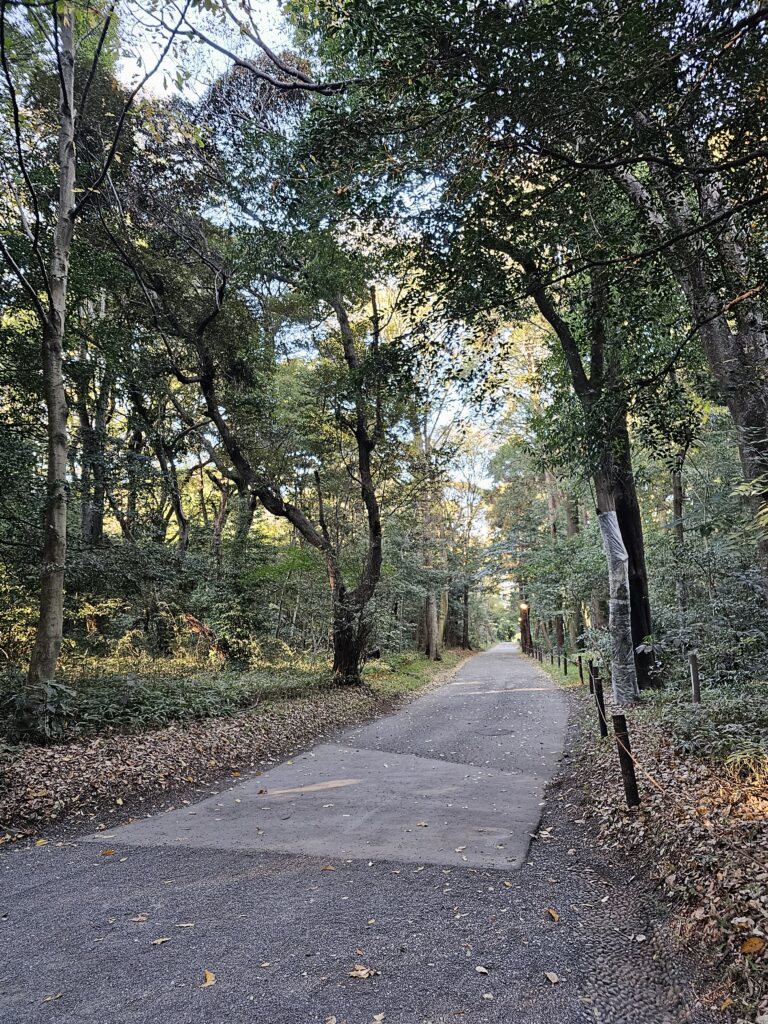
Yoyogi Park
Yoyogi Park is a large spacious park located in Shibuya, right next to Meiji Jingu Shrine. After visiting Shibuya, I happened to walk through it on the way to Meiji.
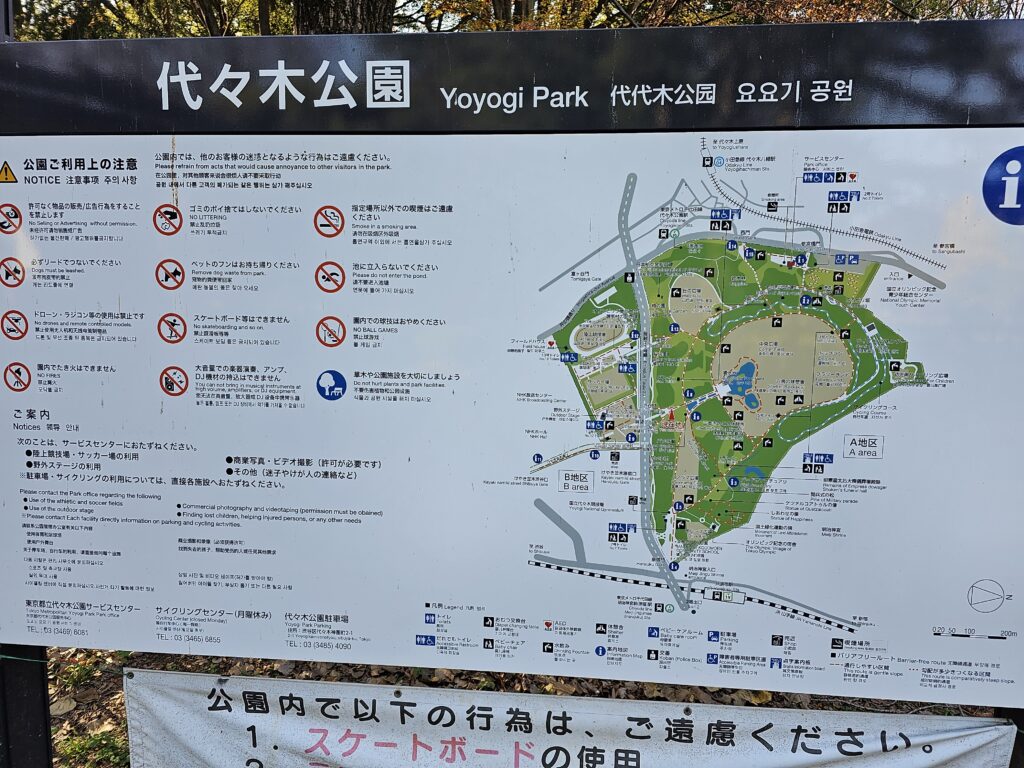
This doesn’t have any spectacular gardens or real standout features. It’s just a massive, pleasant park with huge lawn space, plenty of trees, a large pond, a big dog run, and plenty of space on the pathways for a nice jog or bike ride.
There’s a lot of benches located throughout the park where you can chill at and take a break after visiting Shibuya if you’re walking to Meiji Shrine. It’s a peaceful place.
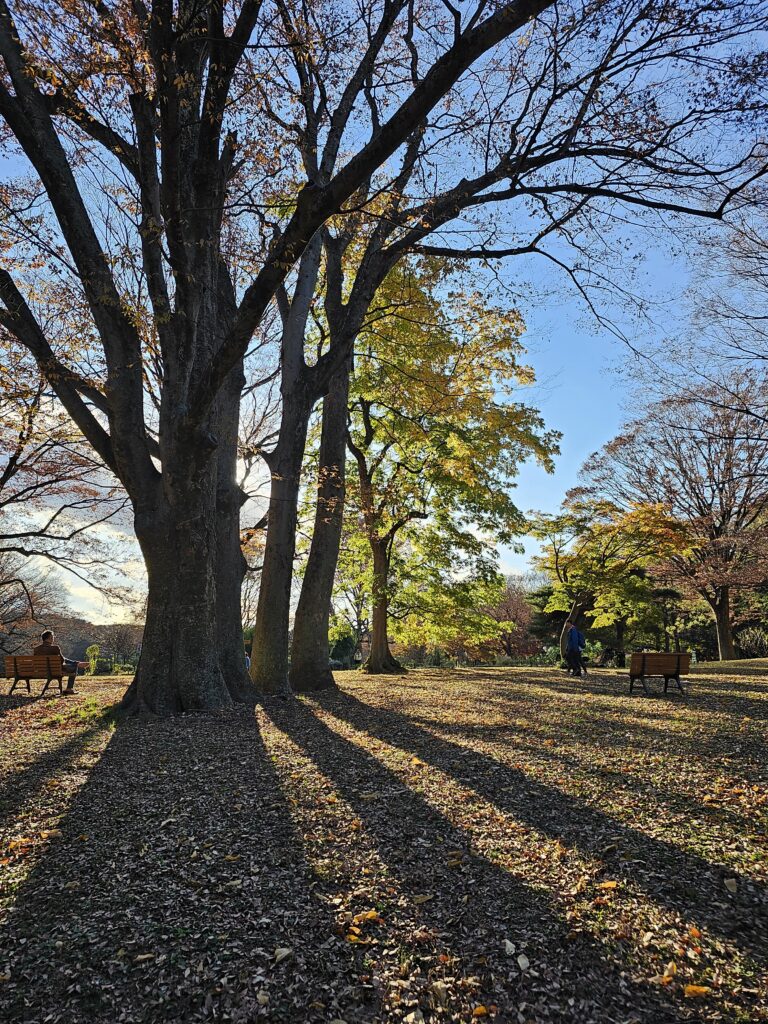
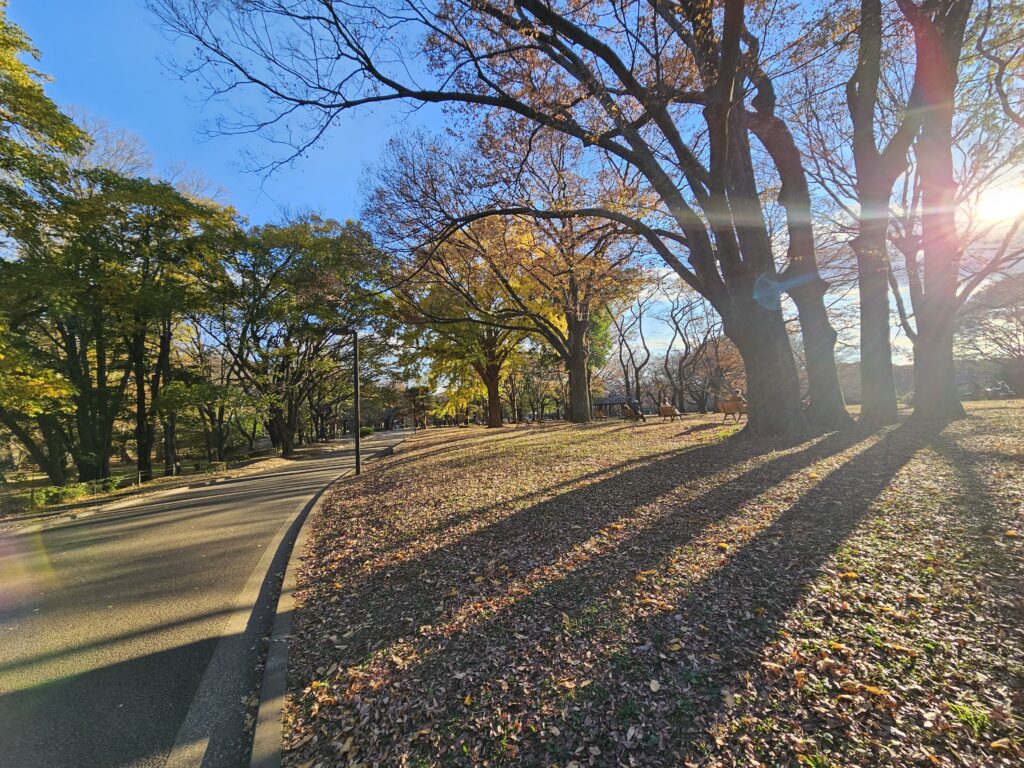
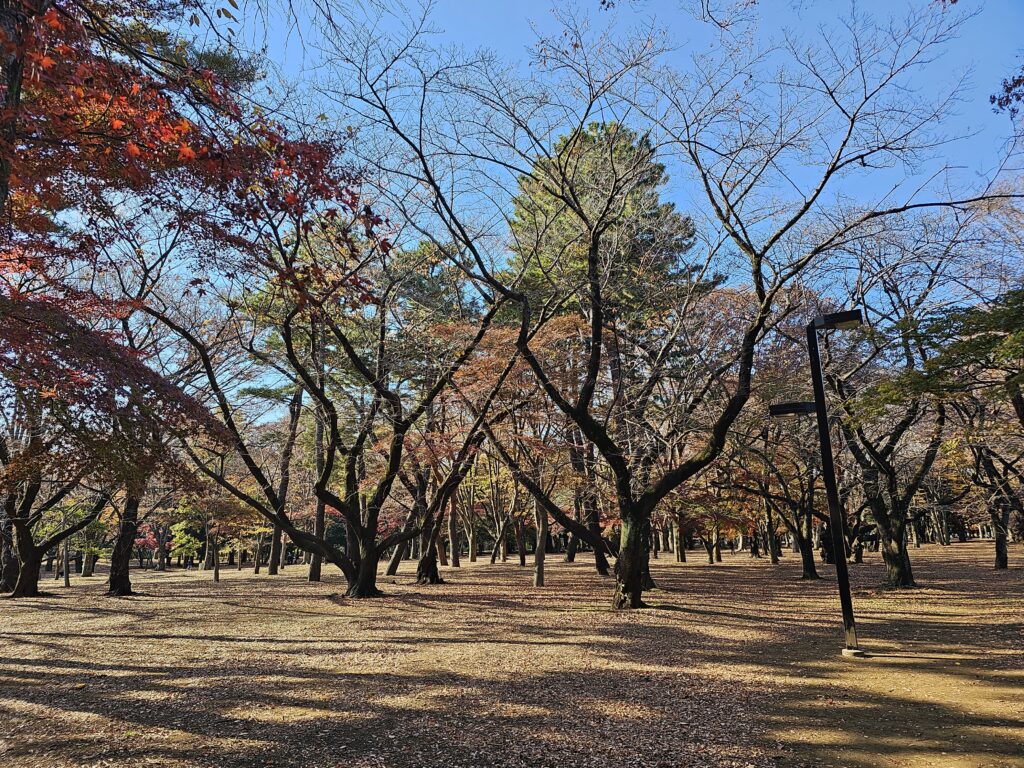
Inokashira Park
Inokashira Park is located in the Kichijoji district which is the western part of Tokyo. It’s home to a zoo and small aquarium and the popular Studio Ghibli museum as well. In the middle of the park the large Inokashira Pond, with bridges that cross over it. Rowing boats are available for rent as well.
The pond is the real centerpiece of the park. It’s massive. There’s plenty of pathways with benches around the pond where you can sit and just enjoy the surroundings. It’s a lively park on the weekend (I went on a Saturday), with a lot of people and families enjoying a nice stroll, jog, or taking their dog on a walk.
But you can also find areas that are more serene and quiet and you can just chill.
Even during December the ambience was quite nice and the trees full of color. Like all of these parks, I can only imagine what Fall and Spring must look like here. It must be amazing!
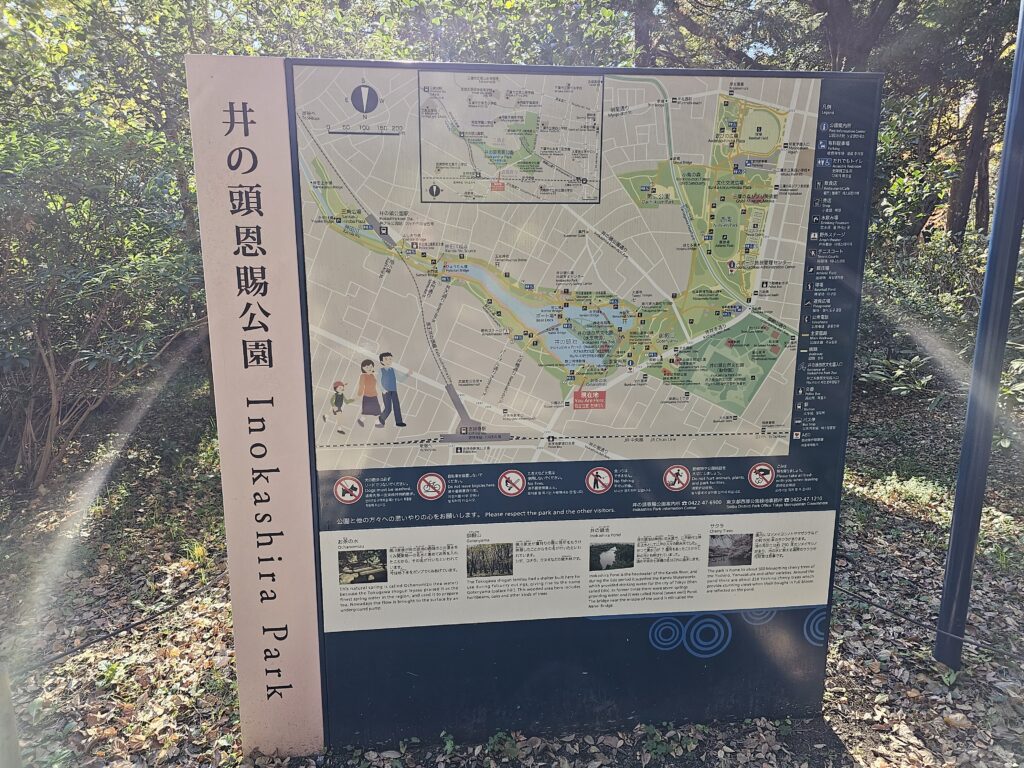
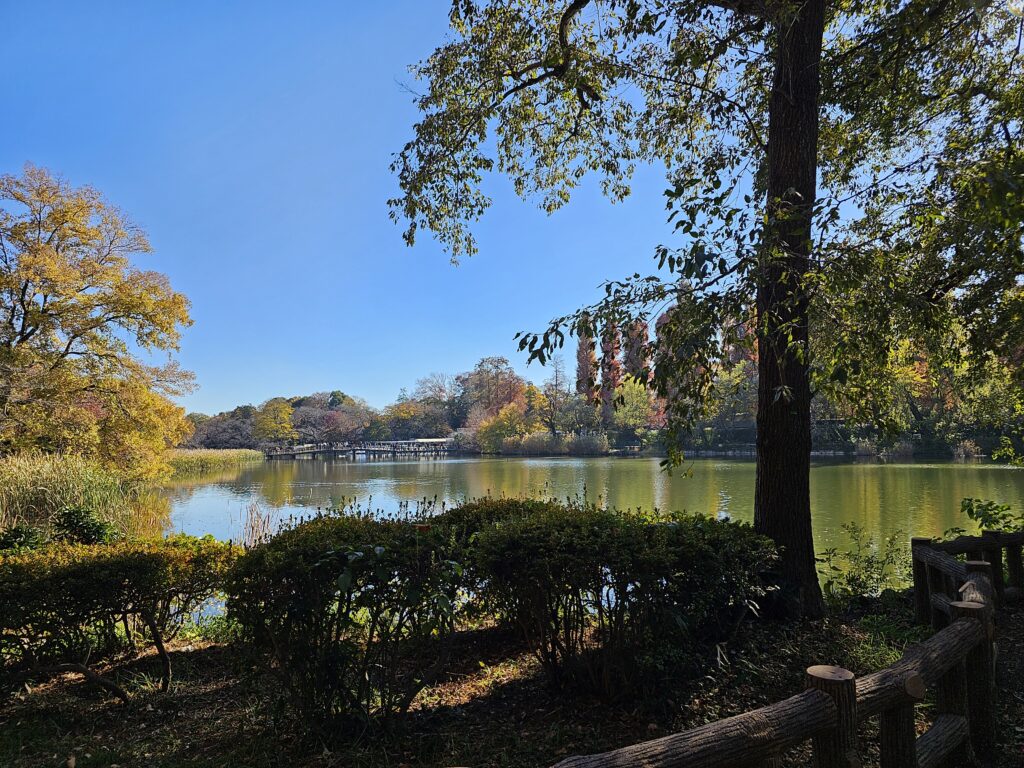
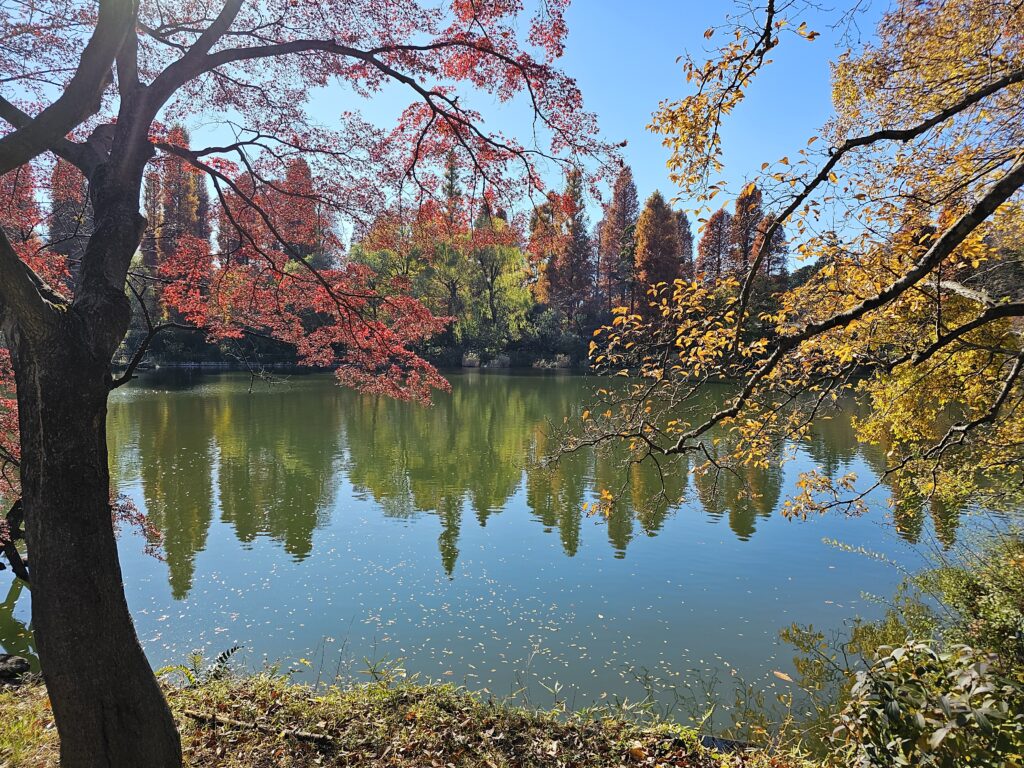
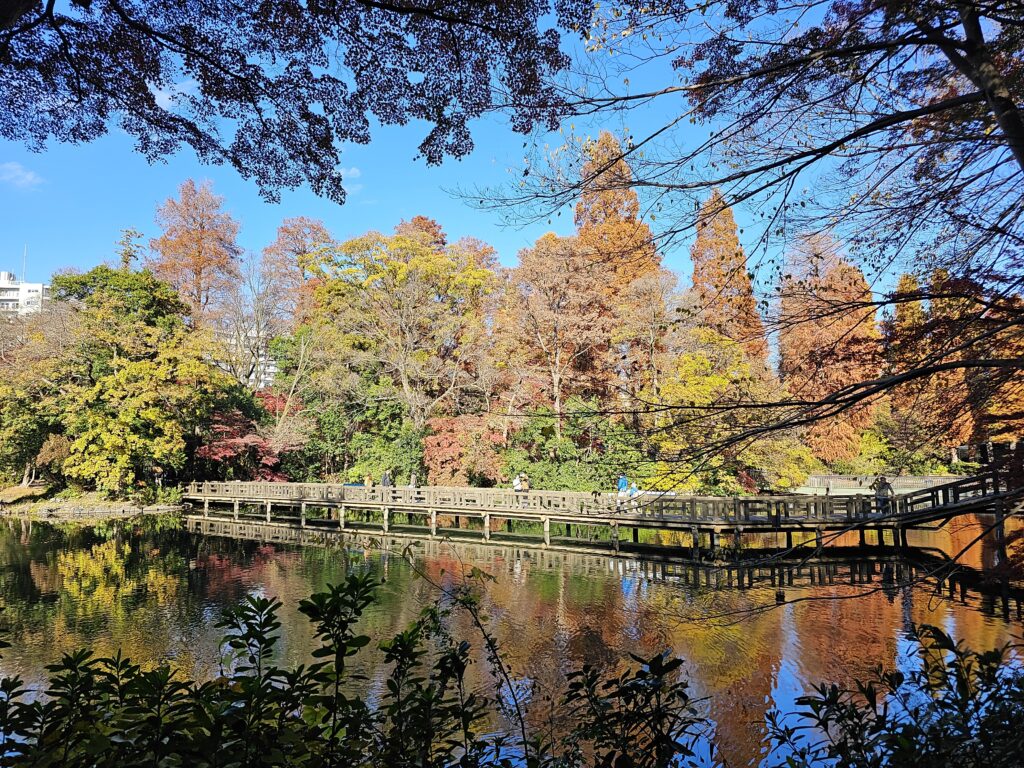
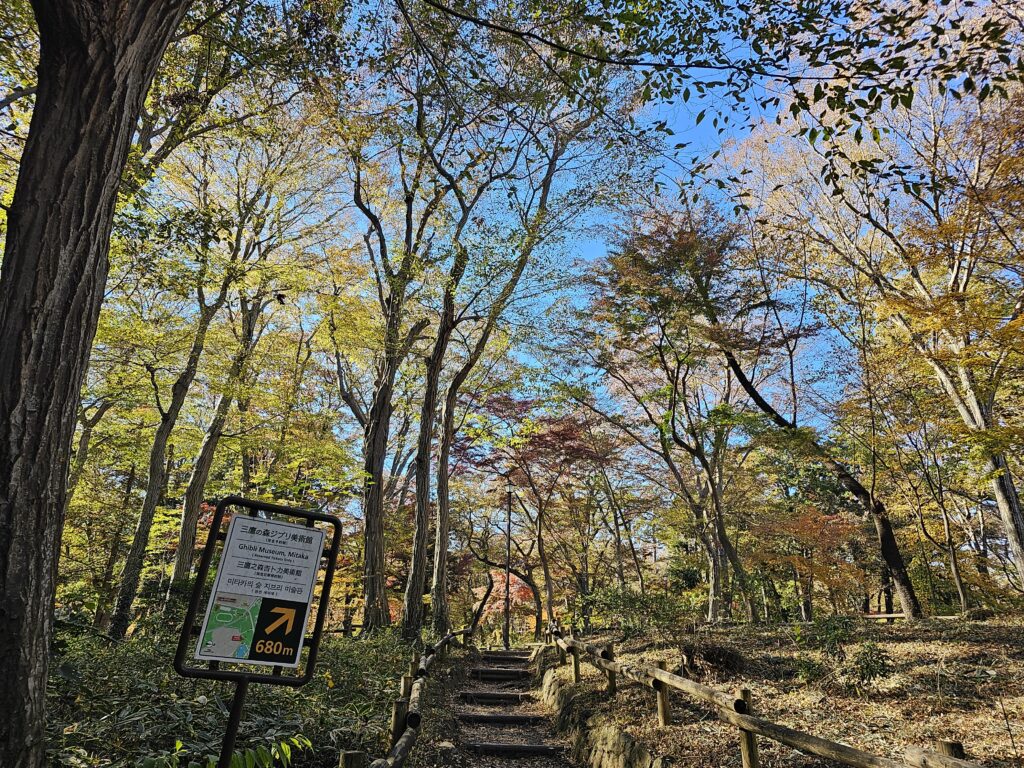
-
Flaming Shaved Ice Is A Must Try At This Cafe In Tokyo, Japan
The Background
Shaved Ice or “Kakigori” in Japanese, is a classic dessert in the Japanese culture. It’s a very old dessert. It dates all the way back to the Heian Period (794-1185) where wealthy elites enjoyed the refreshing treat. By the 1860’s shaved ice started becoming more readily available. Shaved ice shops started popping up and the general public was able to enjoy the tasty snack.
Today, shaved ice is still immensly popular. Considered more of a summer staple since it’s a great way to cool down during those intense summer days, it’s still enjoyed all year long.
The Evolution of Shaved Ice
Shaved ice has always been served with various toppings, syrups, and condensed milk. That remains the case today as well.
That doesn’t mean shaved ice hasn’t evolved over the many years of its existence. The toppings and syrups have gotten more creative and flavorful as well as the presentation itself. Cafe Lumiere took it to next level status by covering it in merengue and lighting it on fire.
Who would have thought you’d be able to enjoy a “flaming” shaved ice, lol. They really don’t go hand-in-hand with one another. But at Cafe Lumiere it’s the norm!
Cafe Lumiere
Cafe Lumiere is a tiny cafe located on the 4th floor of the Higashiyama building in Kichijoji. In a country full of all things “kawaii”, the ambience and atmosphere of Cafe Lumiere fits snugly into that category. It has the feeling of a children’s story book with many little trinkets hanging on the walls and from the ceiling.
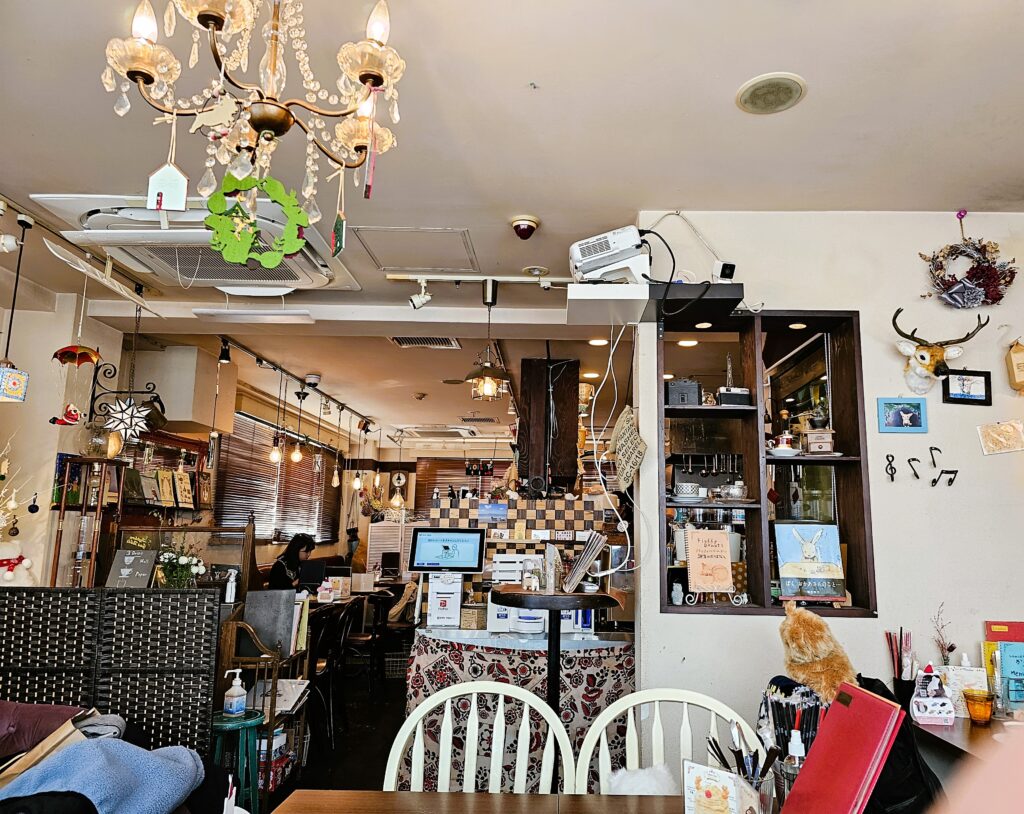
The inside of Cafe Lumiere 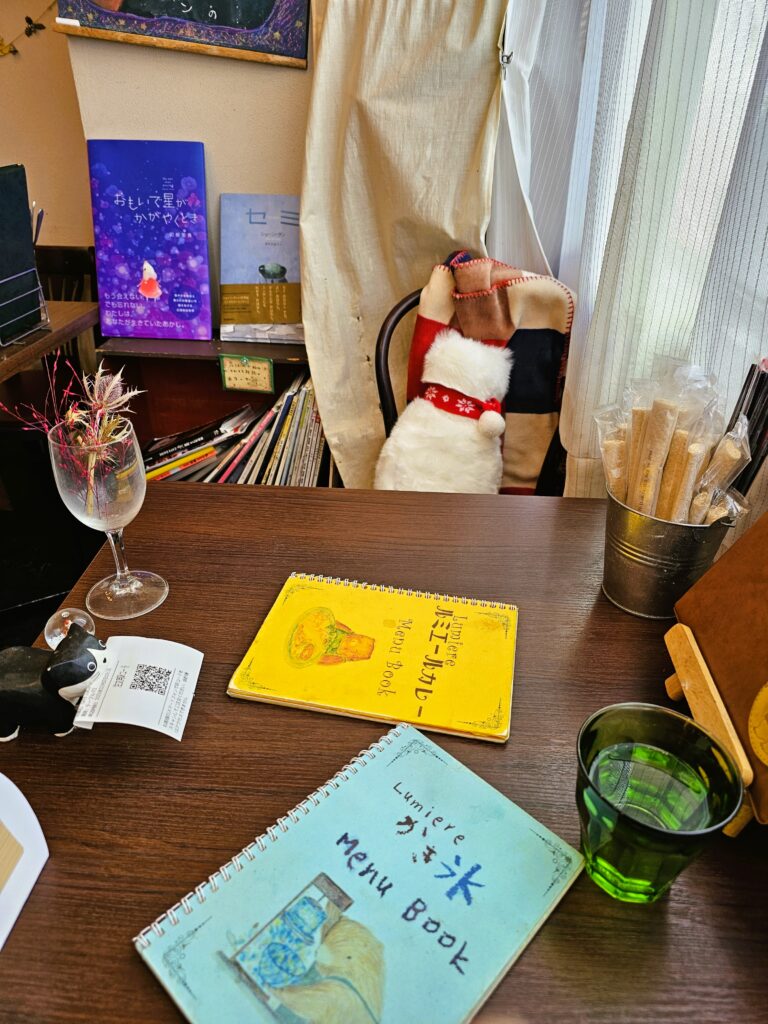
On each table you’ll find little Menu Book story books but you actually order off their online menu you scan to look at. Great ambiance in this cozy little cafe!
I came here specifically for the shaved ice. The choices here all looked incredible so it was a VERY difficult choice on what to get! The below is just a few of the options that were on the menu. I wasn’t sure if all of them were wrapped in merengue and lit ablaze and that’s what I really wanted to experience, so I went with the Lumiere special baked ice (1540 yen, $10.37 USD) and got a coffee (429 yen, $2.89) as well.
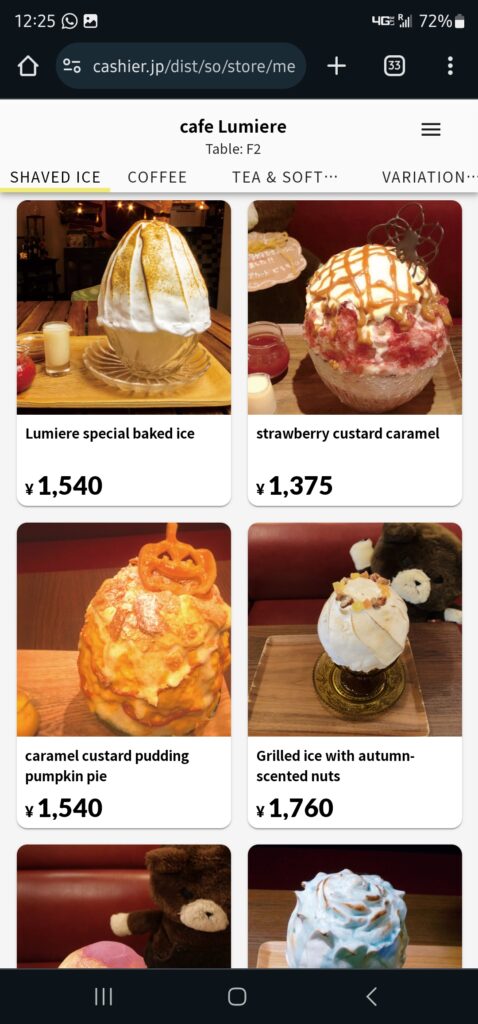
The Lumiere Special Baked Ice
This did not disappoint in either deliciousness or spectacle. Coming out coated with a shell of merengue, the shaved ice more resembles an egg than a bowl of shaved ice. It gets covered with some rum concocation and lit of fire right in front of you. It’s really cool to see!
Flaming shaved ice!
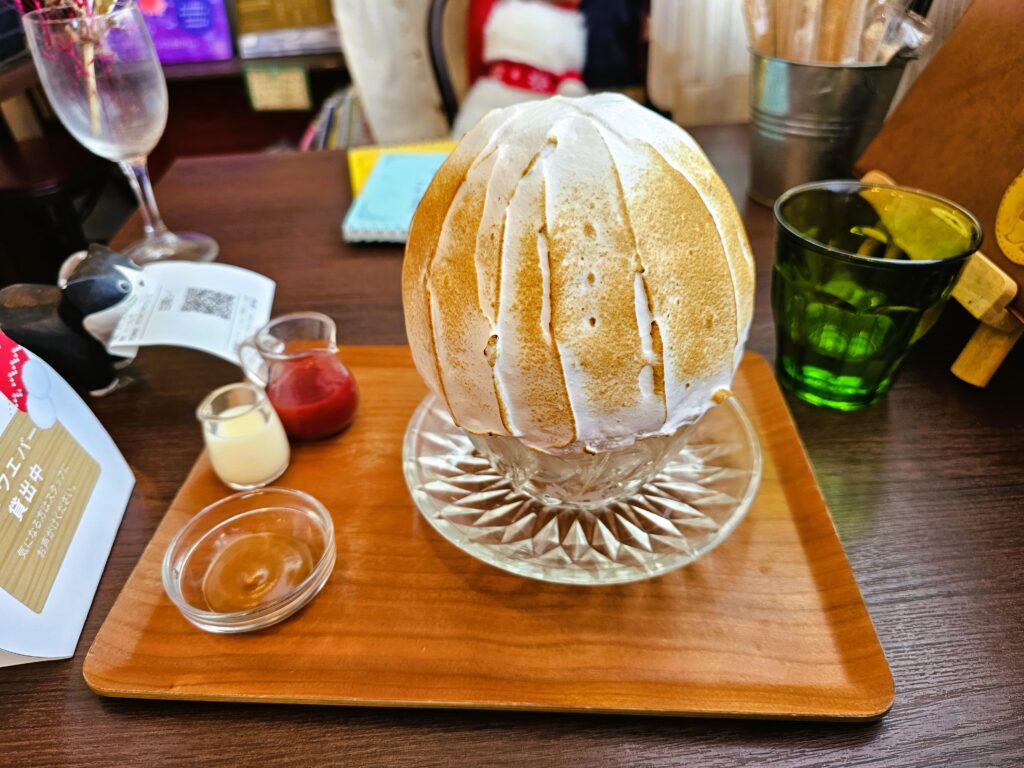
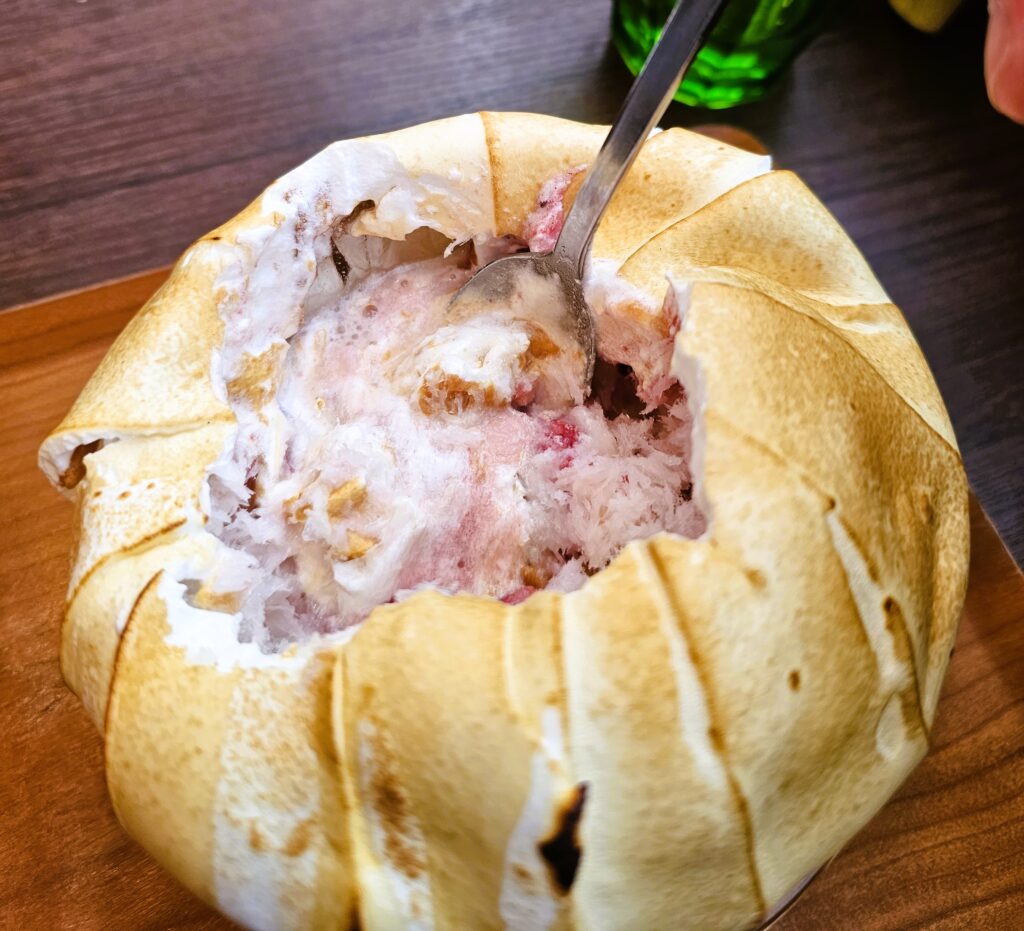
Once you dig in and break through the merengue, the shaved ice is extremely pillowy and soft with pieces of strawberry throughout. You get a few sides to dump into and mix the ice with. A strawberry sauce, carmel sauce, and I believe, condensed milk.
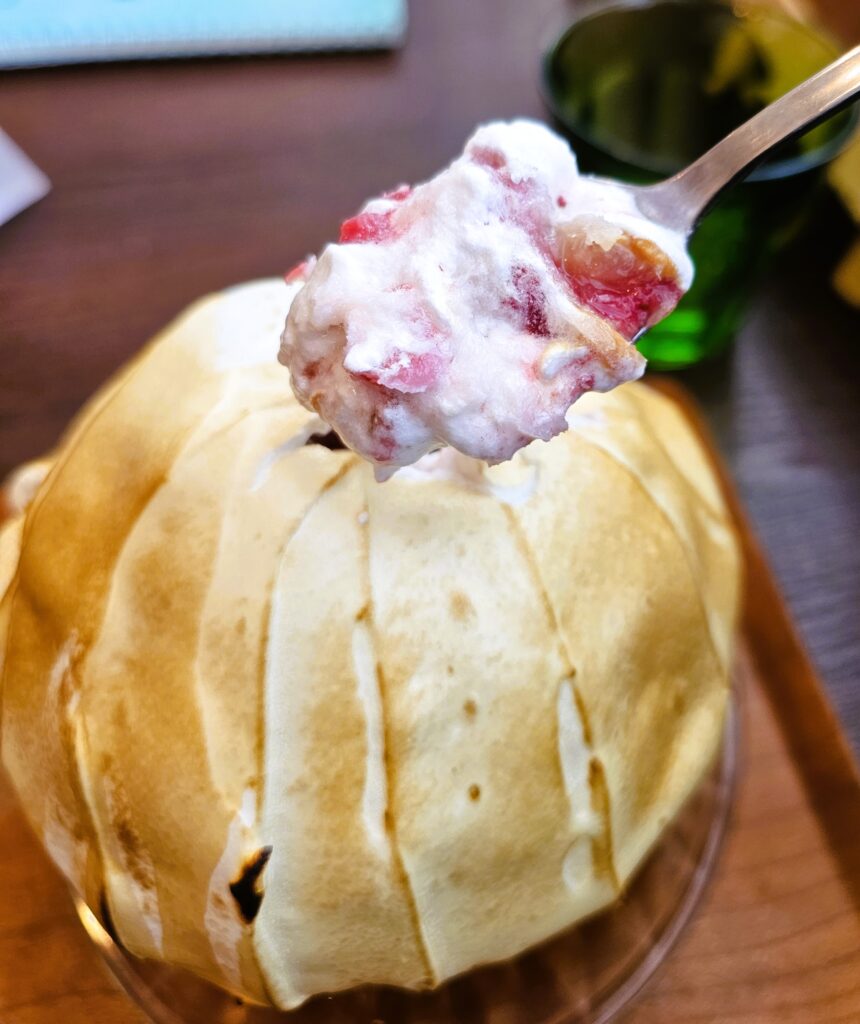
Mixing in some of the fluffy merengue added a different type of sweetness and texture to the shaved ice. Overall, just a REALLY delicious, satisfying shaved ice. It’s quite refreshing and light to boot!
If in the Kichijoji area, I’d certainly recommend stopping by Cafe Lumiere and giving one of their shaved ices a try. They always have different kinds depending on the season as well and it will be a fun experience.
Please note, when I went it was cash only so be sure to bring some cash if you plan on visiting!
Address: Higashiyama Bldg., 4F, 1 Chome-2-2 Kichijoji Minamicho, Musashino, Tokyo 180-0003, Japan
Hours:
Tuesday 12–6 PM Wednesday 12–6 PM Thursday 12–6 PM Friday 12–6 PM Saturday 11 AM–6 PM Sunday(National Foundation Day) 11 AM–6 PMHours might differ Monday(National Foundation Day (Observed)) 12–6 PMHours might differ -
You Can Get A Tempura Bowl For Less Than $4 USD At This Restuarant Chain in Tokyo, Japan
What’s Tendon?
In Japanese “tendon” is a shortened abbreviation for Tempura Donburi. In Japanese “ten” is tempura and “don” is donburi (rice bowl). The abbreviated tendon is a bowl of tempura covering a bed of rice.
Tempura is very famous in Japan and you’ll be able to find it everywhere in Tokyo. Tempura for those who haven’t had it before, consists of seafood (shrimp is a staple) and vegetables coated in a thin batter and deep fried. It’s about as delicious as you’d imagine!
There’s a dipping sauce comprised of dashi, soy sauce, mirin, and sugar, called tentsuyu that’s either drizzled over the top of the tendon or served on the side as a dipping sauce.
Budget Tempura in Tokyo
Looking to grab some cheap tempura in Tokyo? Look no further than the Tenya Tendon restuarant chain located throughout Tokyo and Japan in general.
In a city as large as Tokyo with endless alleyways filled with food, tempura is certainly one of the most popular food choices. Price ranges will vary of course, but Tenya Tendon was the cheapest I came across.
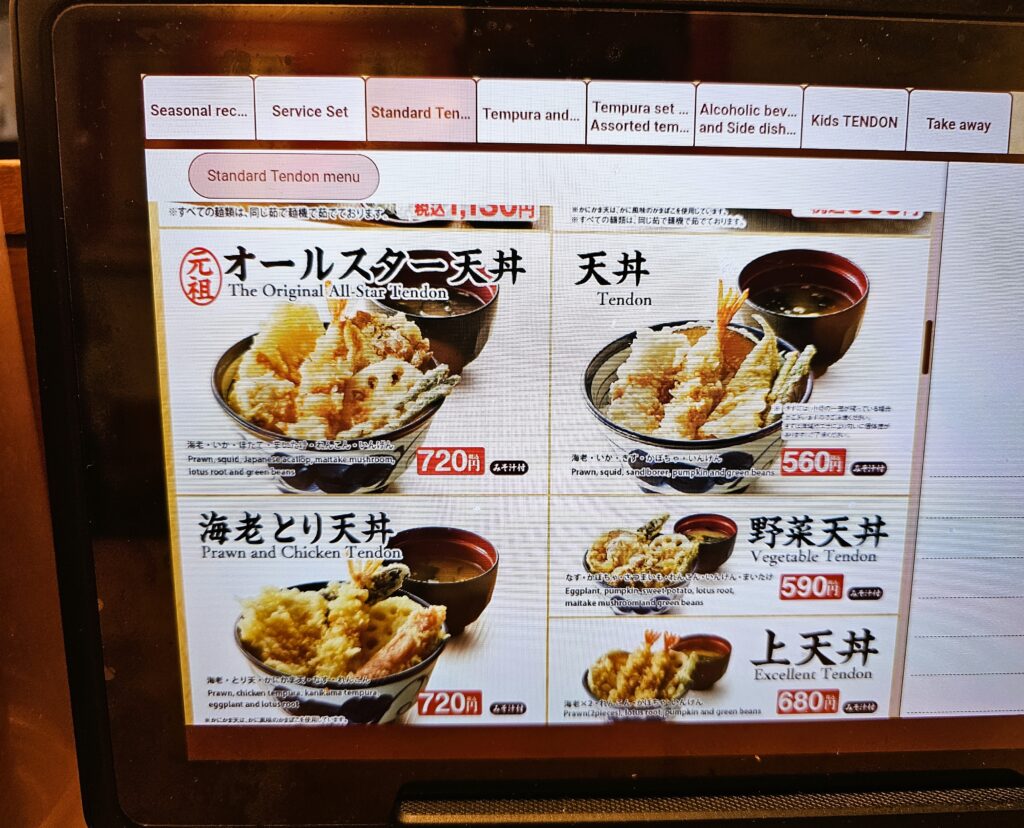
The touch screen menu at Tenya Tendon They have a touch screen menu which you use to place your order and you can choose English. The above is the standard tendon menu which is exactly what I was looking for.
The most expensive combo for 720 yen is about $4.92 USD. VERY cheap for a full on meal. I didn’t even get those combos opting for the Tendon meal for 560 yen ($3.83). It wasn’t about the difference in price, the Tendon meal just sounded better to me.
The Food
The Tendon meal consists of prawn, squid, sandborer, pumpkin, and green beans, along with a cup of miso soup. There’s a total of six pieces of tempura.
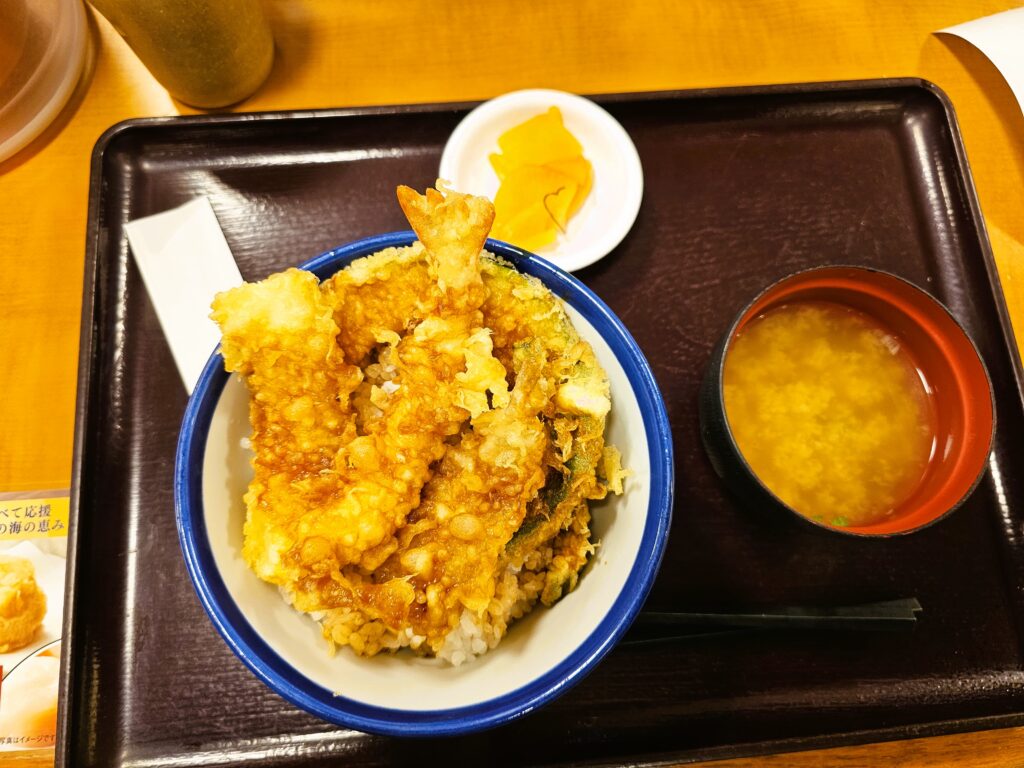
Quite a bit of food for $.3.83 USD! 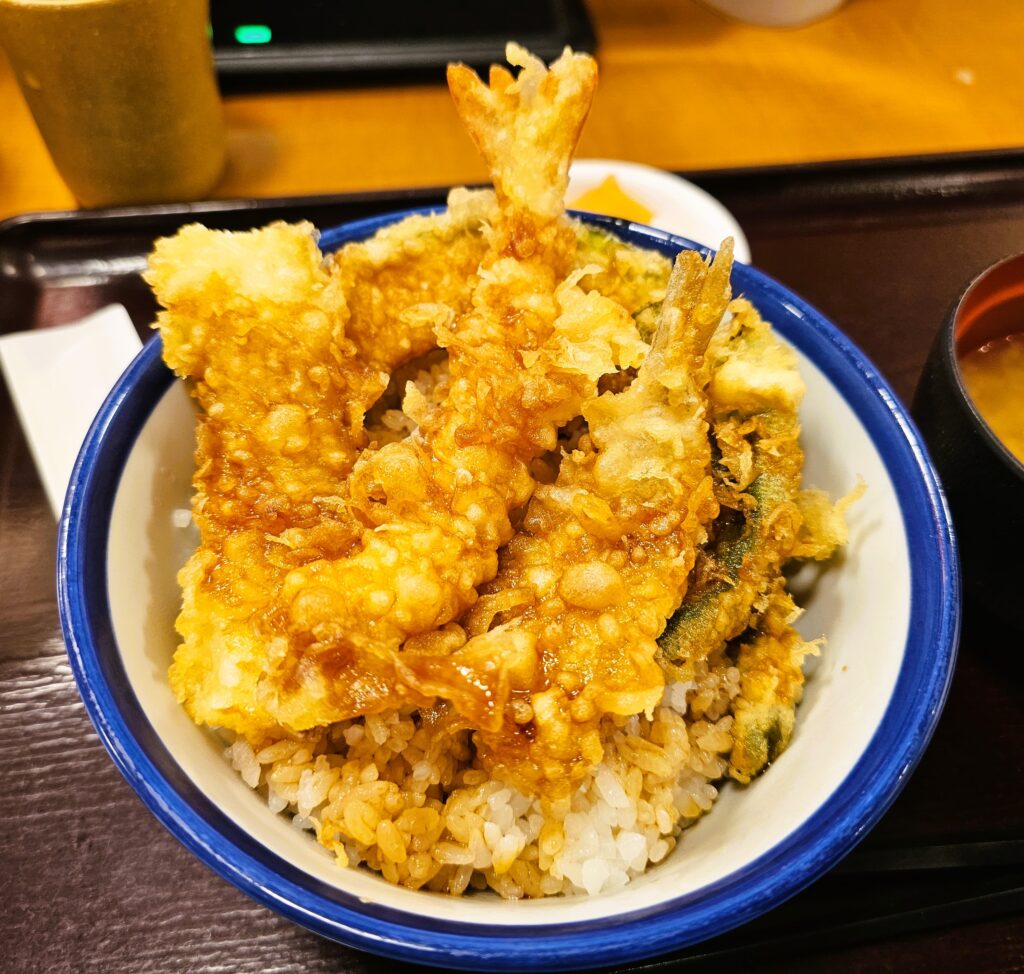
The tempura had a very light outer coating which was nice and crispy. It also wasn’t very greasy which was a pleasant surprise. The shrimp was sweet. The veggies tasty. I’d never had squid or sandborer tempura before and they were pretty solid as well!
The Tentsuyu sauce was drizzled over the tempura and the bed of rice. It’s dispersed well throughout and over the bowl and not further seasoning was needed.
The Verdict
I have to admit, expectations were not super high with this being more of a fast food type, budget friendly type place. Was it the best tempura I’ve ever had? Nope. But the quality and overall taste of the tendon bowl were fantastic for the price. A couple of shrimp, squid, and fish for less than $4 USD? Sign me up!
If you’re on budget traveling through Japan or if you’re looking to save some money for a delicious expenisve dinner later in the day, Tenya Tendon can certainly tide you over with quality cheap food!
-
Is Odaiba, Tokyo Worth Visiting?
Odaiba is an interesting district since it’s a man-made island in Tokyo Bay. Originially built as a defensive fortress to Tokyo against possible sea attacks back in 1603-1868, it has now evolved into a large enterntainment area. There’s an abundance of shopping in the area with large malls, most notably Diver City Plaza, which has ample restaurants as well. Also, of note, the National Museum of Emerging Science and Innovation is located in Odaiba as well.
The Odaiba station is about a 15-20 min metro ride from teamLab Planets. From Shinjuku Station it would be over an hour. The station is located right next to Diver City Plaza and the below attractions which makes it a very convenient location.
Three of the biggest attractions in the area are listed below.
Rainbow Bridge
Rainbow Bridge is a two-story bridge which connects Odaiba to Tokyo. It lights up at night and is supposed to be quite the sight. There’s an area in Odaiba with a great platform walkway around the area which is nice to be able to walk around to take in the sights. The view of the bay and the bridge here is spectacular. I imagine at night this view would be even better. The walkway leads down to the bay as well and there’s a paved path to stroll around.
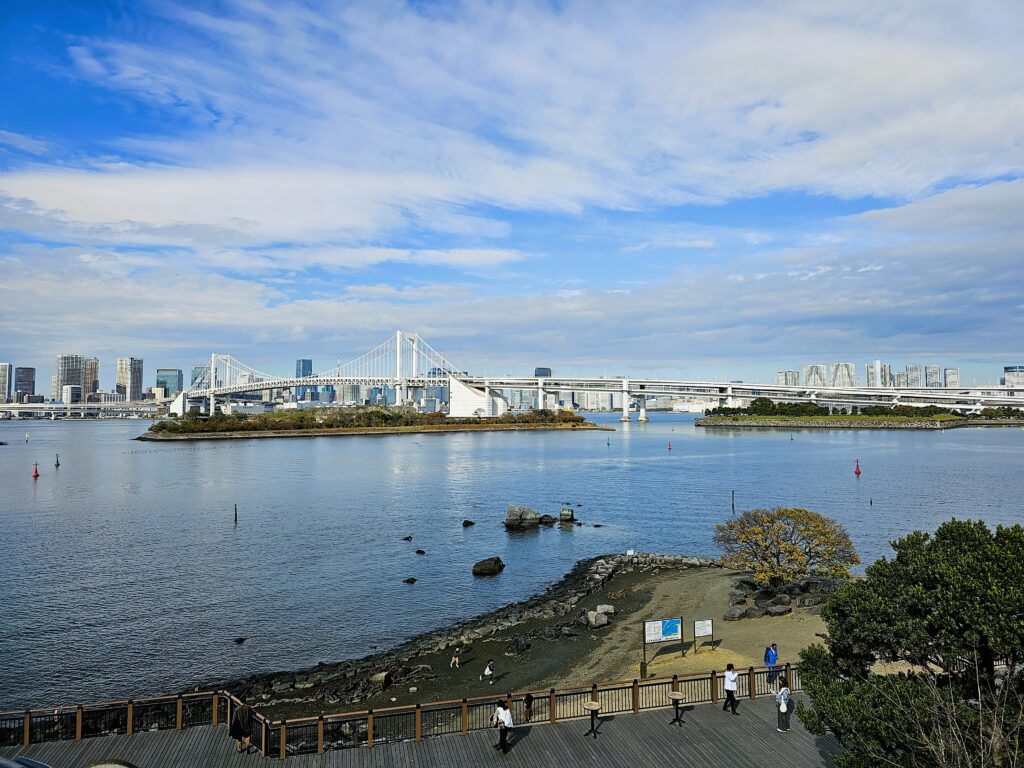
Rainbow Bridge Replica Statue of Liberty
Located in front of the Rainbow Bridge is a replica of the Statue of Liberty. Originally placed here to celebrate Japan’s ties with France back in 1998, the statue proved to be quite popular. In a sign of goodwill, France gifted Japan a replica of the statue in 1999 where it has remained since. The statue stands 40′ tall, about 1/7th the size of the Statue of Liberty in New York.
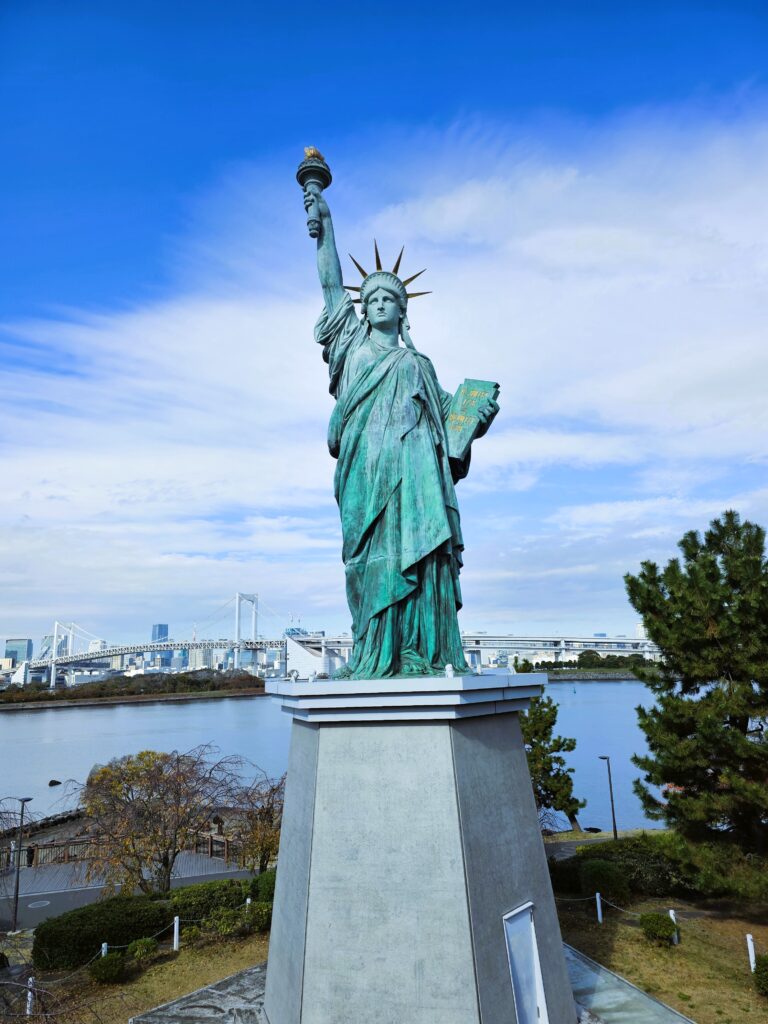
Replica Statue of Liberty Unicorn Gundam Statue
In my opinion, the coolest attraction in Odaiba is the “life-sized” Unicorn Gundam statue standing 19.7 meters tall. This is a full-scale statue of the RX-0 Unicorn Gundam.
The statue itself is very impressive. Even without any knowledge of the series, I was still blown away. The level of detail on the statue is really amazing. If giant robots really existed, surely this is what they would look like!
Nine times a day the statue goes into “destroy” mode and its frame expands and glows pink. This includes an accompanying light and sound show as well!
The schedule is listed below.
Daytime show: 4 times/day: At 11 am, 1 pm, 3 pm, 5 pm
Nighttime show: 5 times/day: At 5.30 pm, 8 pm, 8.30 pm, 9 pm, and 9.30 pm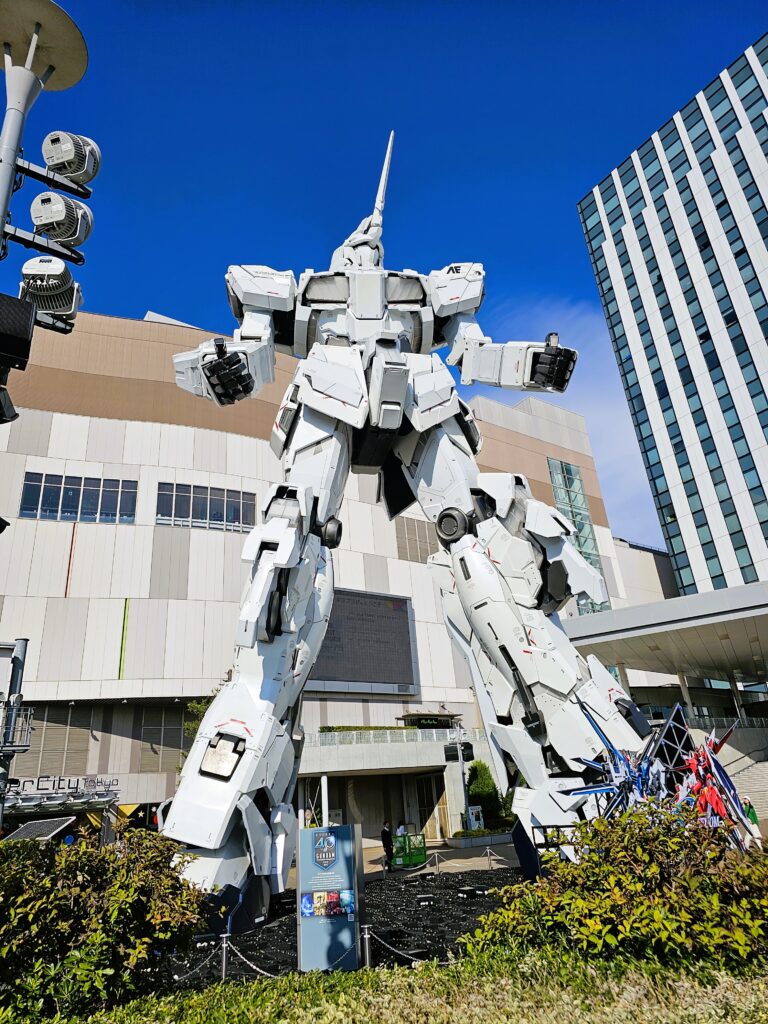
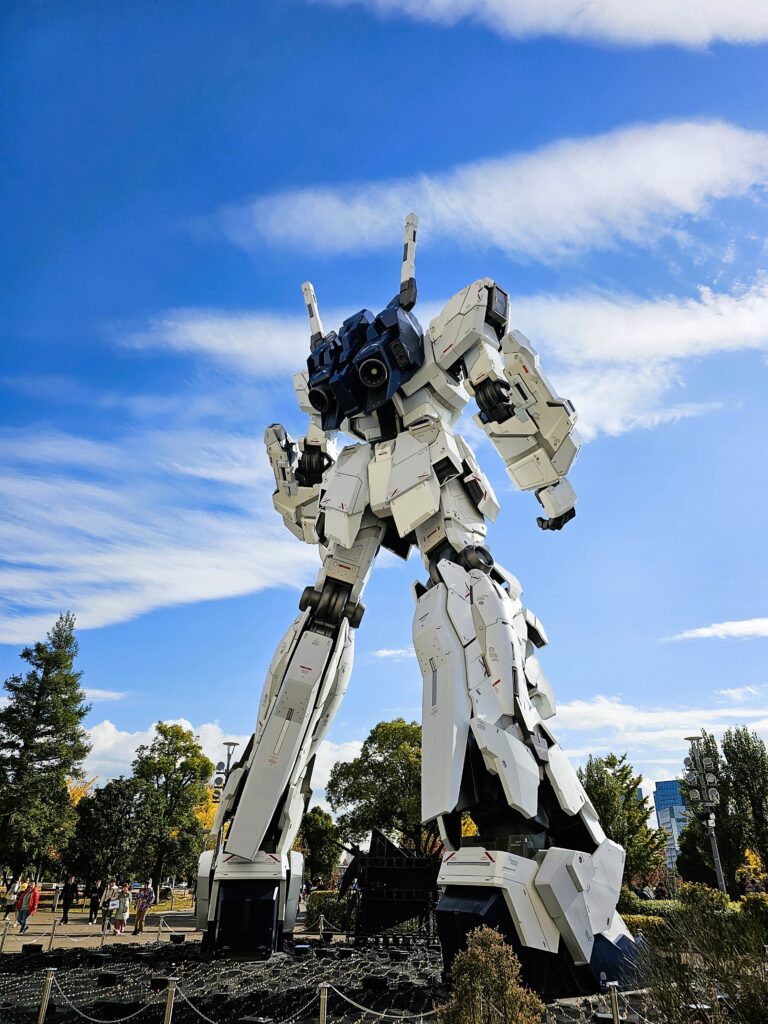
So…Is Odaiba Worth Visiting?
If you’re a Gundam fan or just someone that’s into nerdy stuff like giant robots (like myself) than yes! It will be worth it. The Gundam statue is captivating. You can truly admire and appreciate the level of detail that was put into it. I missed the transformation to “destroy” mode but it’s certainly something I’d love to see in the future.
If you’re in the area due to having visited teamLab Planets, have somewhat of an interest in seeing the Gundam statue, than it’s worth the short trip to visit.
The walk way around the replica Statue of Liberty and view of Rainbow Bridge is great, but I wouldn’t come here just to see those attractions. They aren’t worth the trip solely to see, in my opinion.
The shopping as well, namely Diver City Plaza, wouldn’t move the needle for me. There’s a ton of other massive malls in Tokyo that aren’t quite so far away from Central Tokyo.
So bottom line is if you’re not a fan of Gundam or giant robots, than I wouldn’t make the trip out to Odaiba. Although it’s a cool area, it’s a little ways out of the way. If you only have a few days in Tokyo to explore, it most likely is not worth your time.
-
Try This Hole In The Wall Tonkatsu Restaurant If Visiting Taito City, Tokyo
The Background
Tired after a long day of sight seeing and not wanting to venture out too far for food. I found Tonkatsu Sugita while searching for nearby food options from my hotel.
It has a respectable 4.0 rating on Google (which isn’t always the most reliable for food) so I decided to give it a shot since it was less than a ten minute walk from the hotel I was at and tonkatsu sounded quite good.
I’m certainly glad I gave it a try.
The restuarant is quite tiny – there’s a total of 20 seats, in a quiet part of Taito City. It’s been around since 1977 and has only had two owners during its run.
Where the restaurant was located was a nice change of pace from other bustling and packed parts of Tokyo.
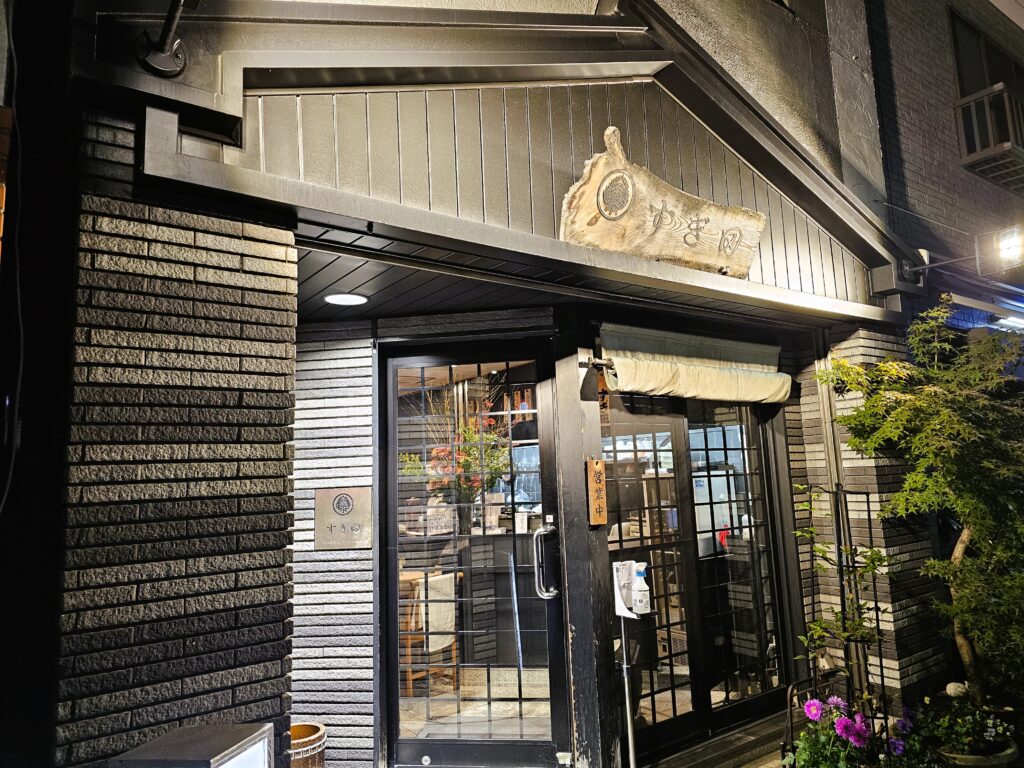
Most of the seating is located at a counter where you can watch the chef prepare your food right in front of you. There’s some additonal seating in the back for large parties as well.
Fortunately, they have an English menu so figuring out what to get is extremely easy. The menu is also small so it takes out a lot of the back and forth of having a difficult time deciding on what to get, which I’m certainly prone to! The small menu is explained here. I appreciate the seriousness of how the owner goes about selecting the pork and prepares the food. The quality of the food certainly shows his dedication to his craft.
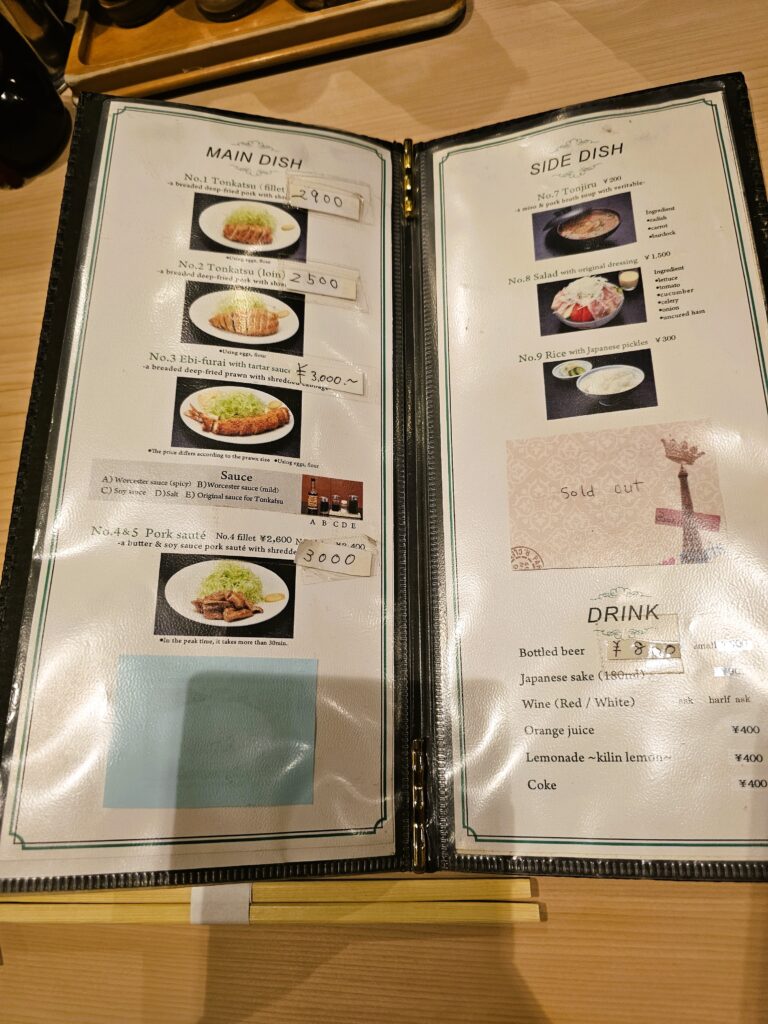
The Tonkatsu
I went with the No. 1 – Tonkatsu fillet (2900 yen, $19.63 USD) and added miso soup (200 yen, $1.35) and rice (300 yen, $2.03, $23.01 total).
Tonkatsu is also always served with a side of cabbage. There’s a few reasons for this.
Cabbage provides a nice crunch that complements the tonkatsu flavors and texture well.
It also helps to reduce the oil and can help with digestion. The cabbage can be eaten with dressing (which was provided here) or with tonkatsu sauce (essentially a thicker worcester sauce).
It definitely works with the overall meal and I can’t imagine eating tonkatsu without it.

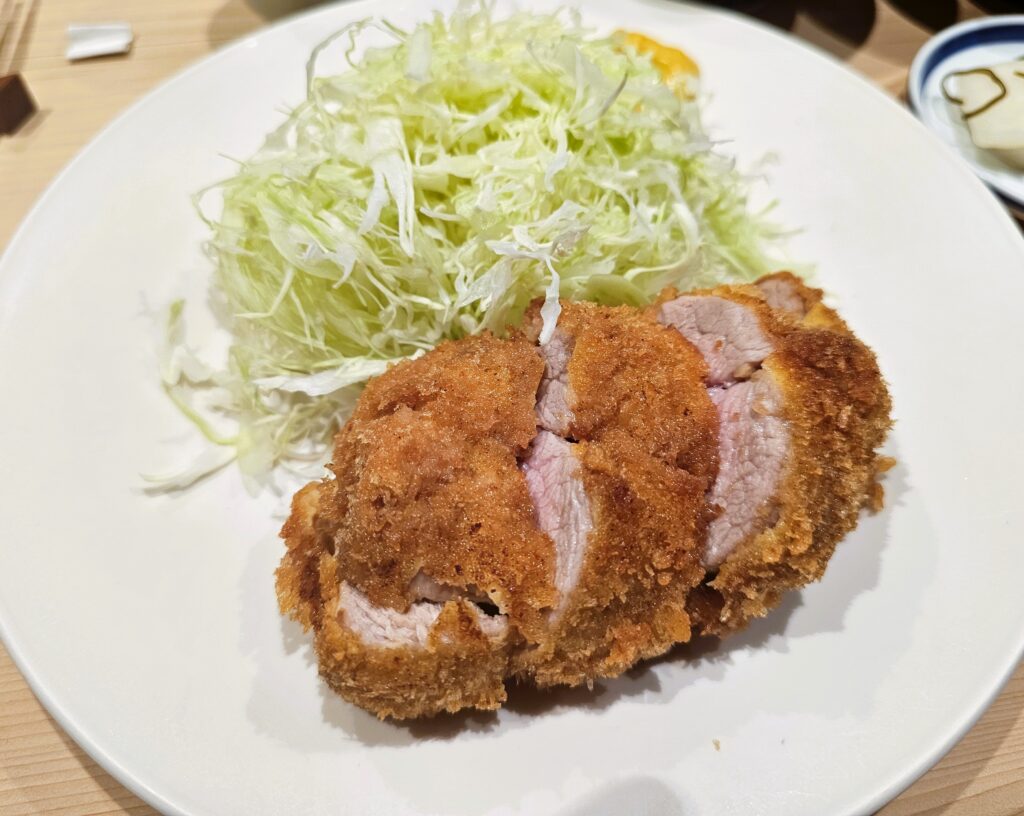
It took about 20-25 minutes for the food to come out. The chef was very friendly and you can watch him make the food right in front of you. Think of a sushi restaurant where you can watch the chefs prep the sushi right in front of you but with pork cutlets and huge pots of oil.
The tonkatsu was fried to perfection. The outer shell was very crispy and the meat was incredibly tender. It literally melted in my mouth. Taking a bite of the fried pork, cabbage, and rice was fantastic.
The miso soup was outstanding here as well. It had a deep, flavorful taste to it and was a great complement to the meal.
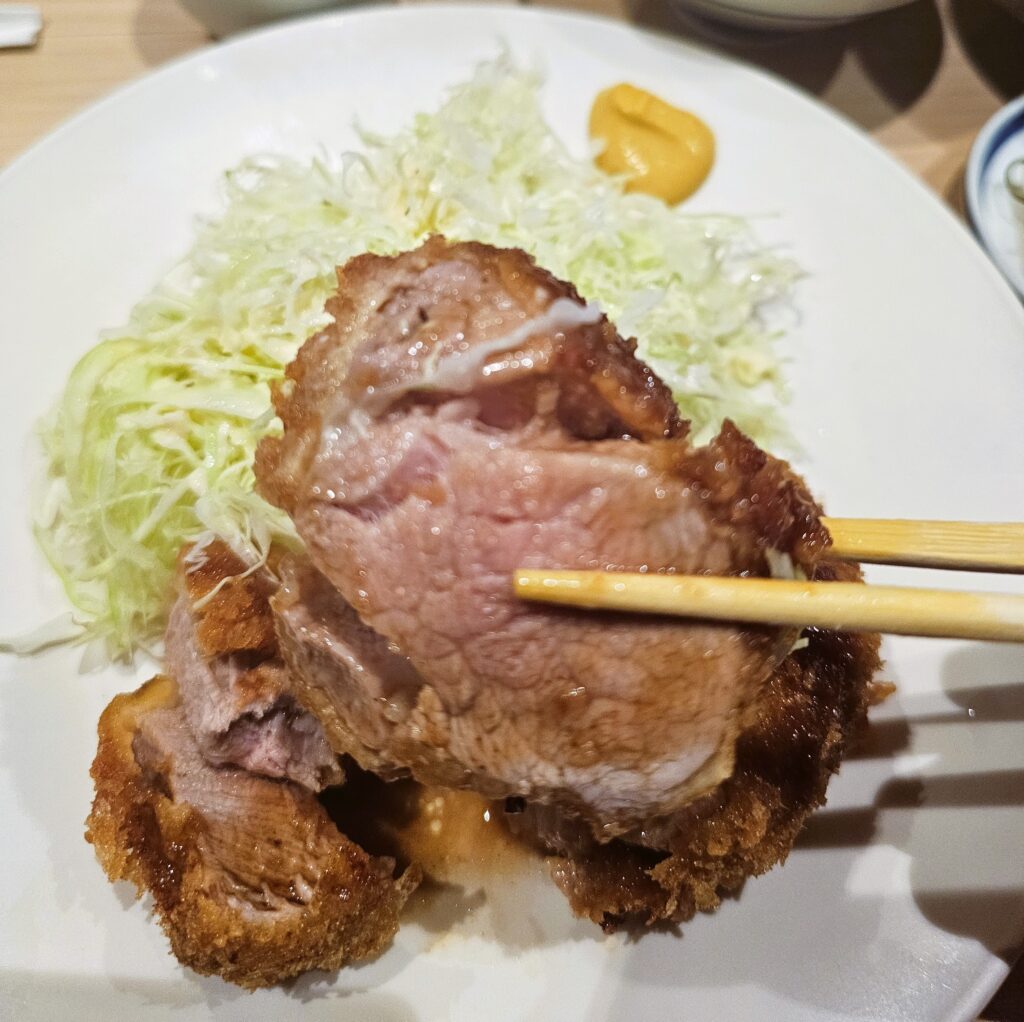
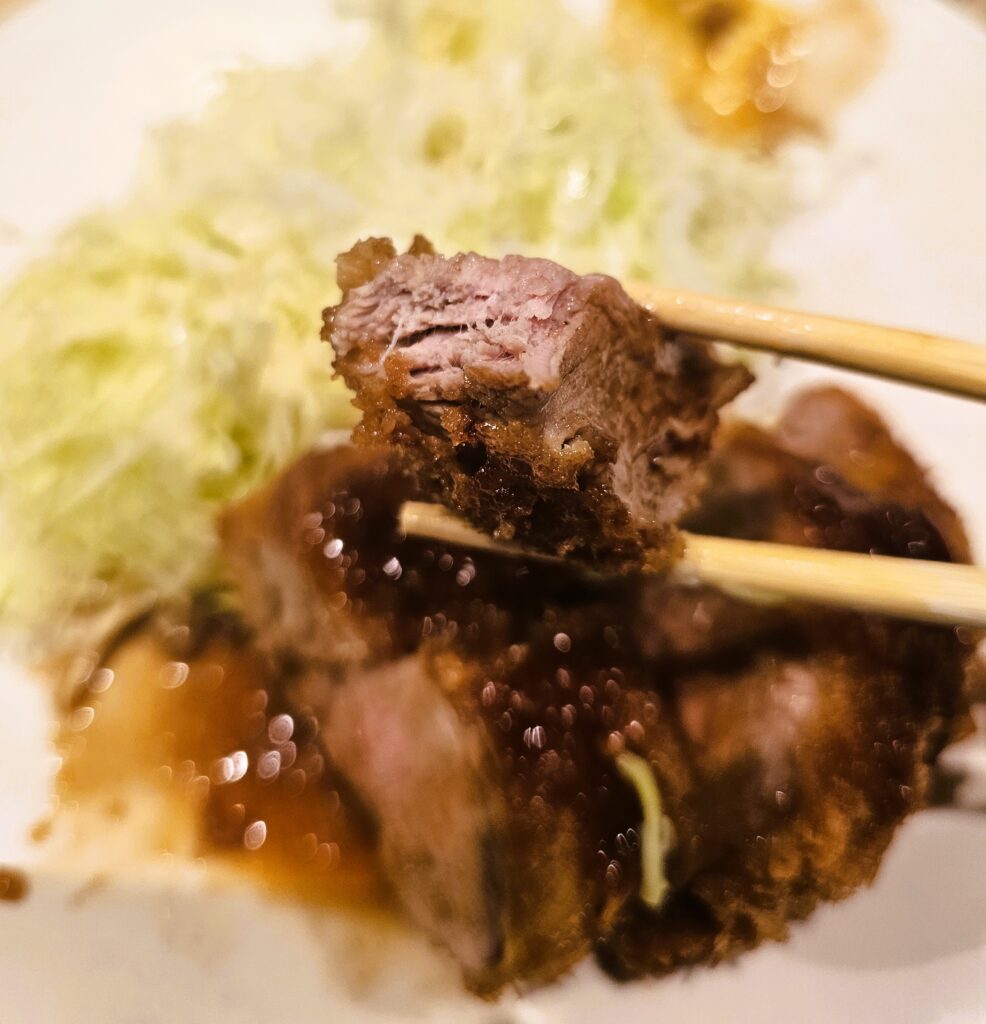
The Verdict
In my three weeks in Japan this was the best tonkatsu I had. Granted, I had it three or four times (which I think is a lot in three weeks, lol) but this was hands down the best. It wasn’t even a contest. The chef certainly knows his craft and the food reflected this.
The prices were quite reasonable for what I got – $23.01 – for everything and well worth it.
I later saw that it’s mentioned in the Michelin Guide with a Bib Gourmand rating, so this place is legit. I would definitely recommend checking the place out if you’re staying in the Taito City area. It’s also about a 30 minute or so walk from Asakusa if you wanted to grab some food after visiting there. It’s worth the walk.
3 Chome-8-3 Kotobuki, Taito City, Tokyo 111-0042, Japan
